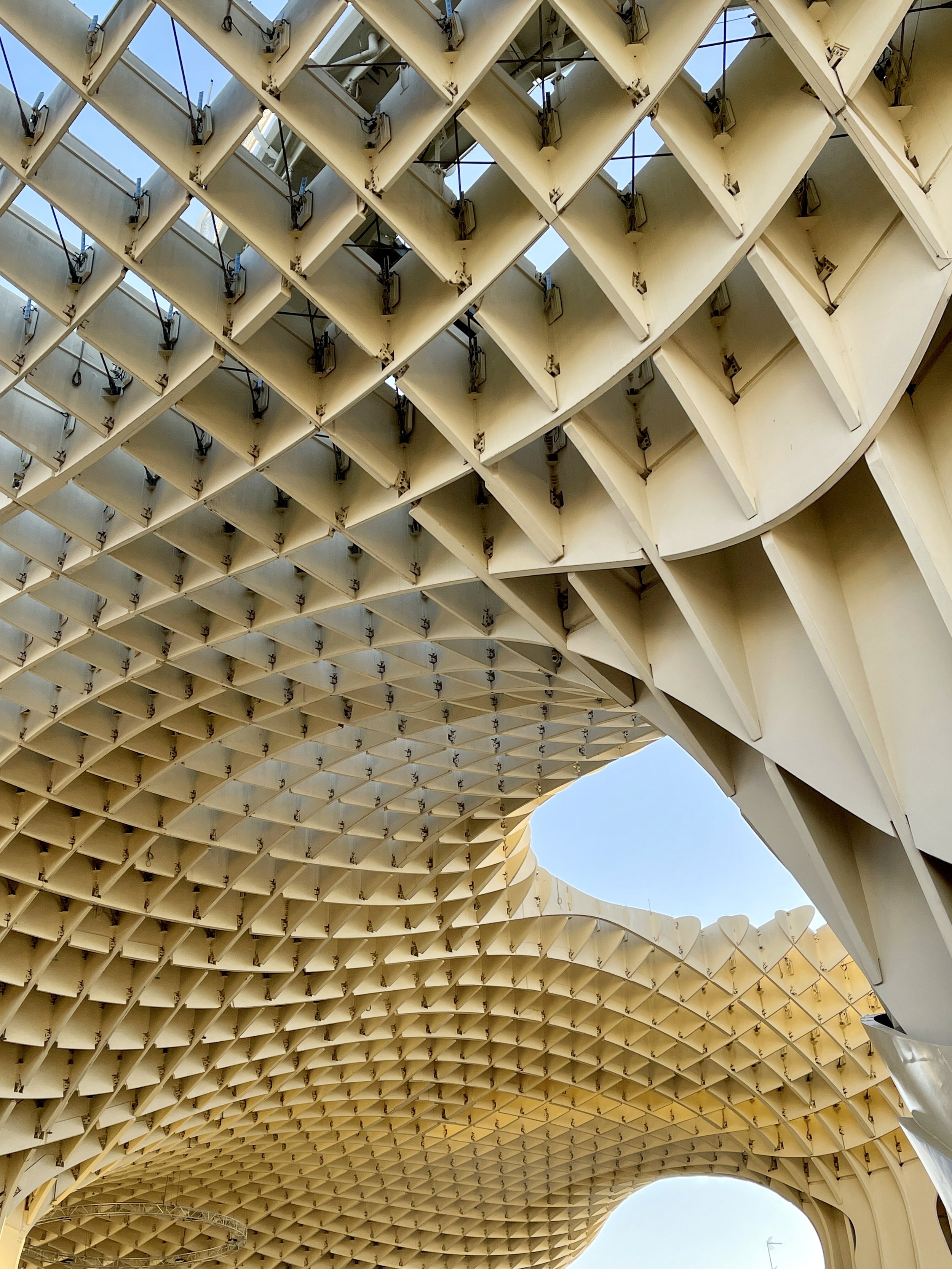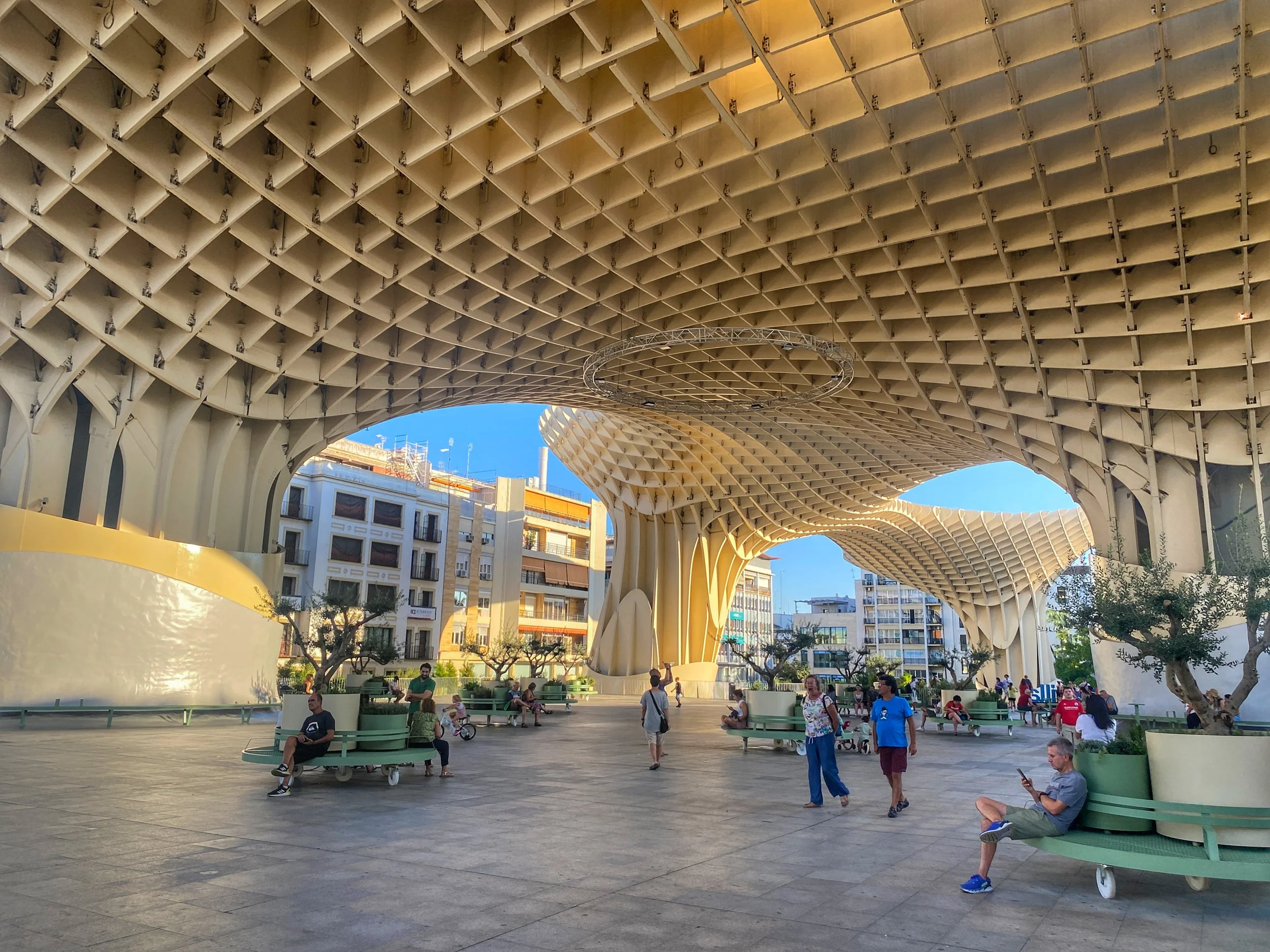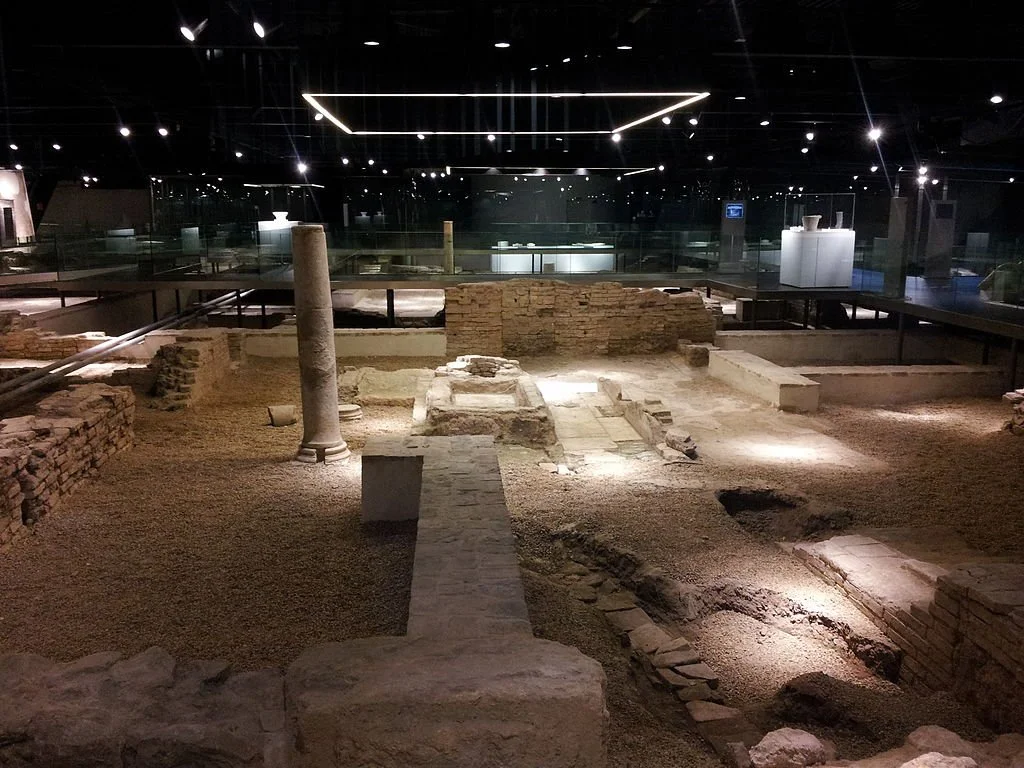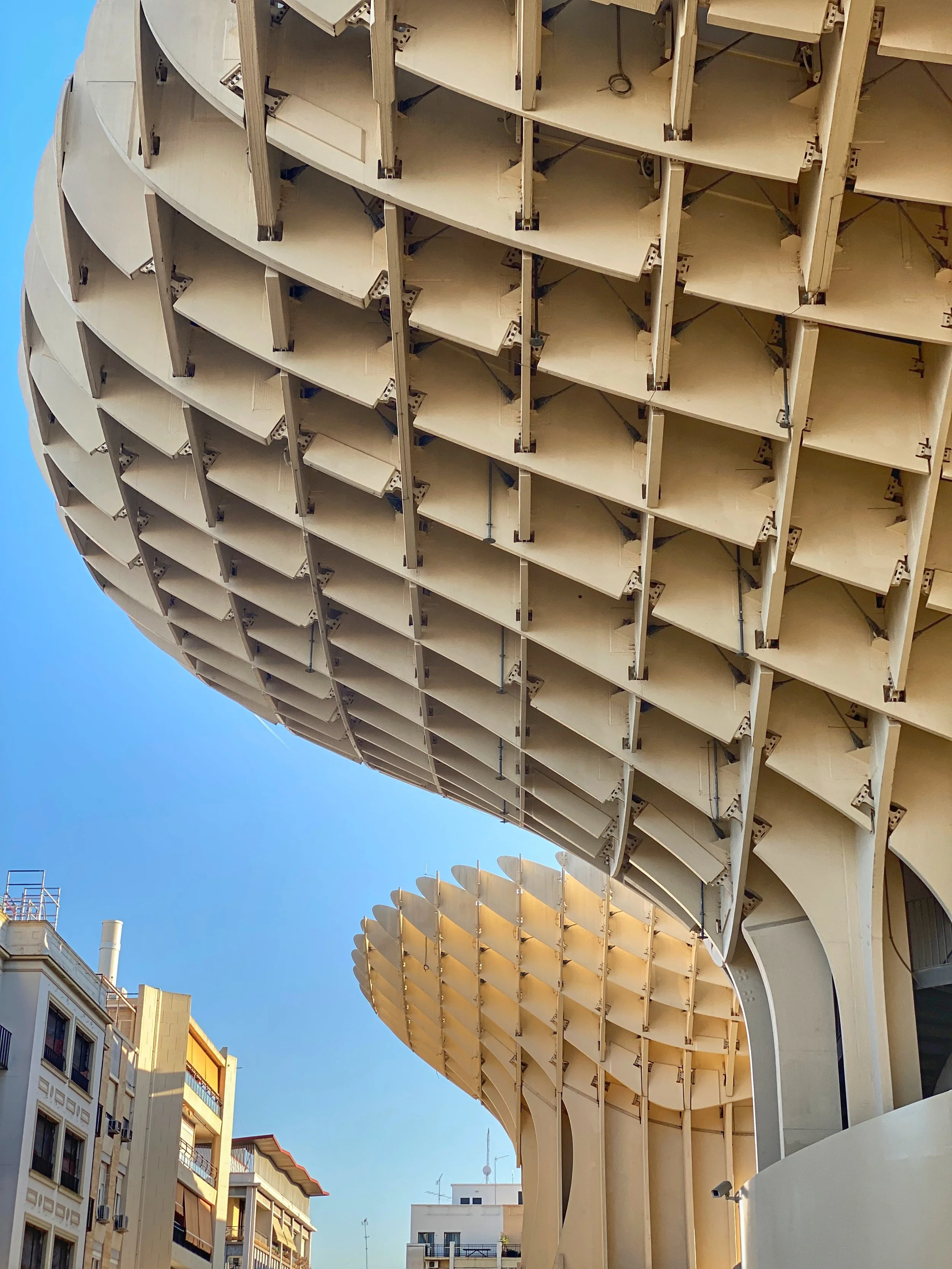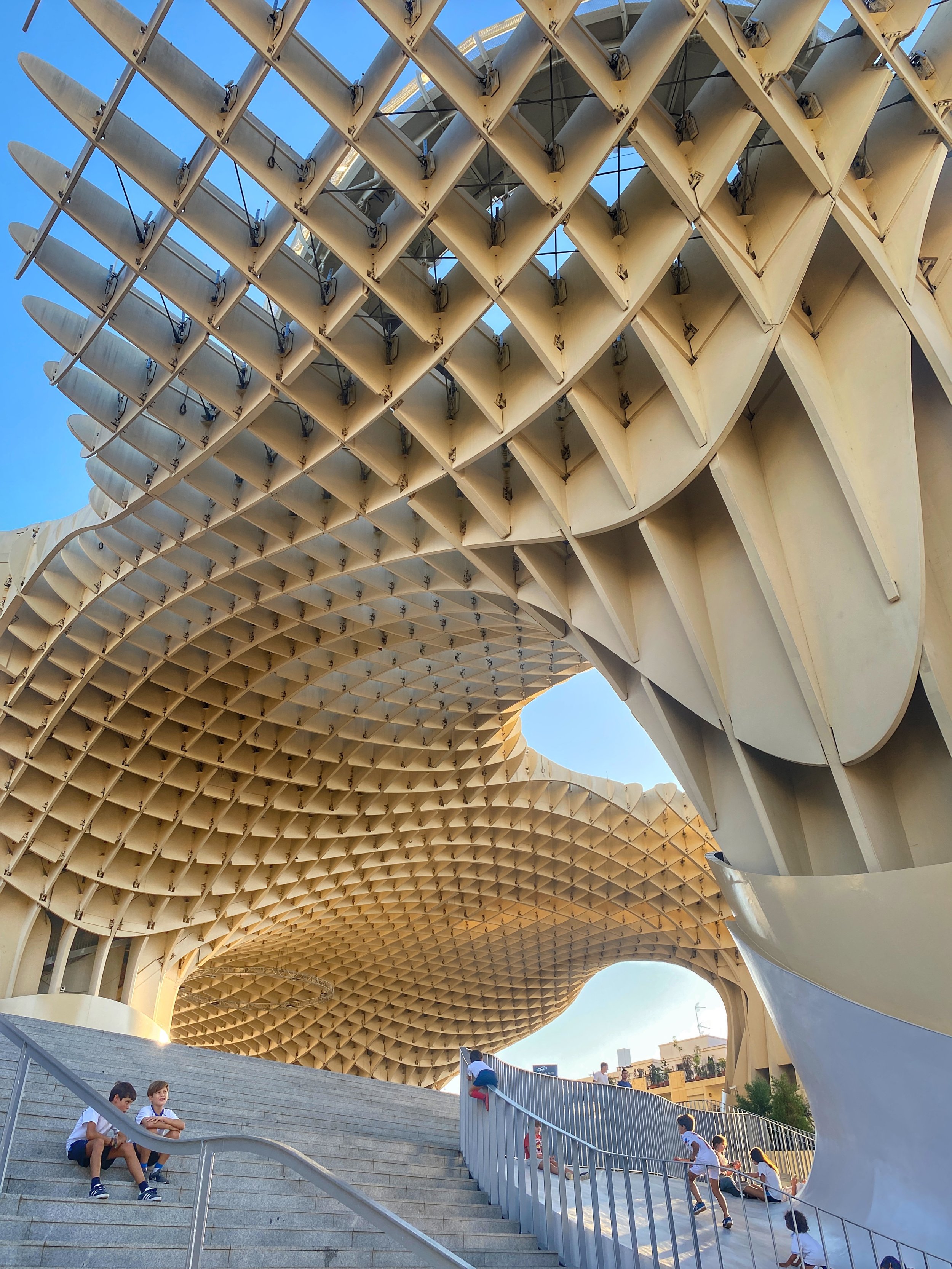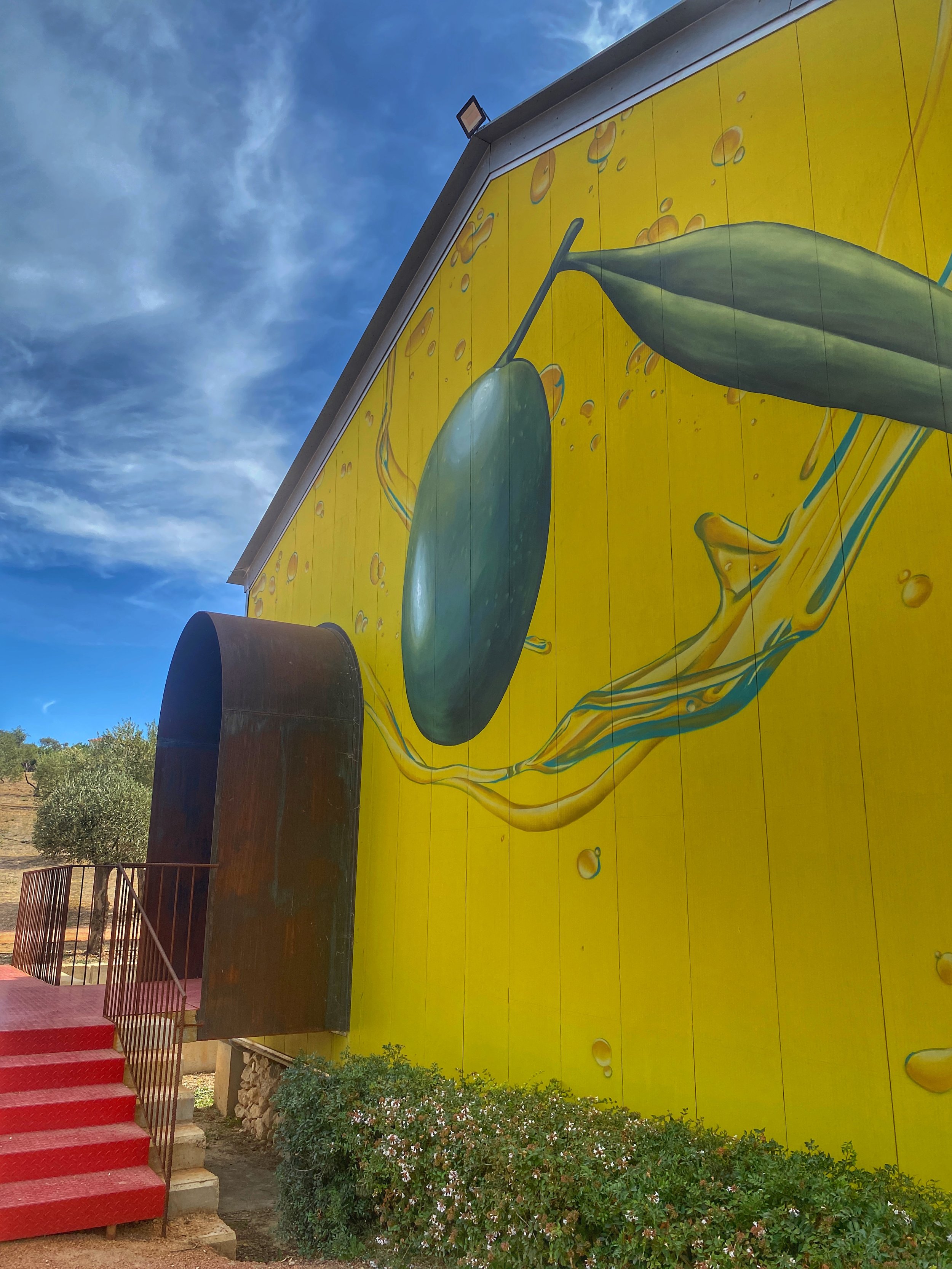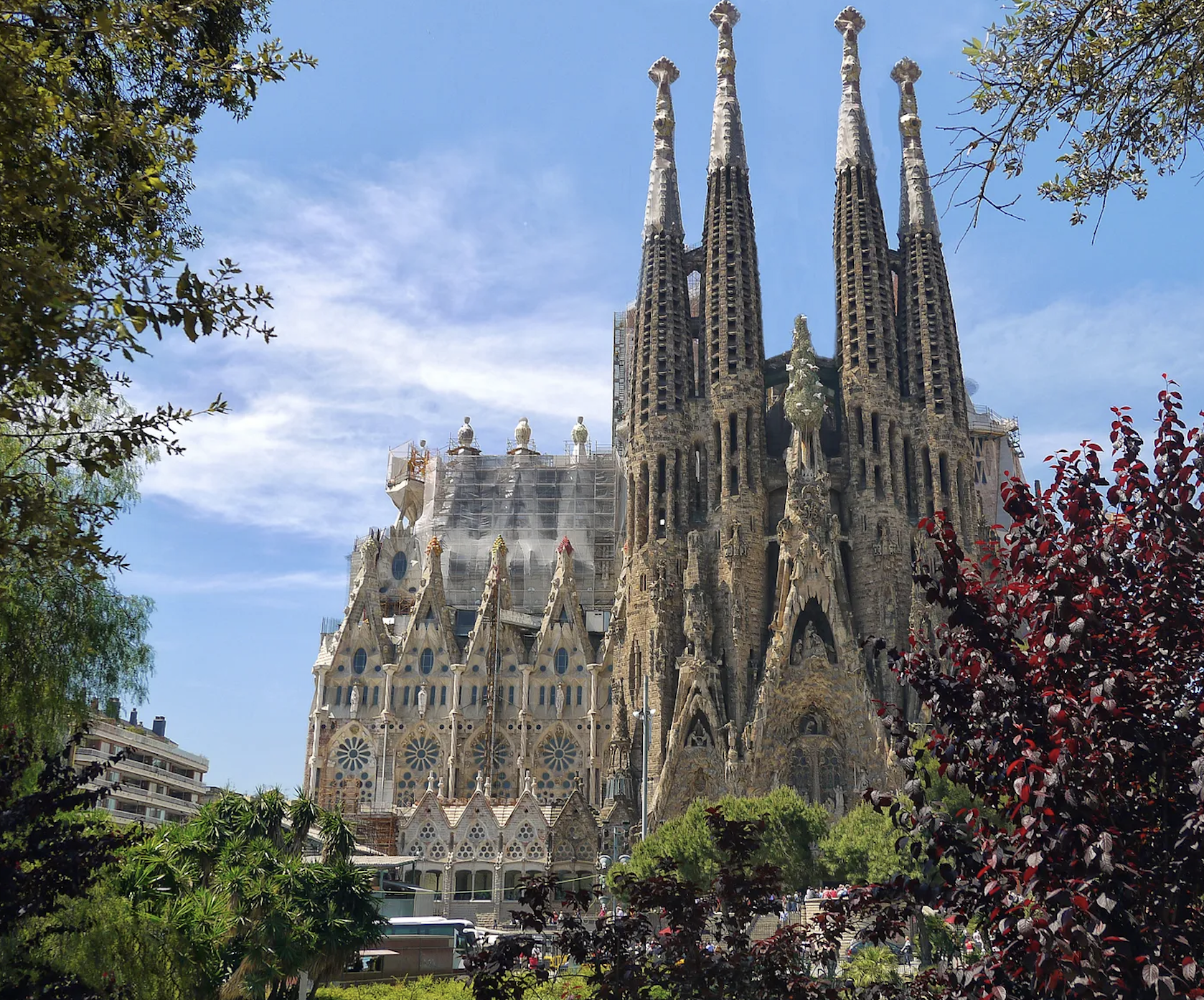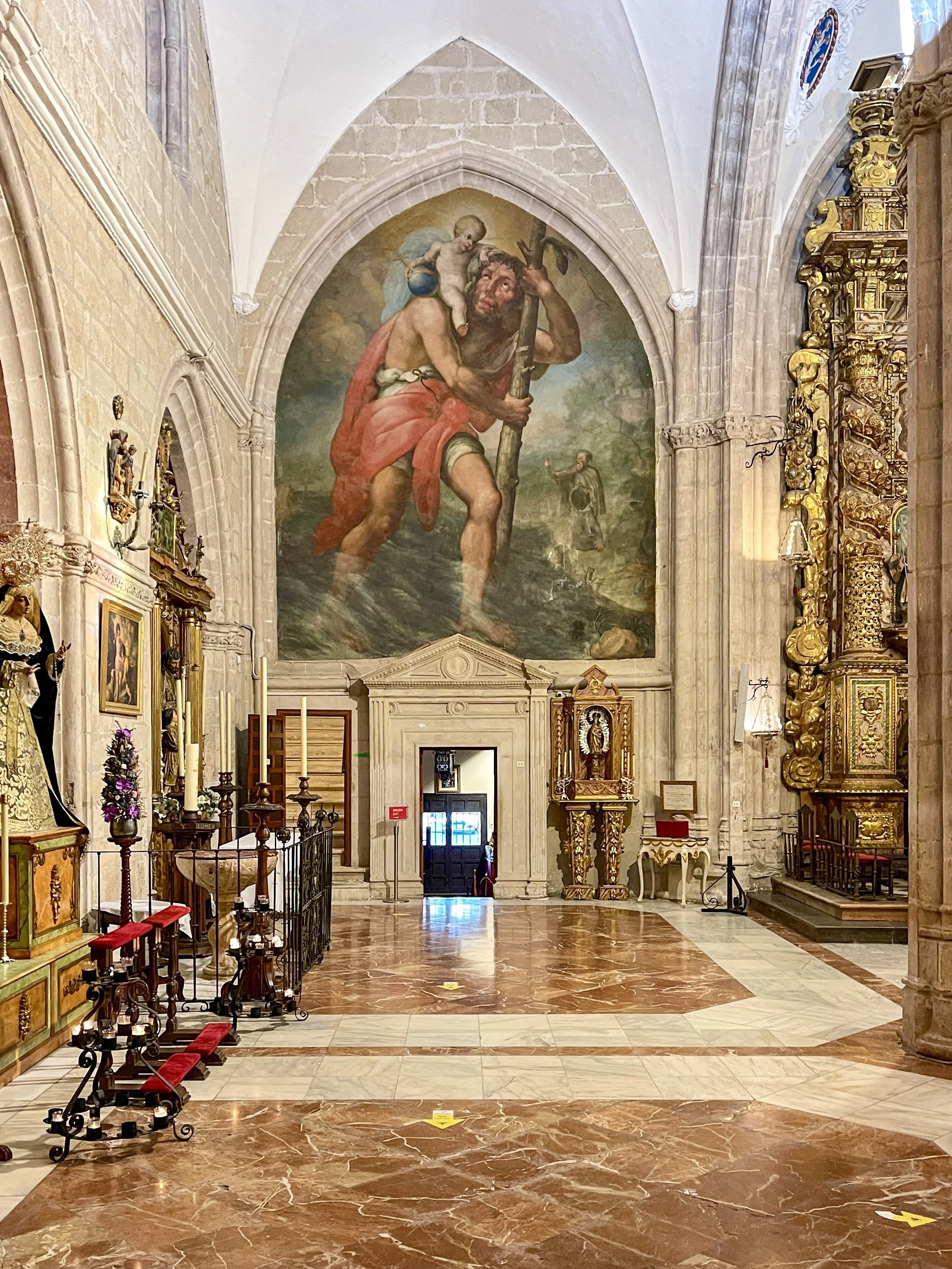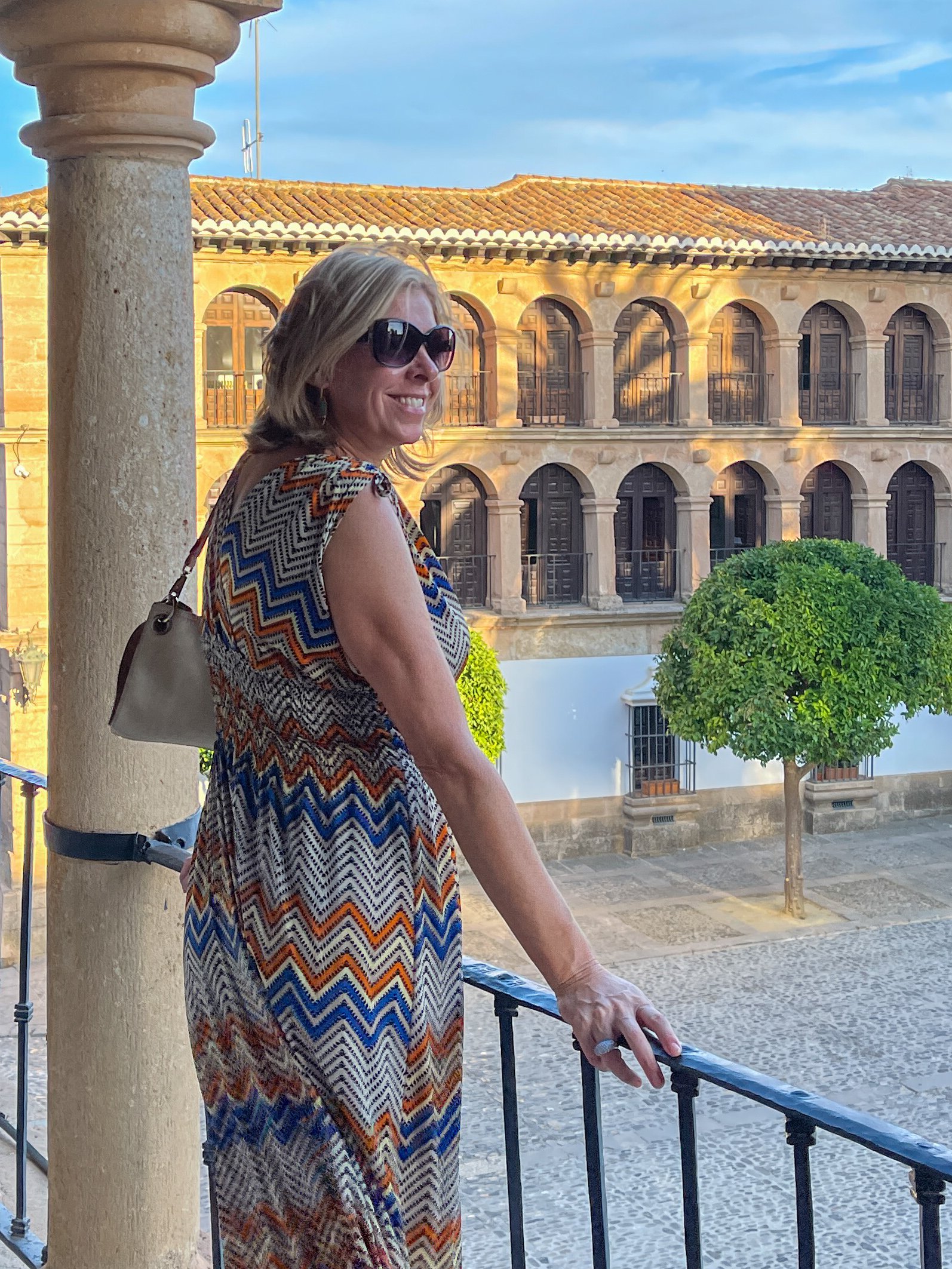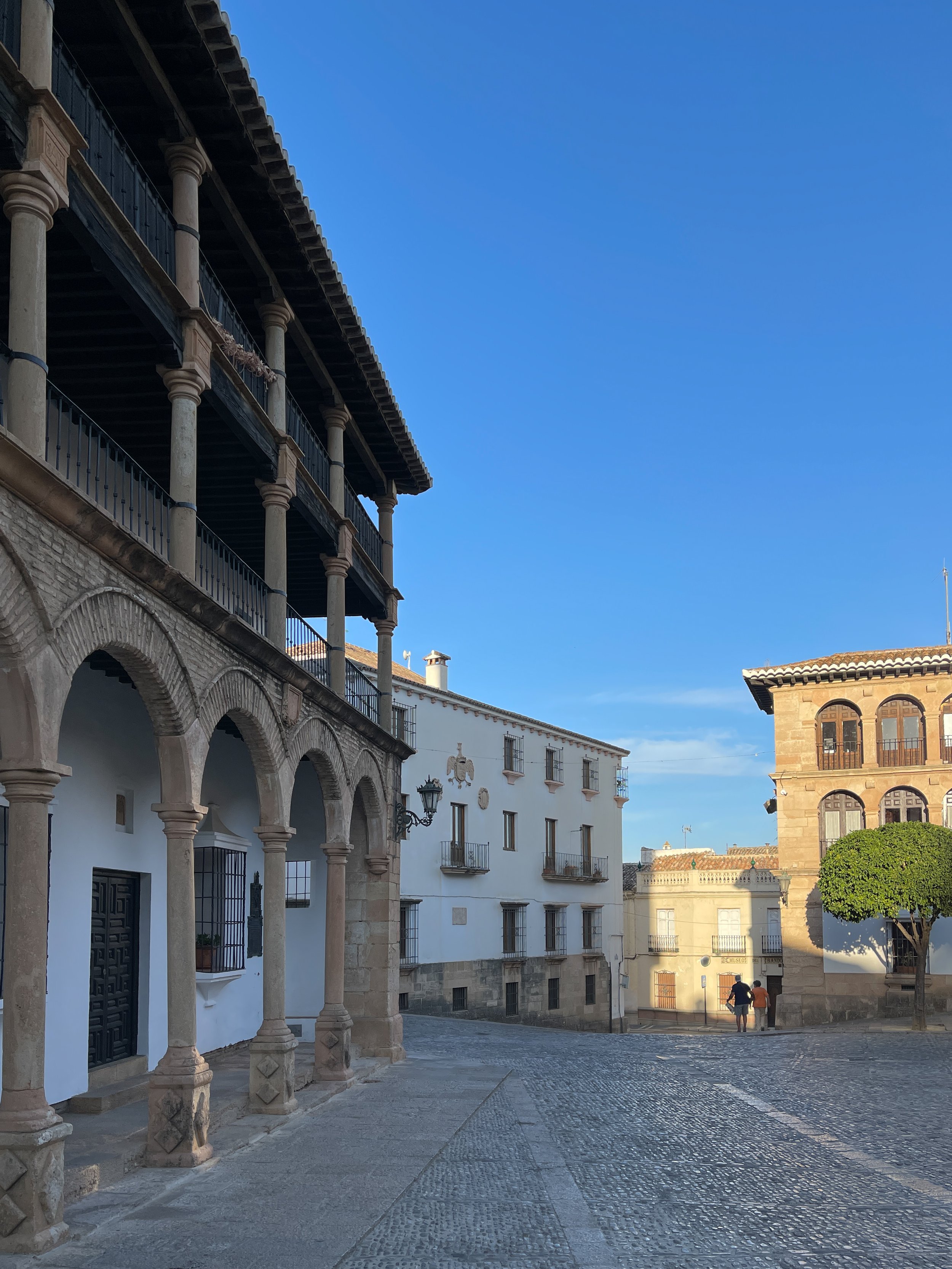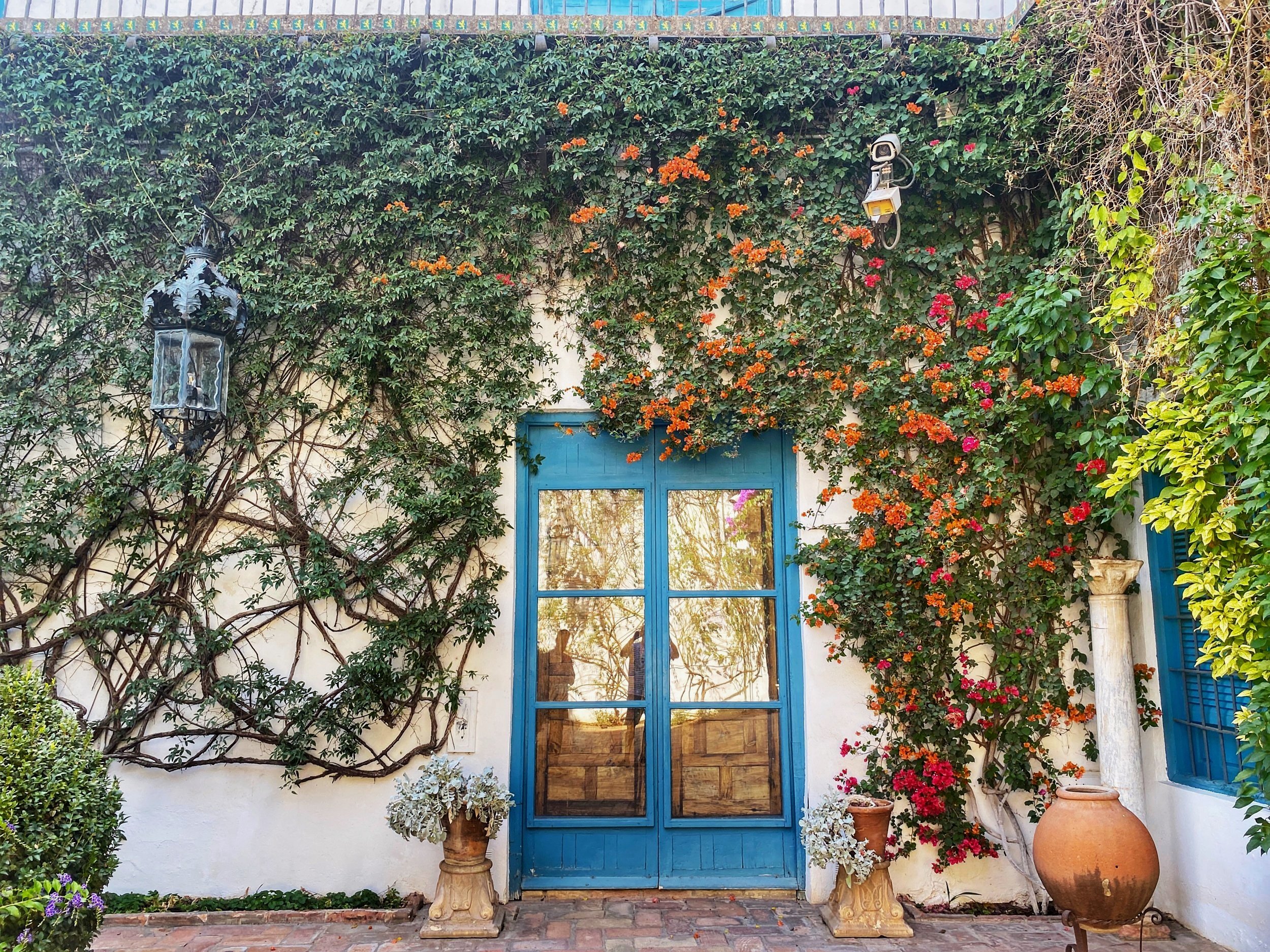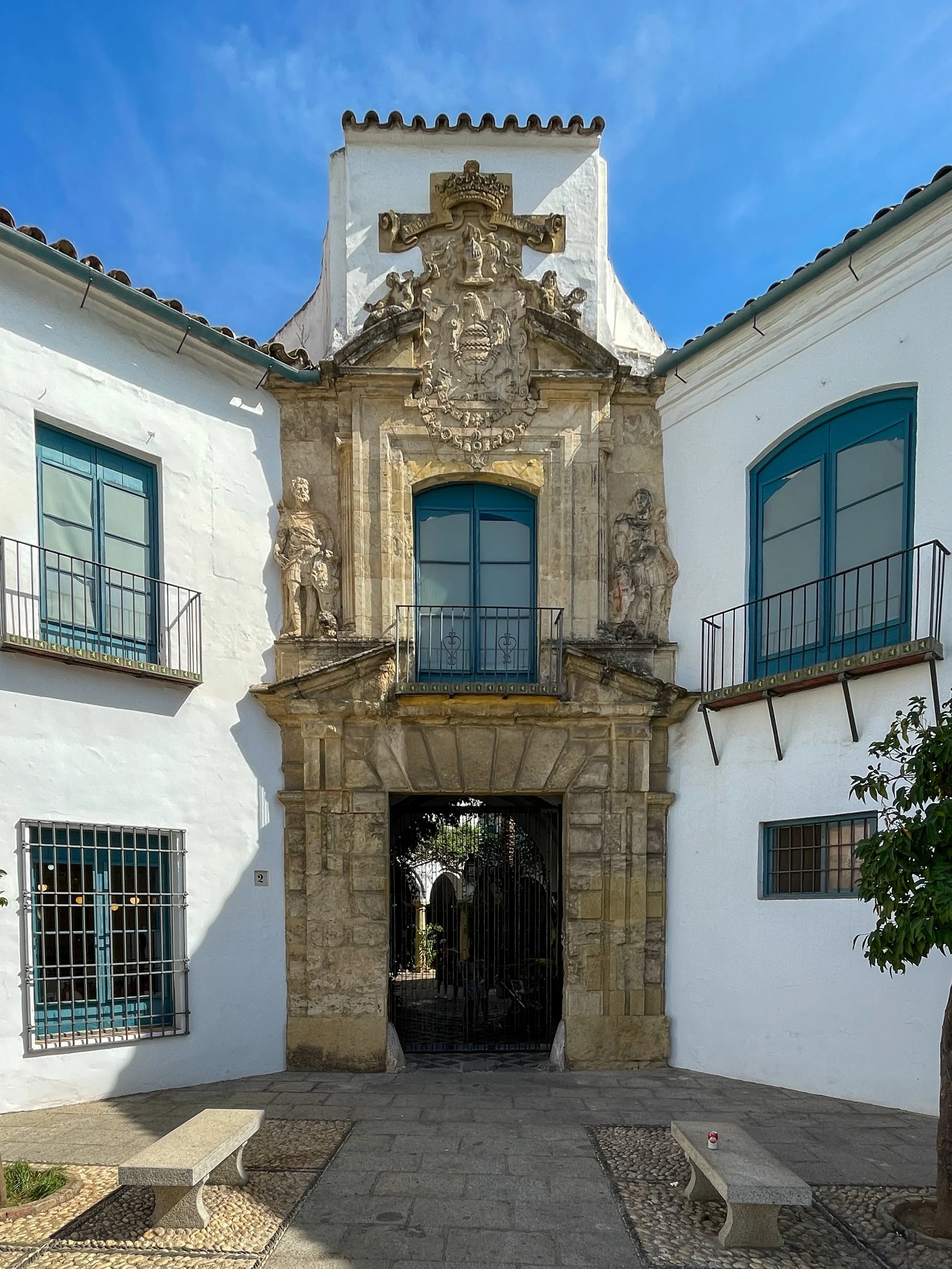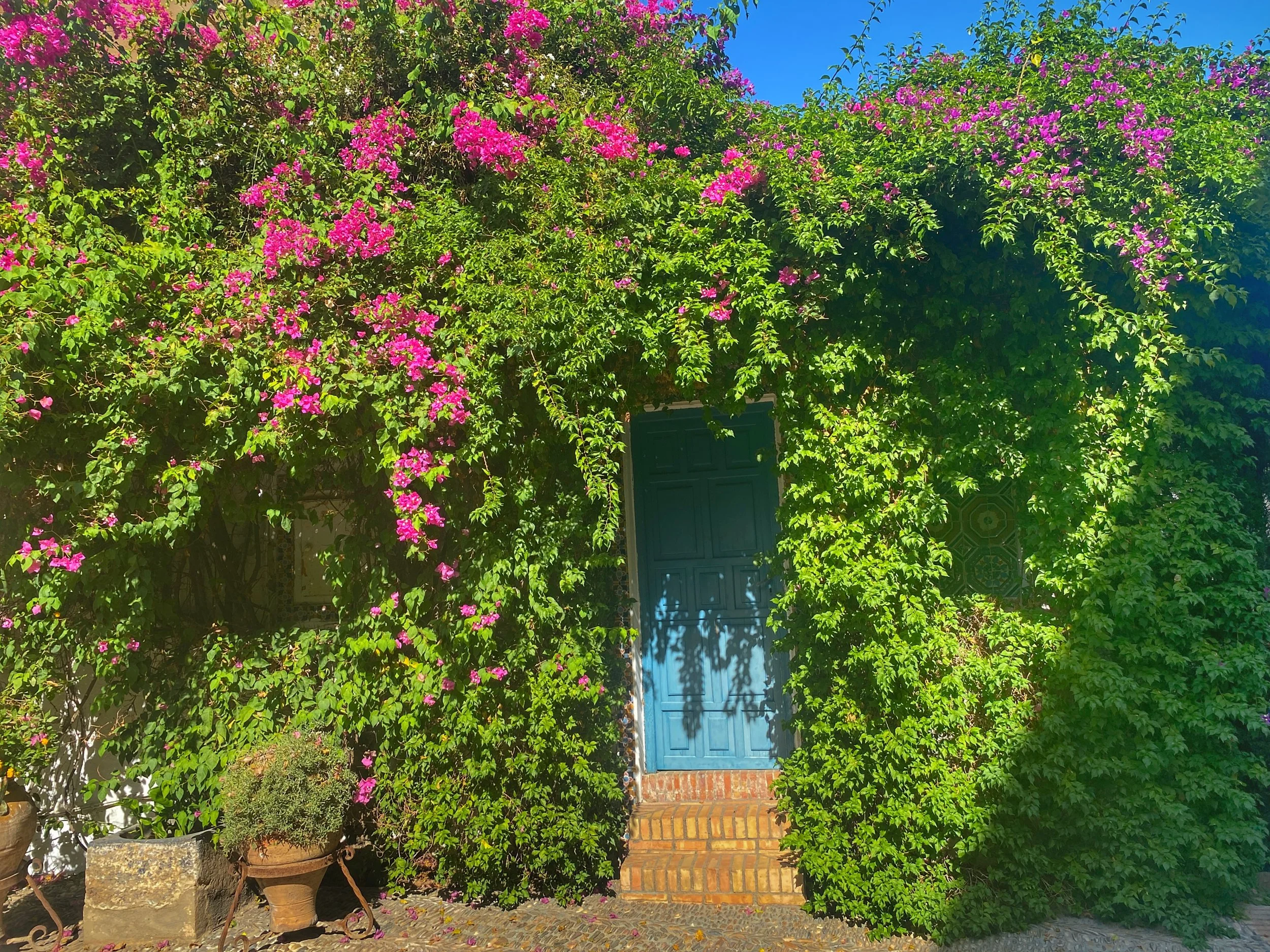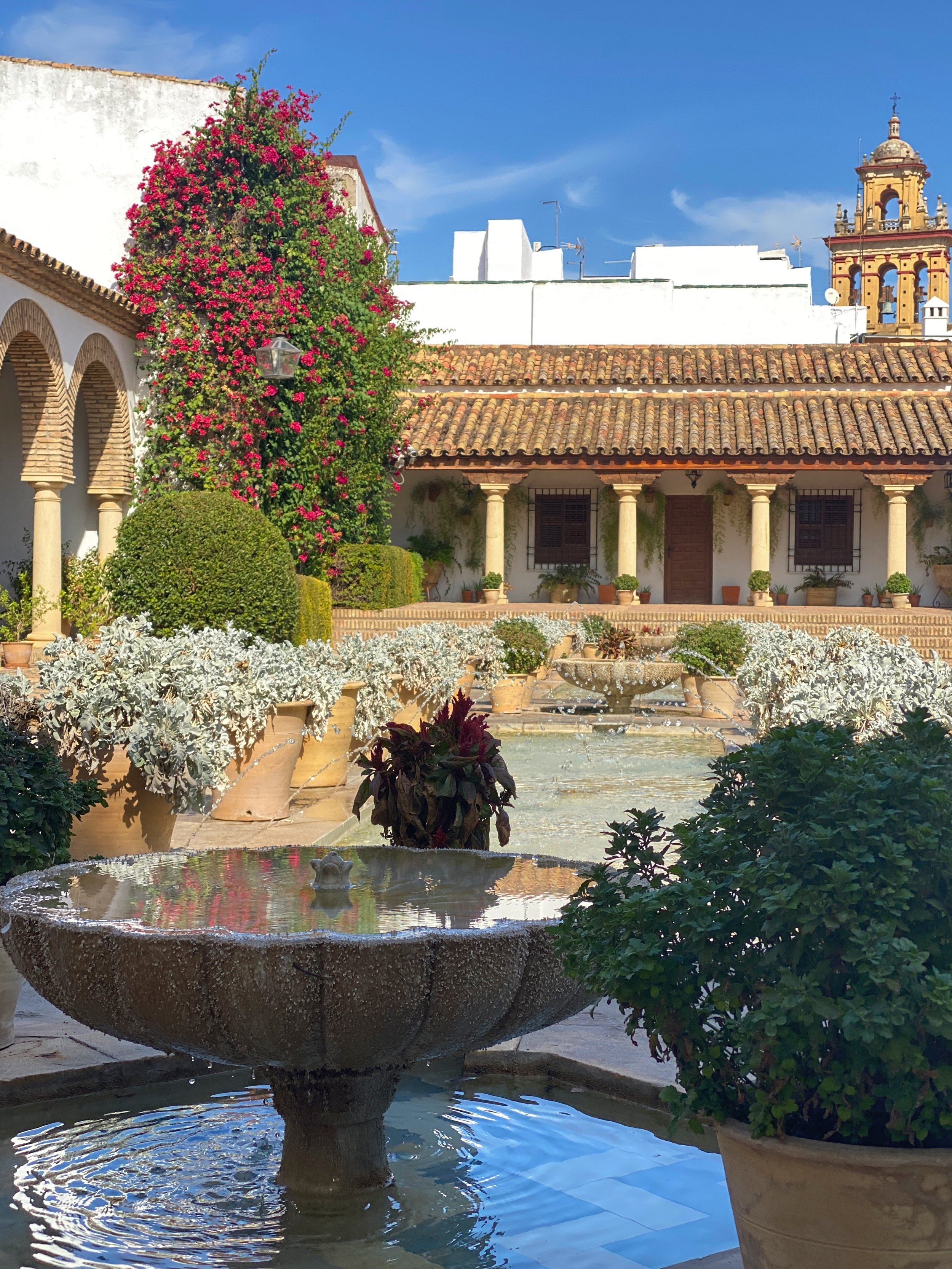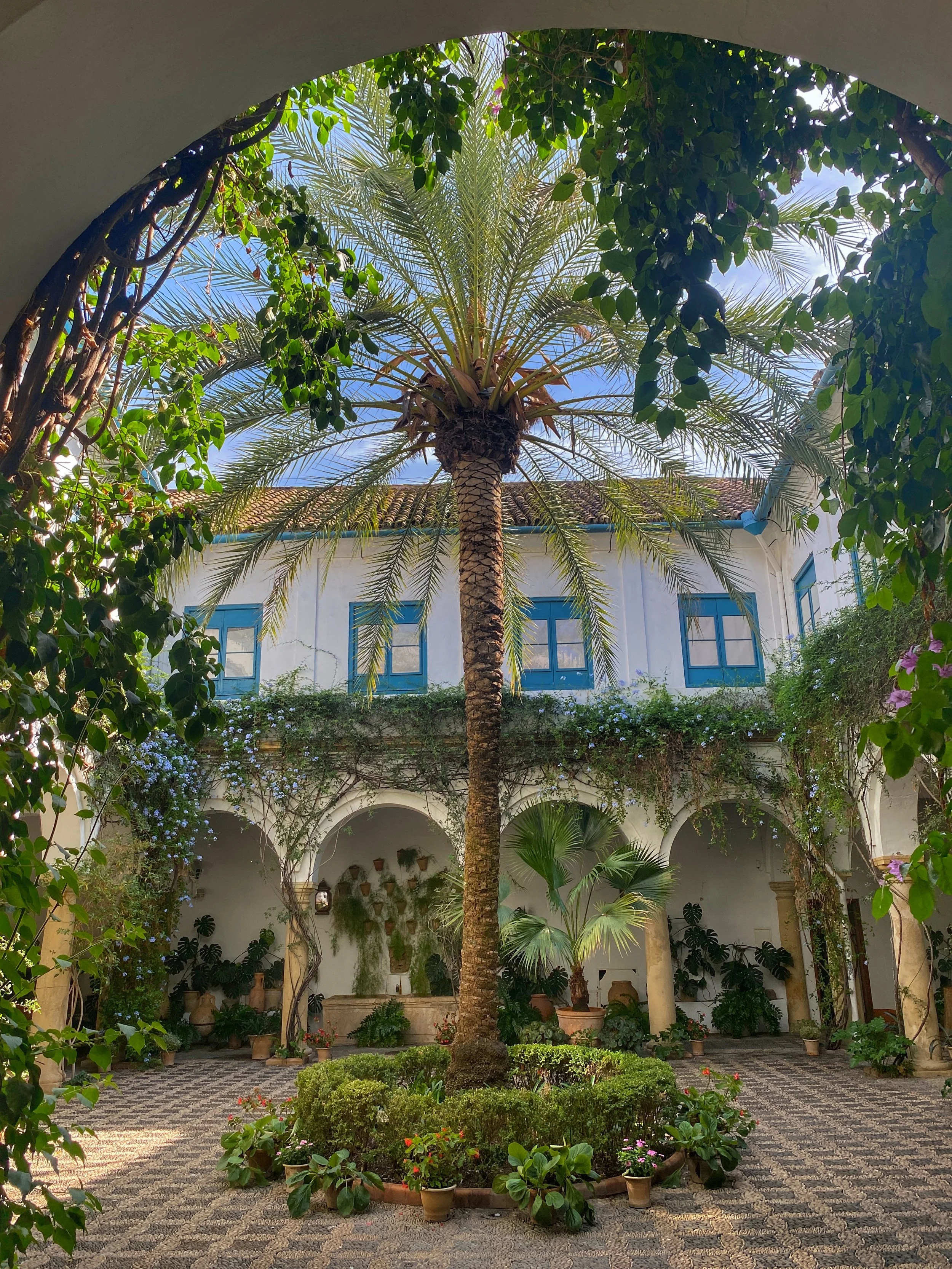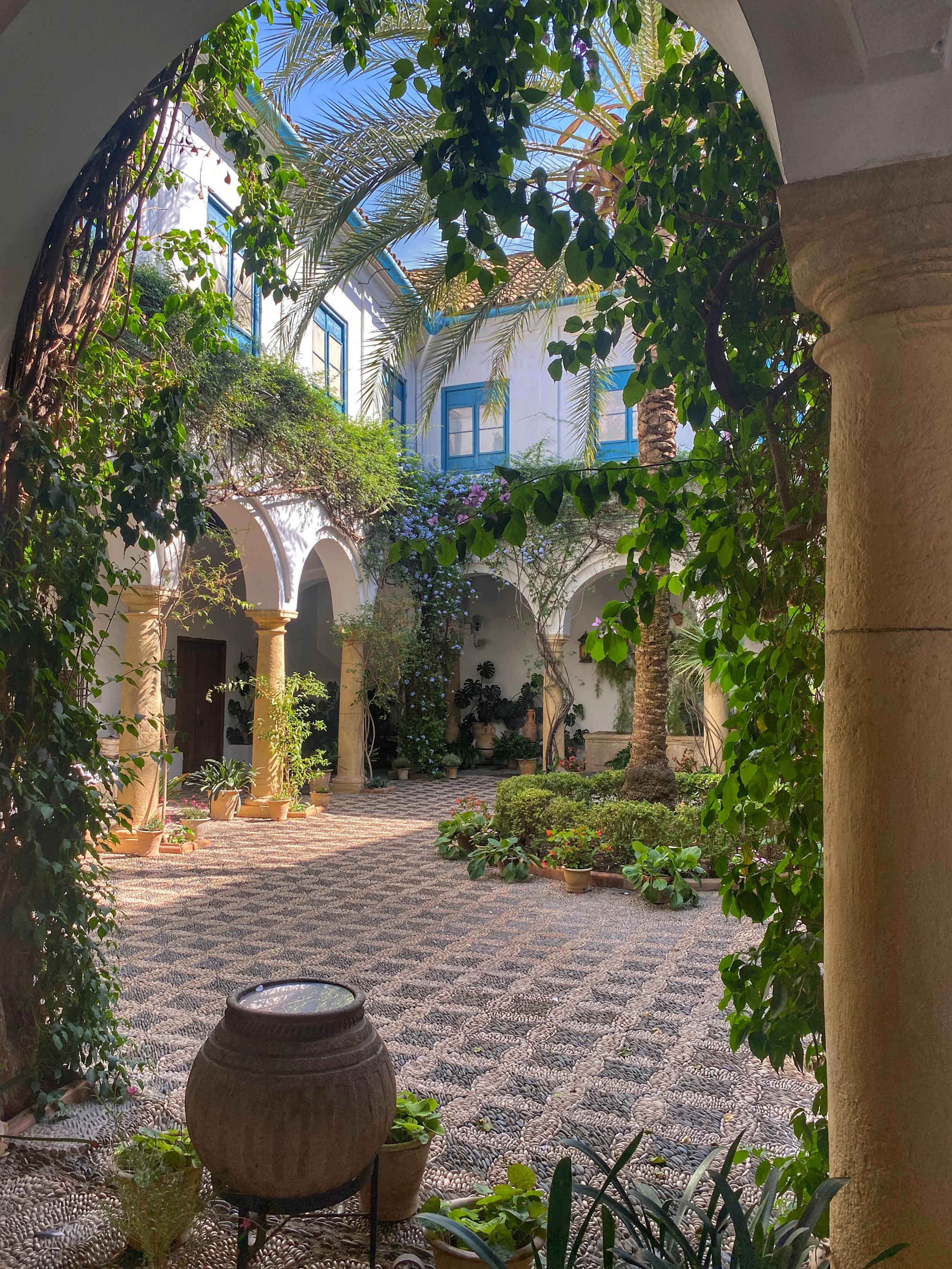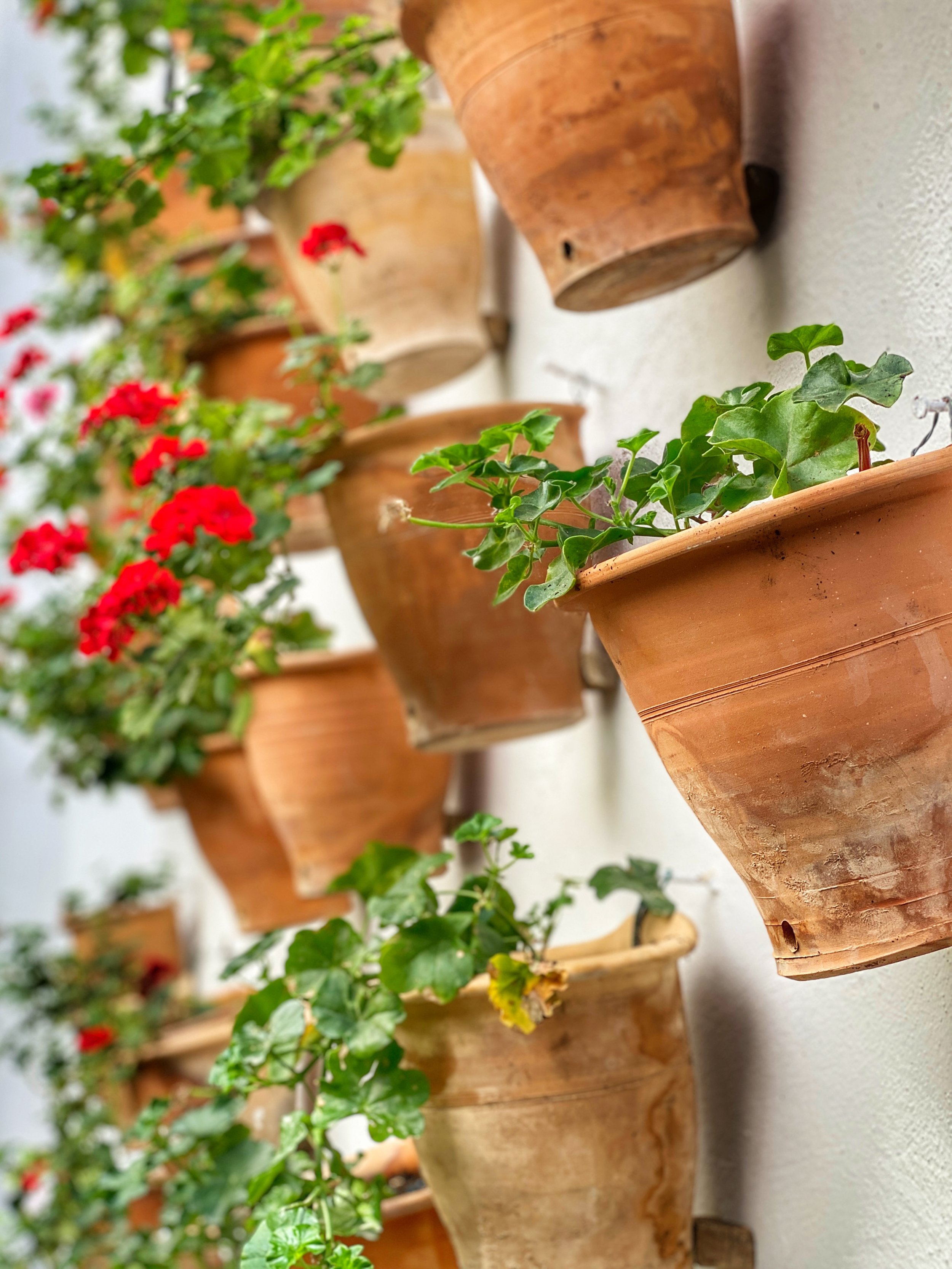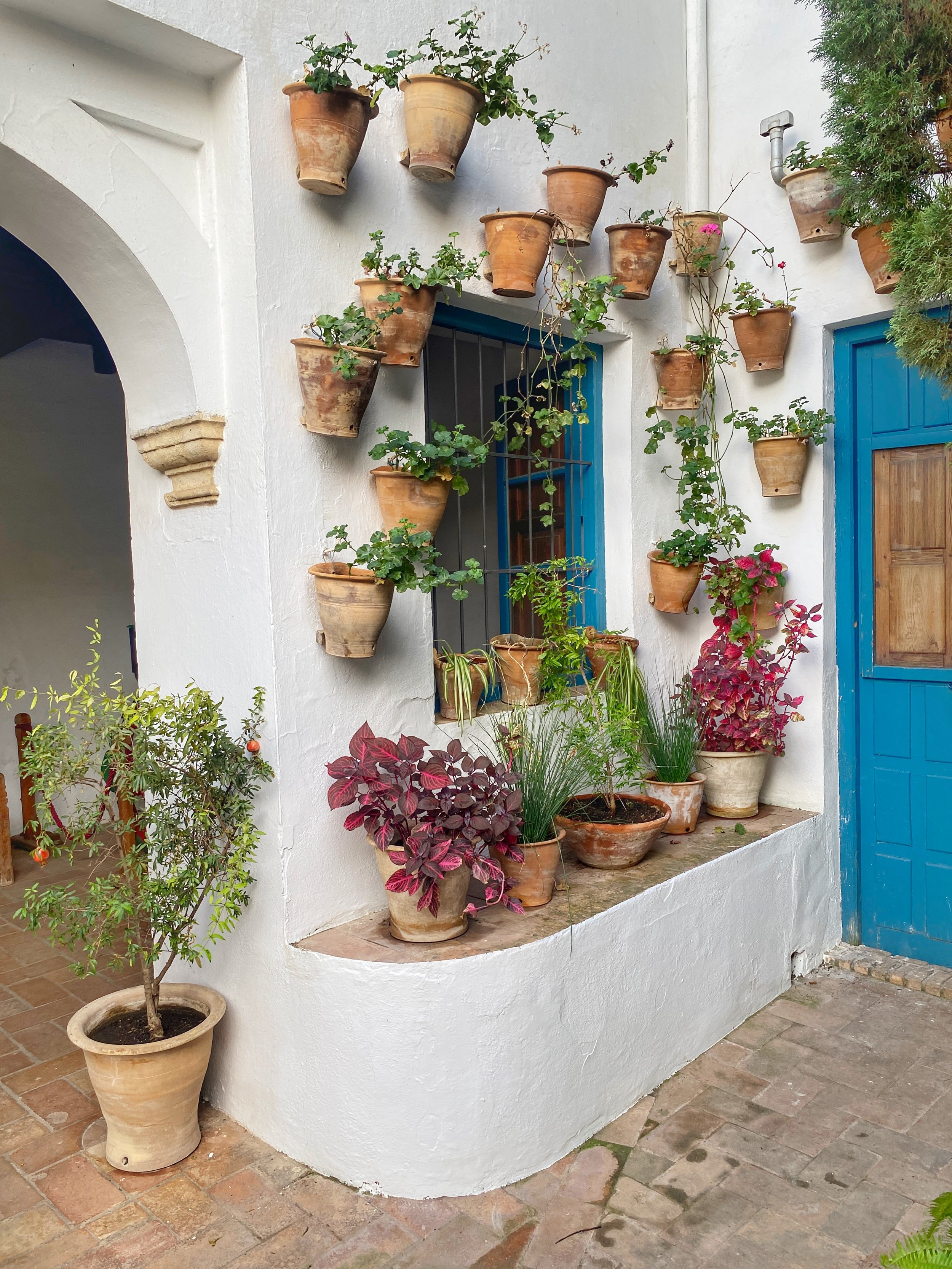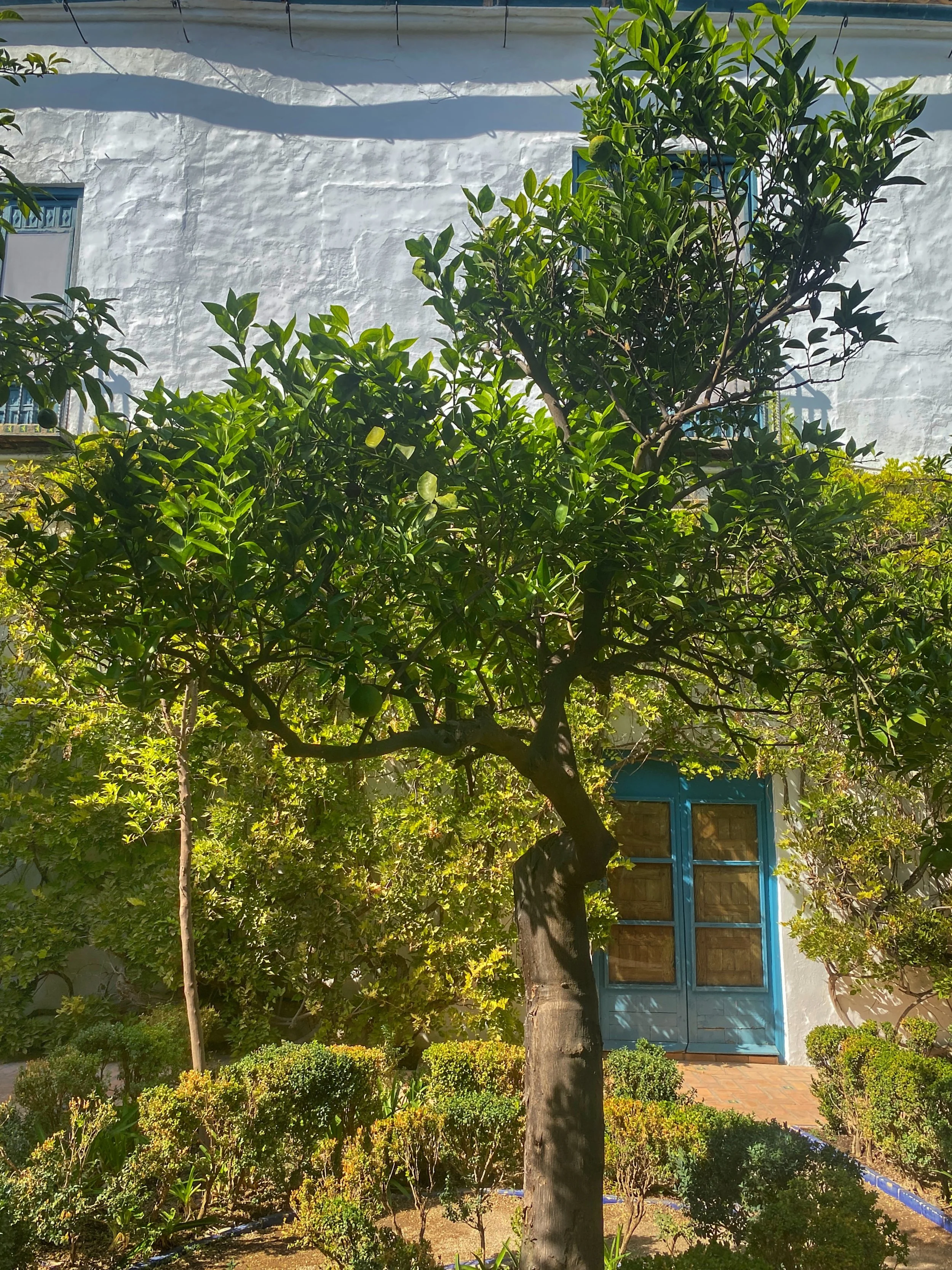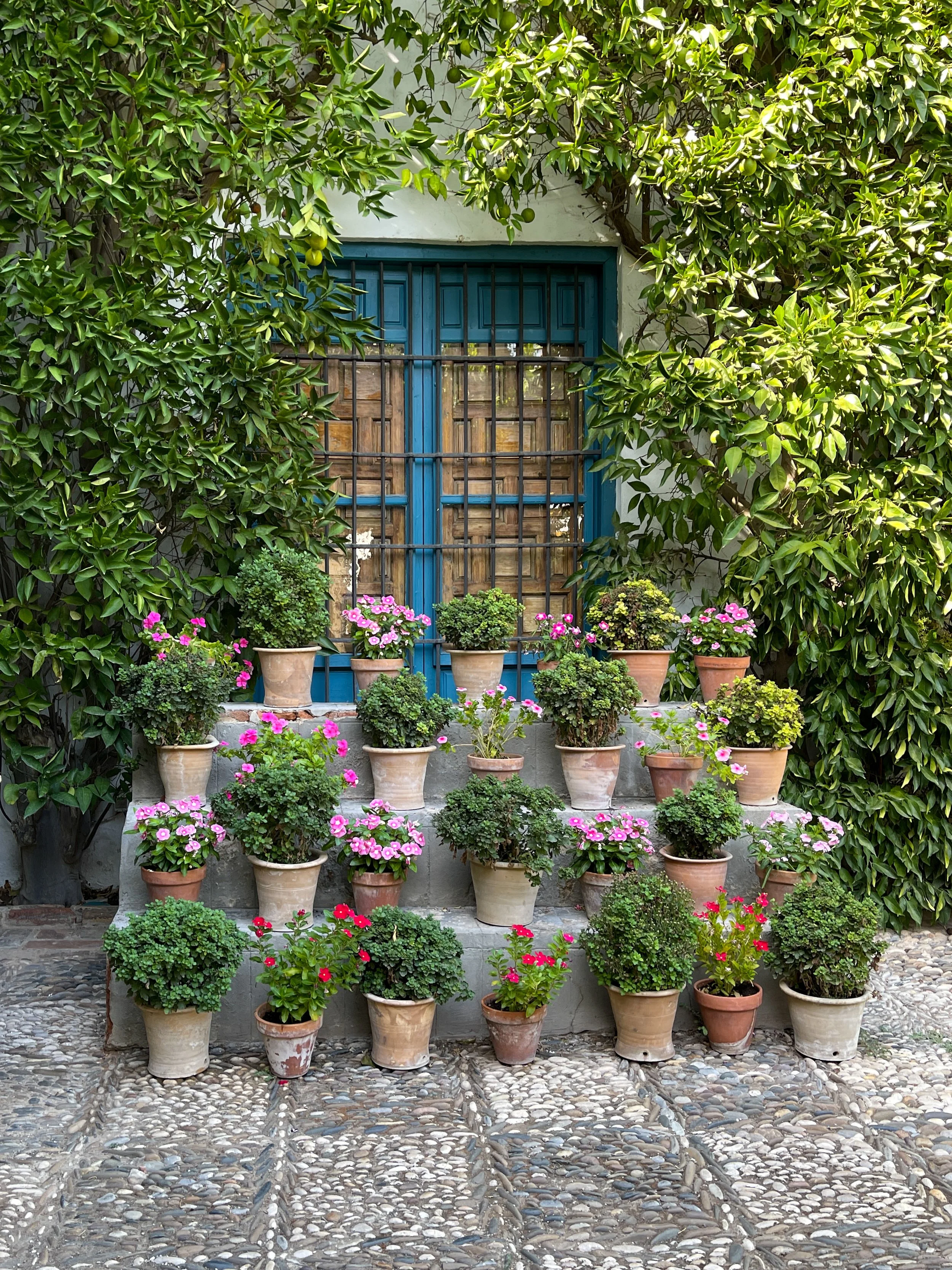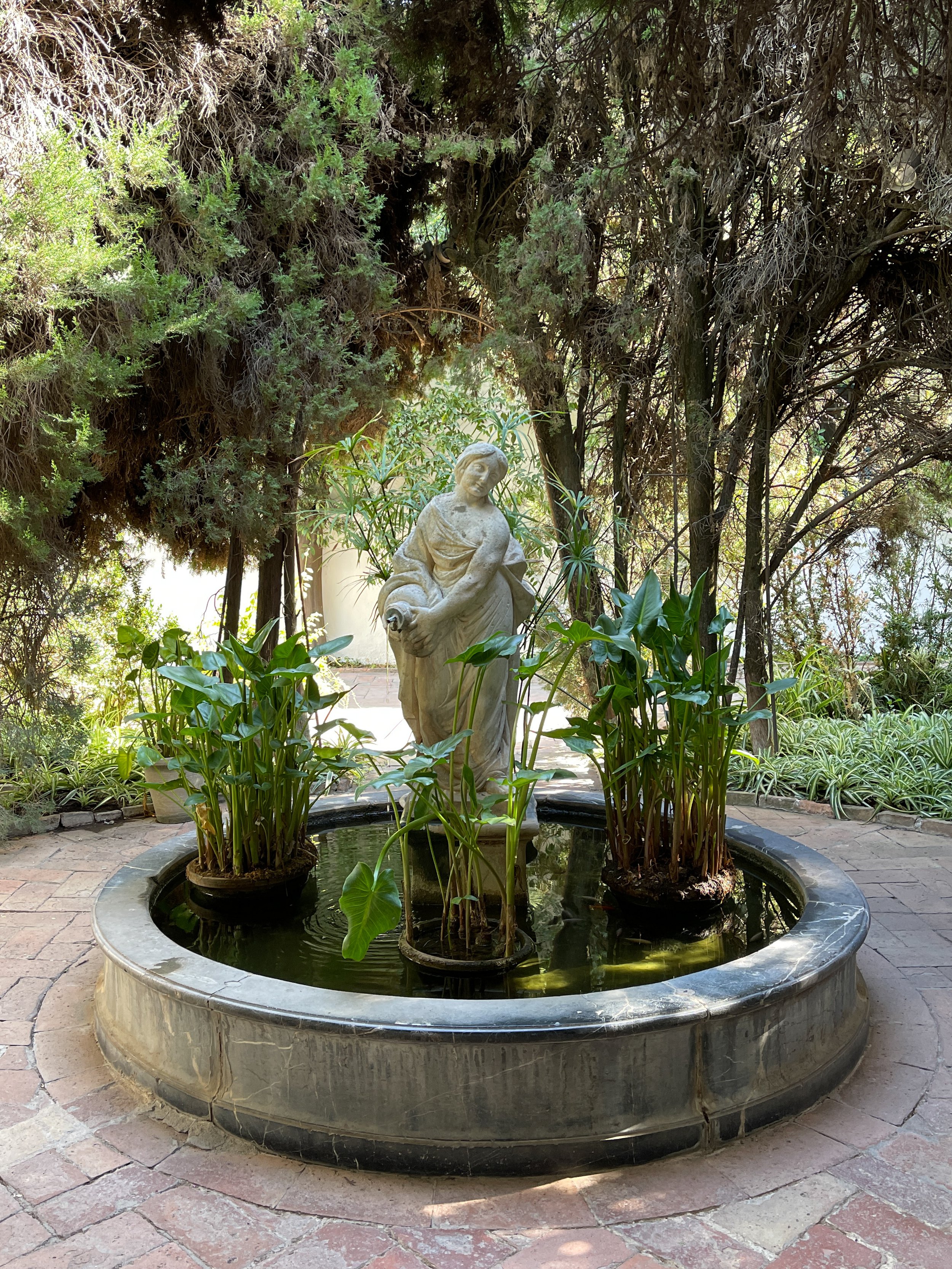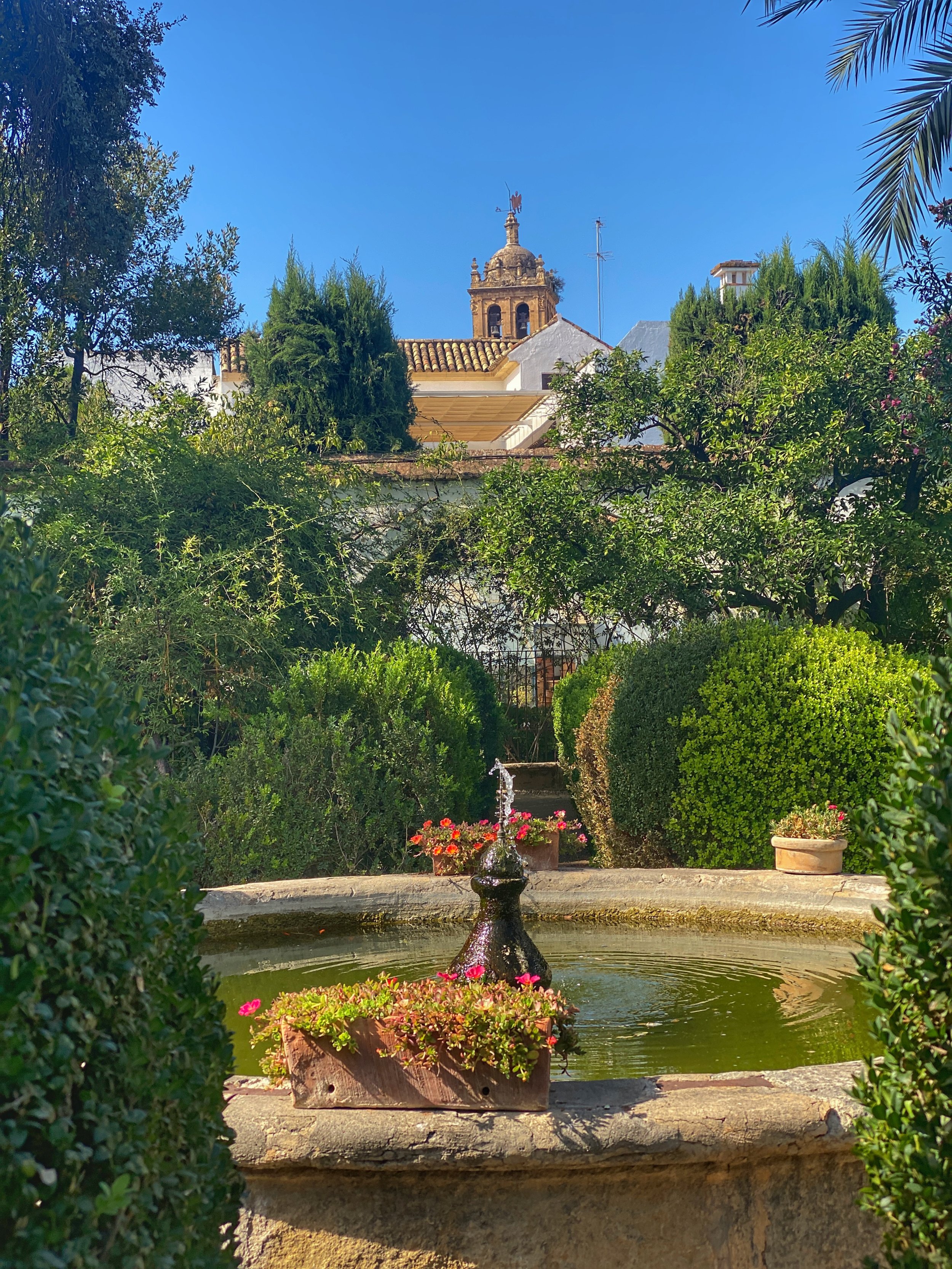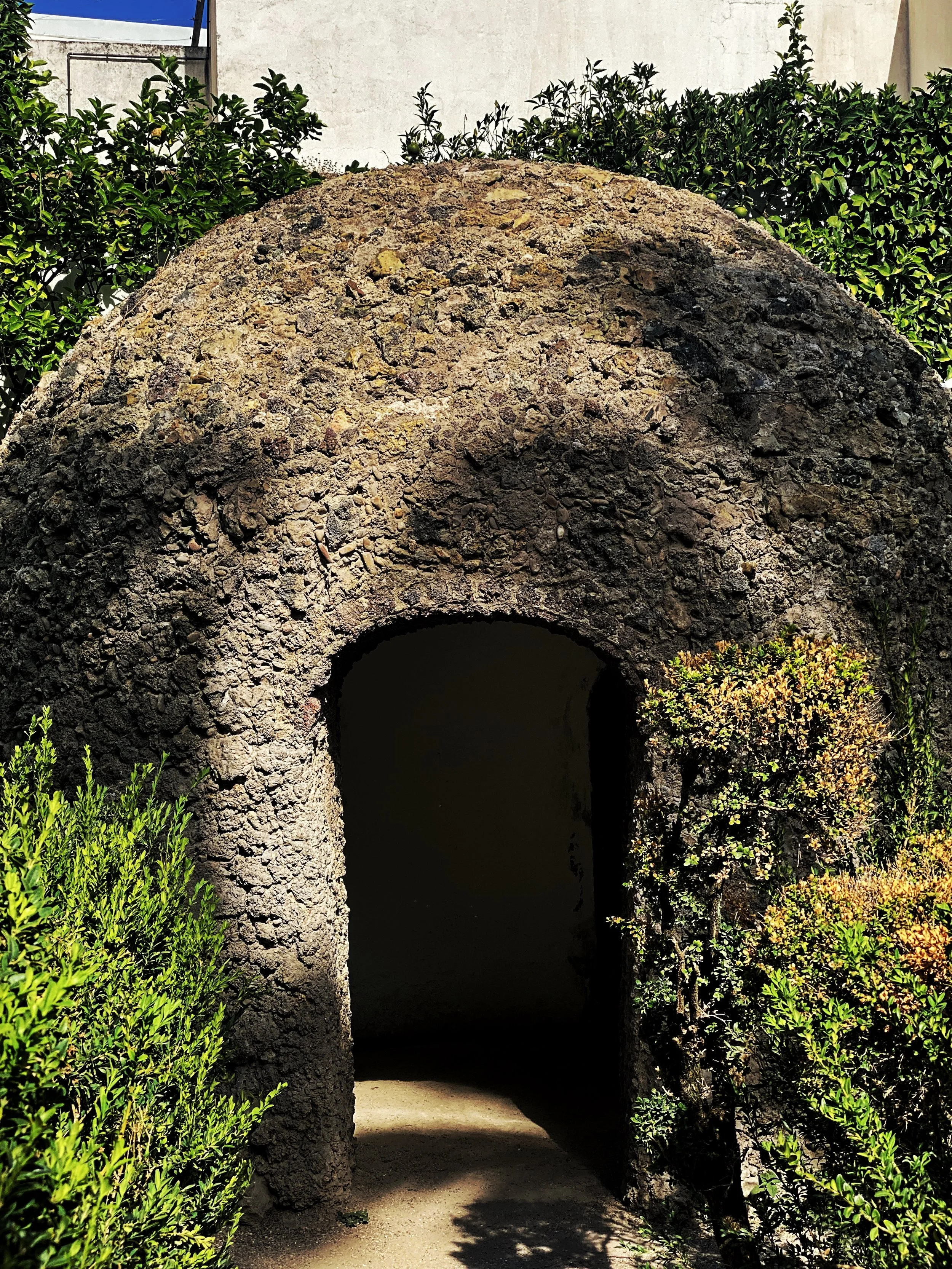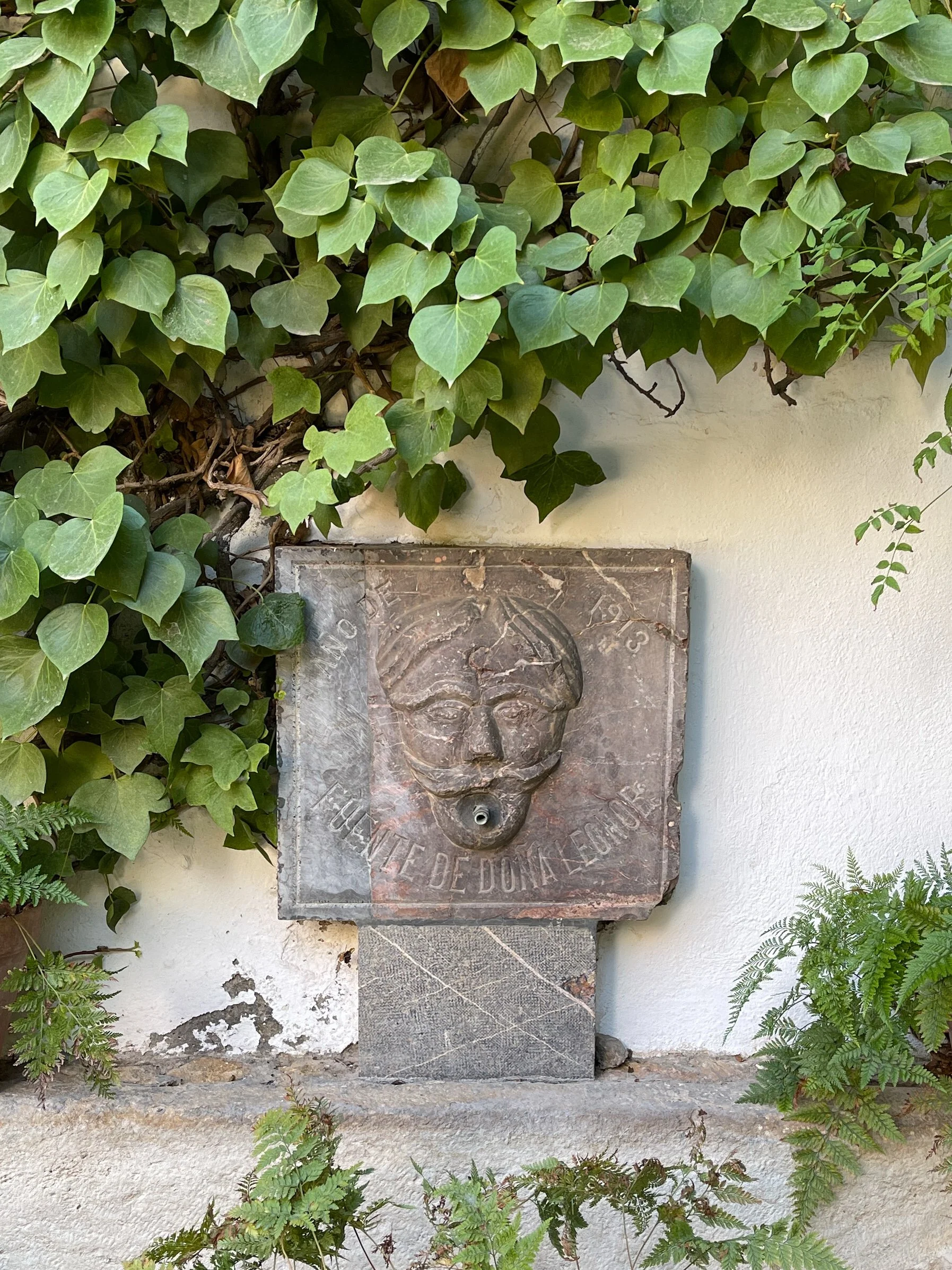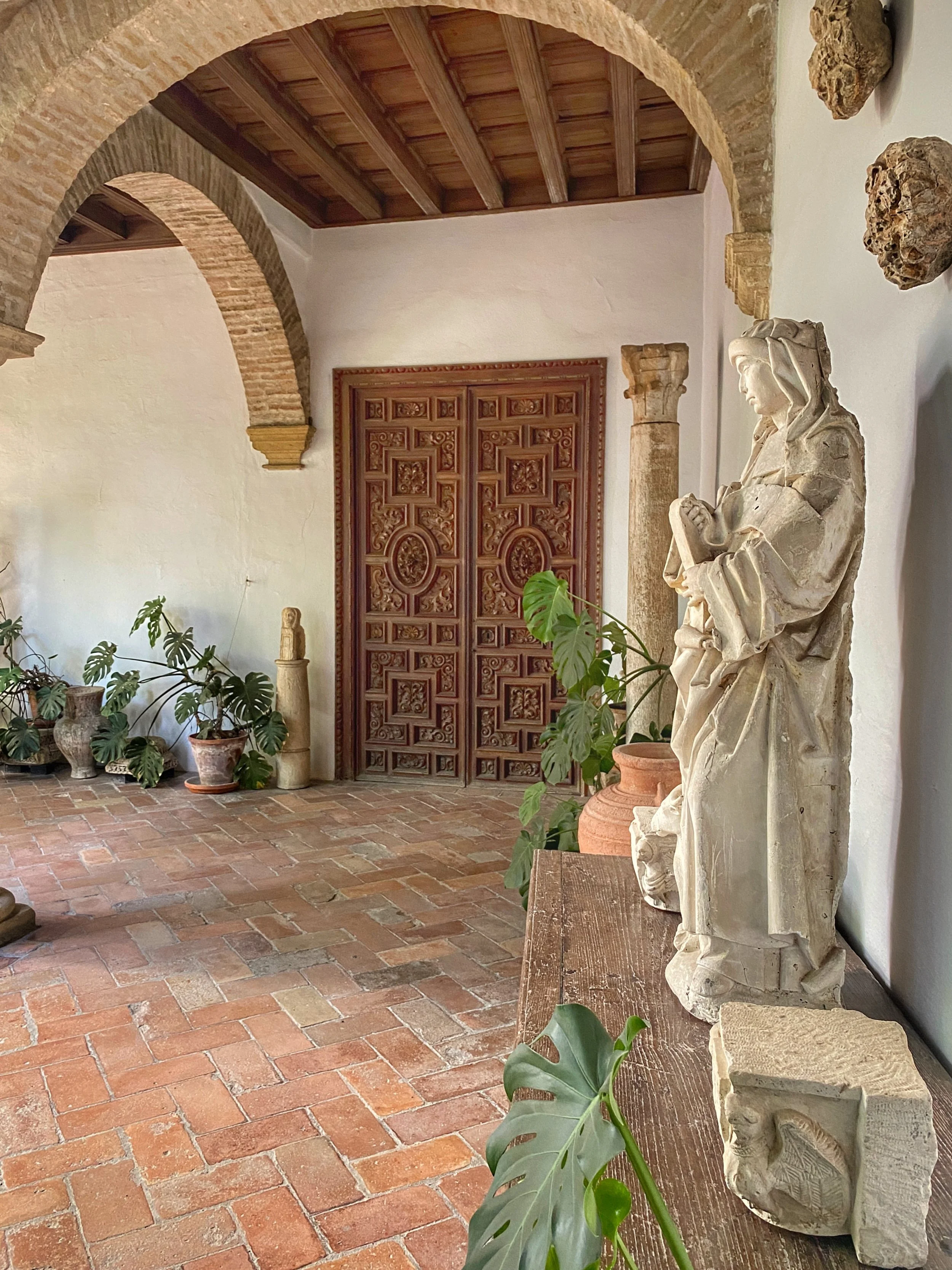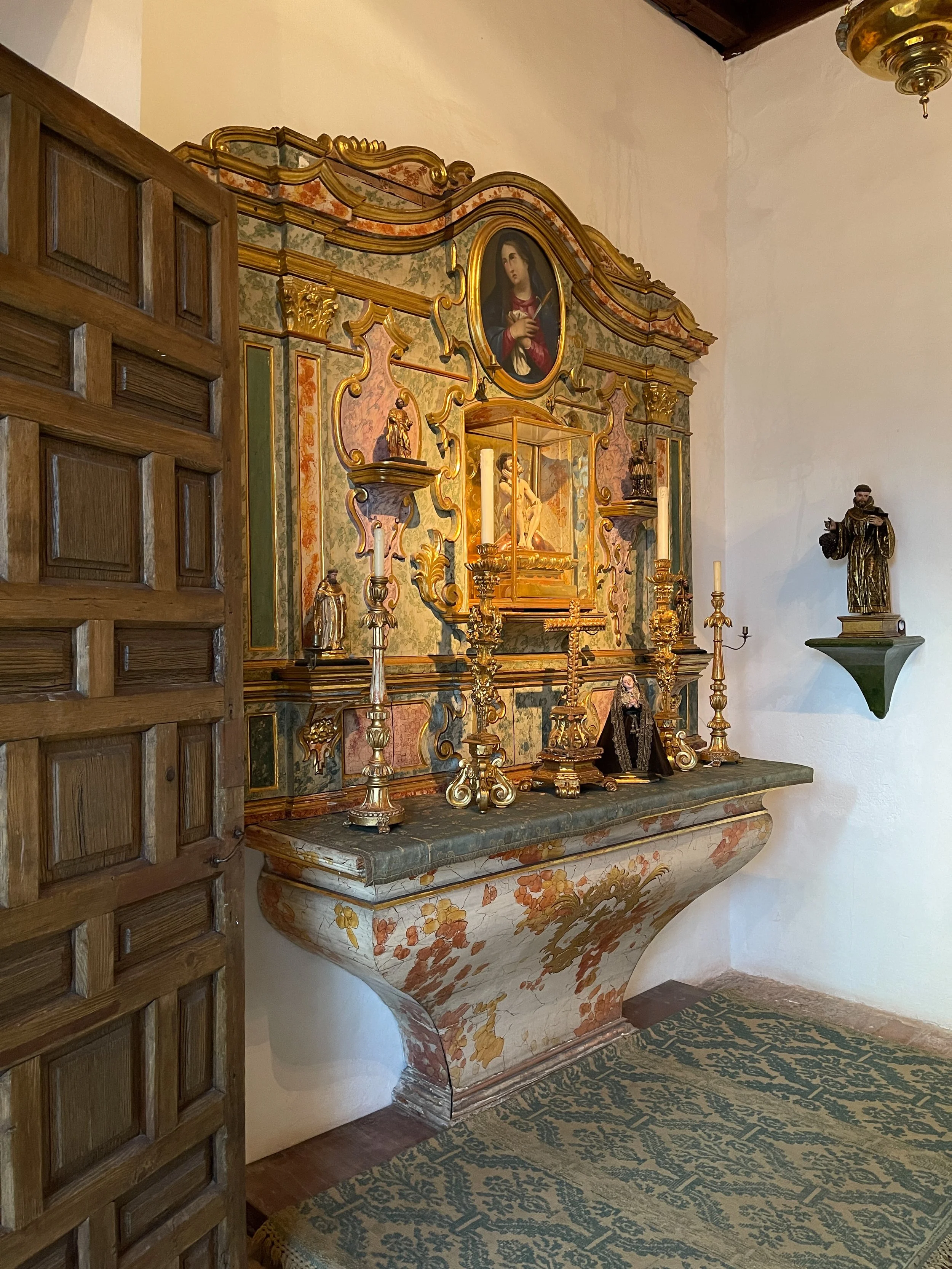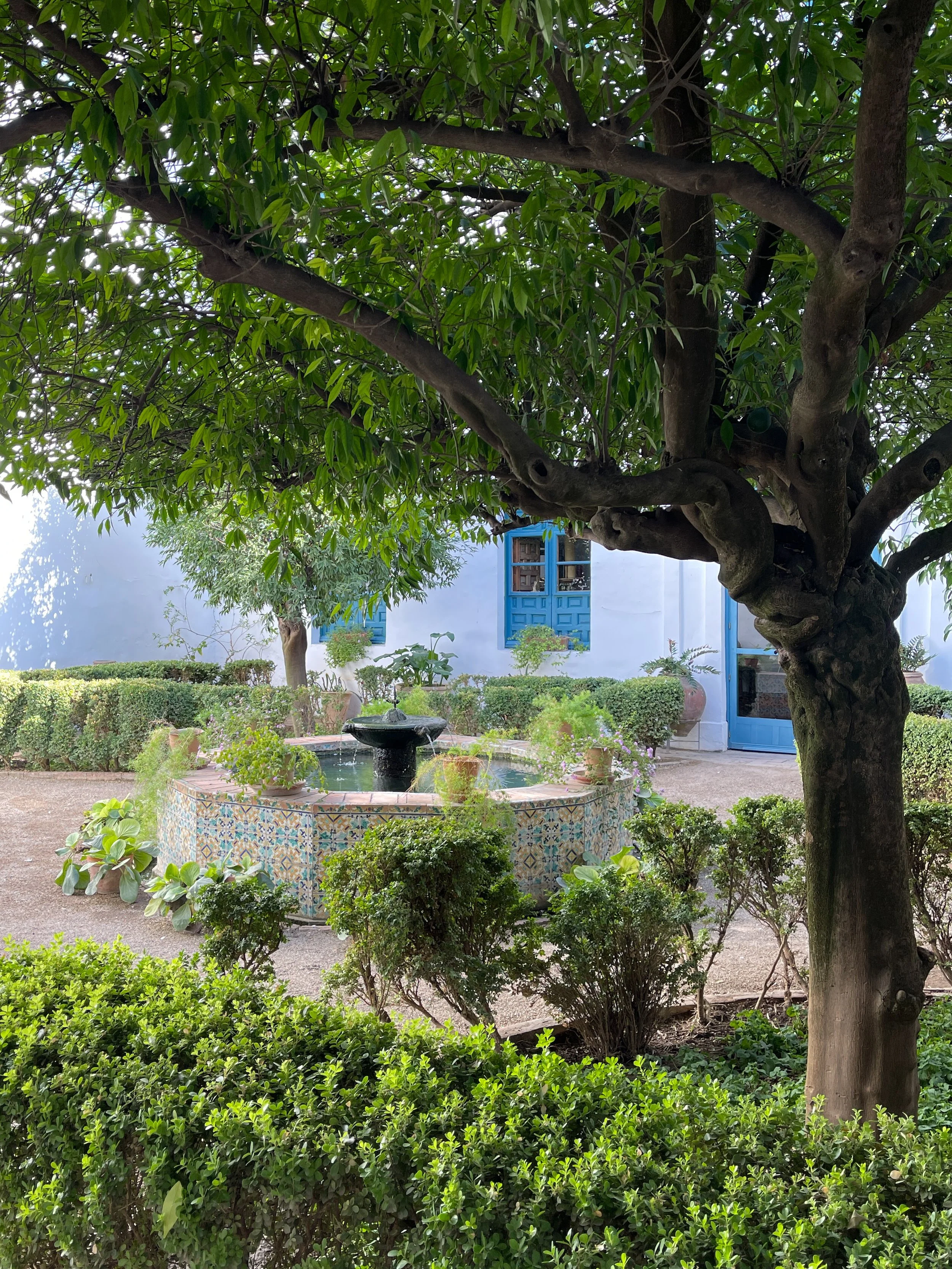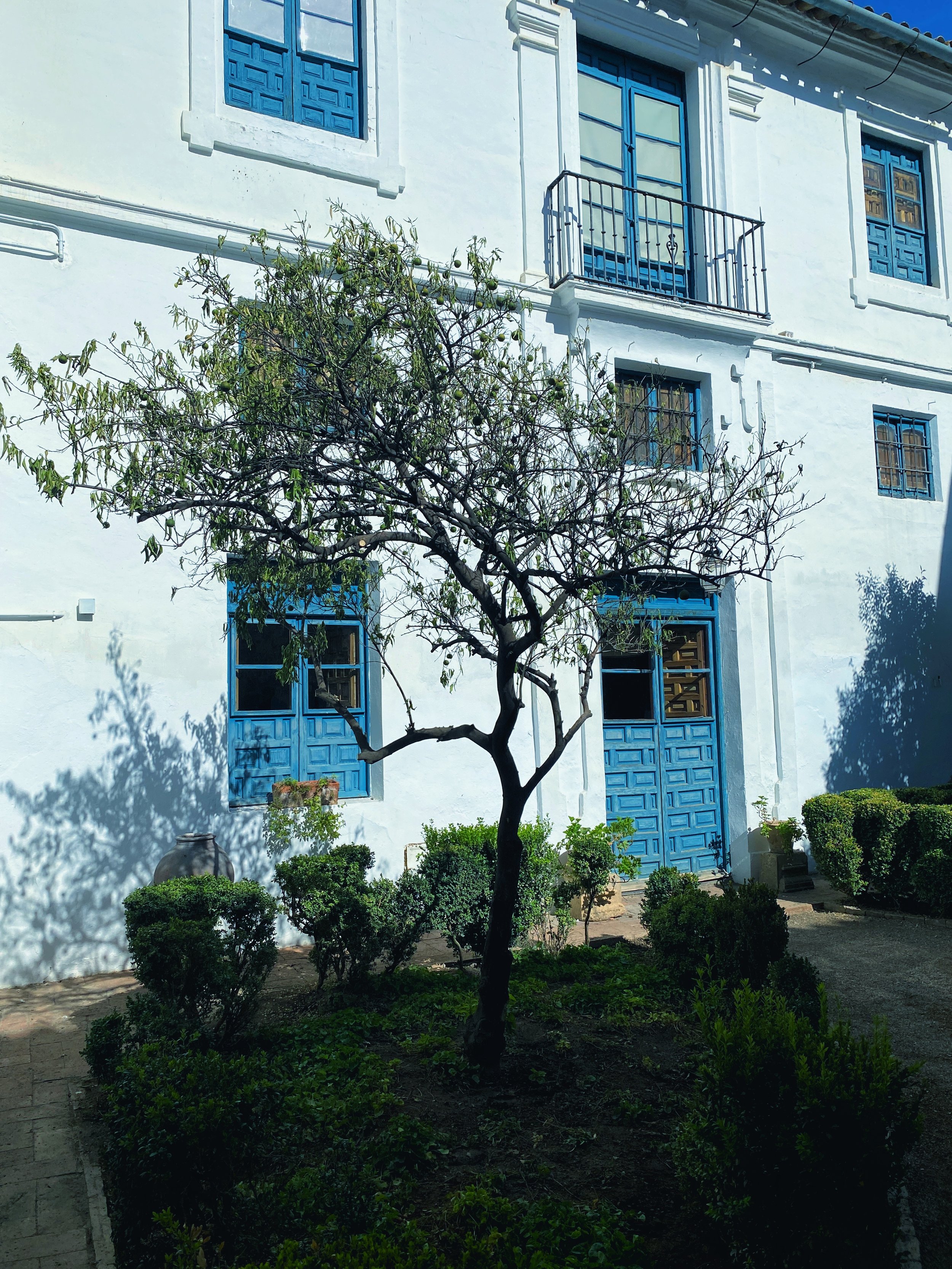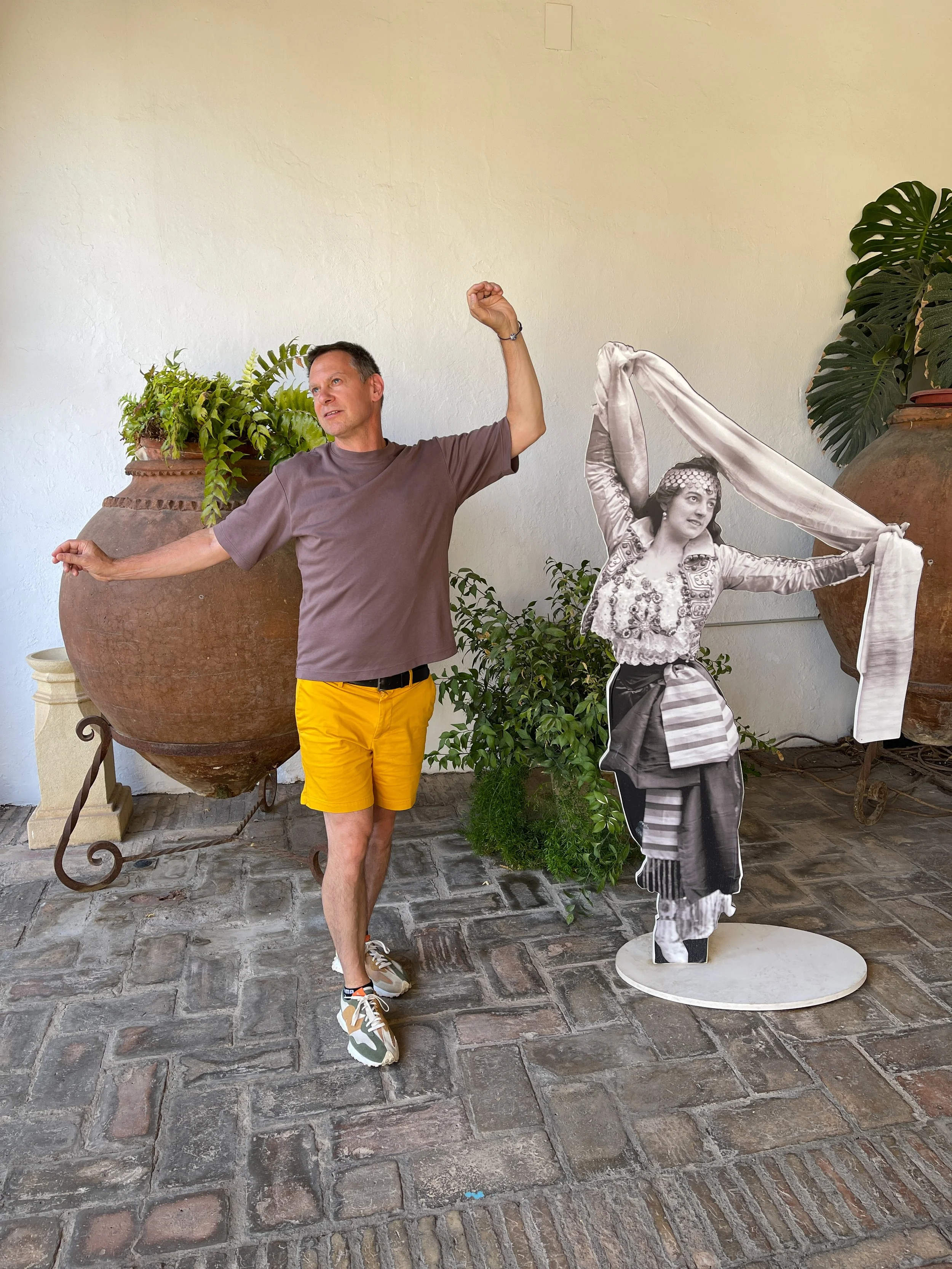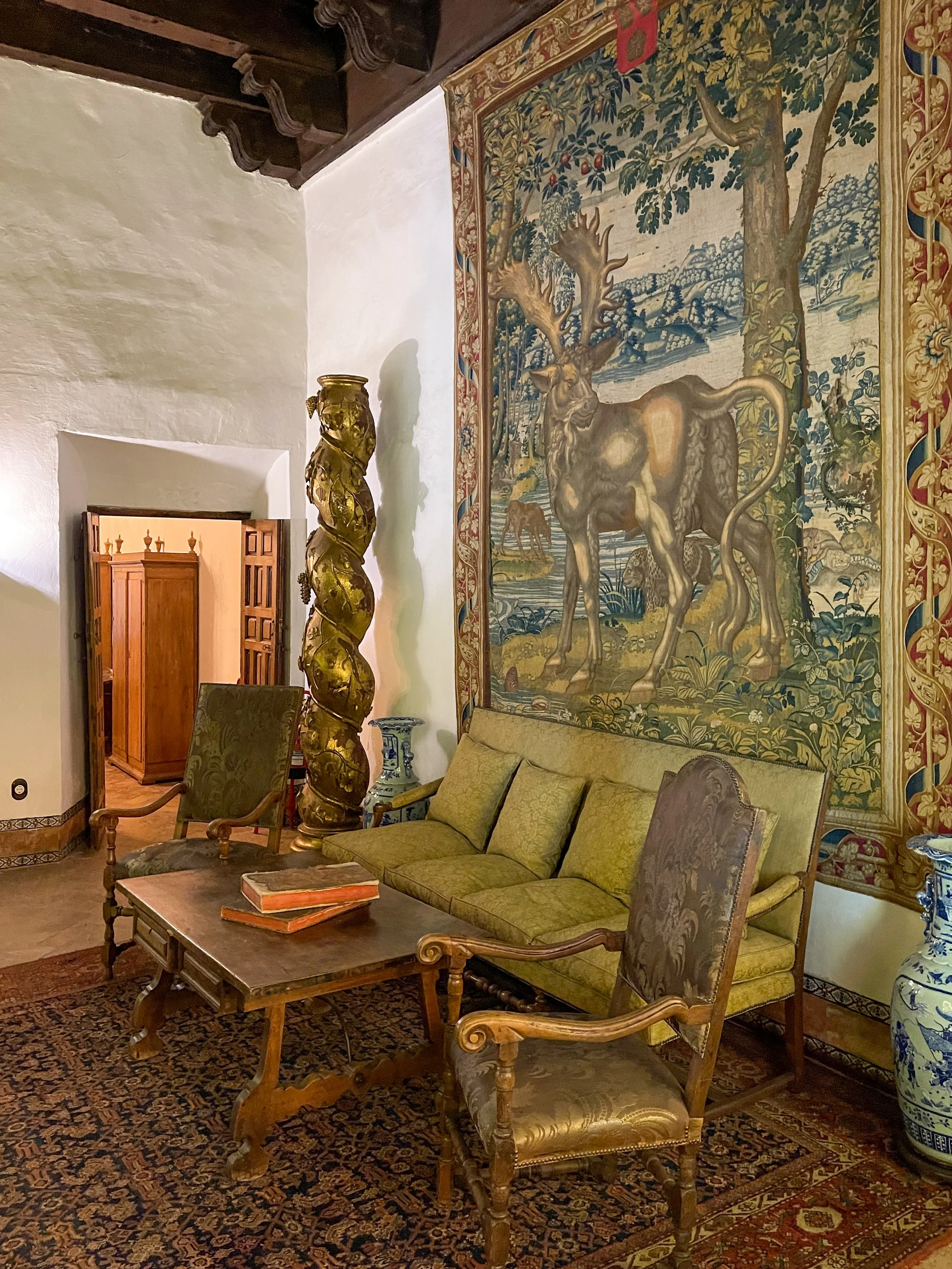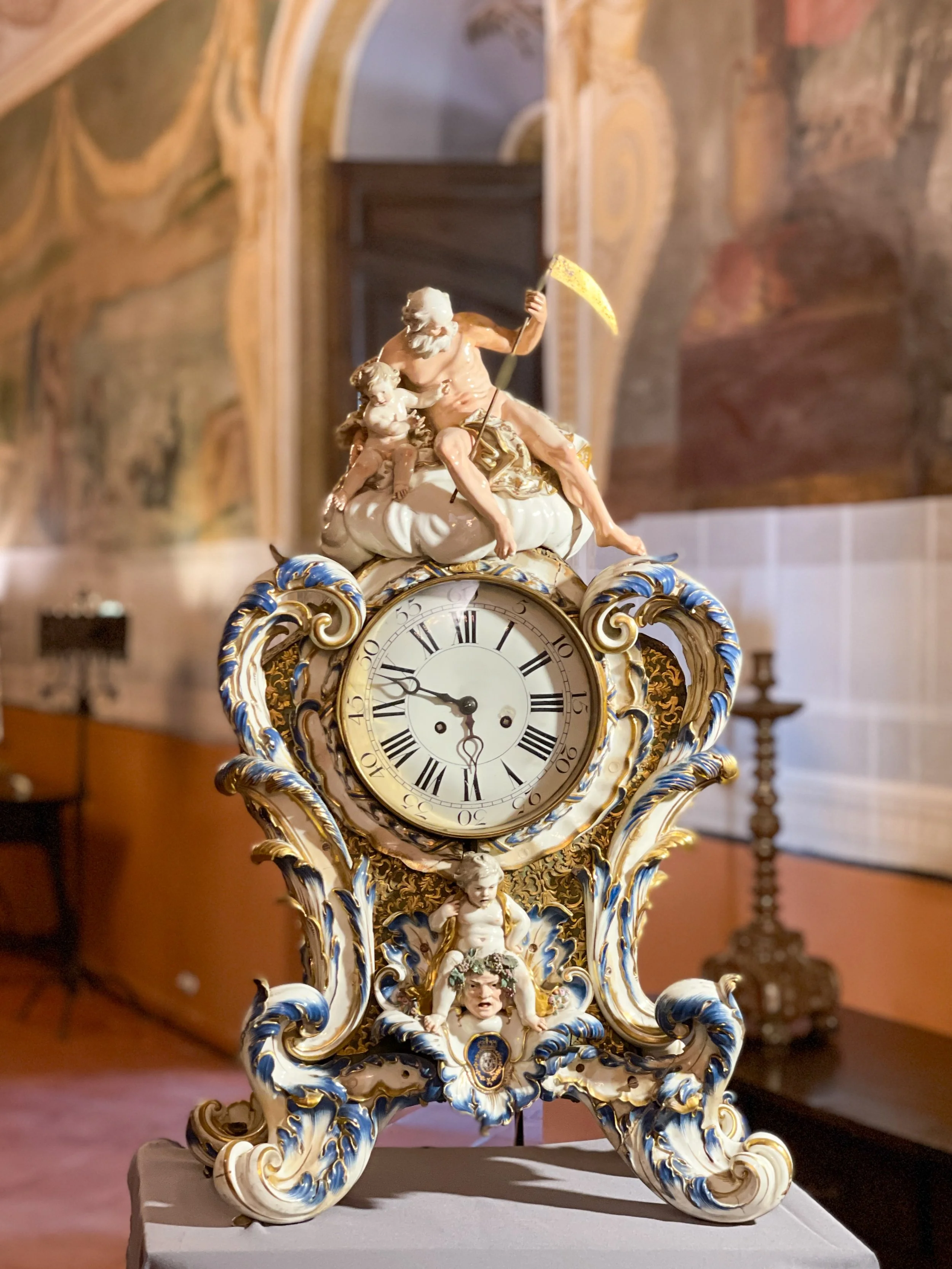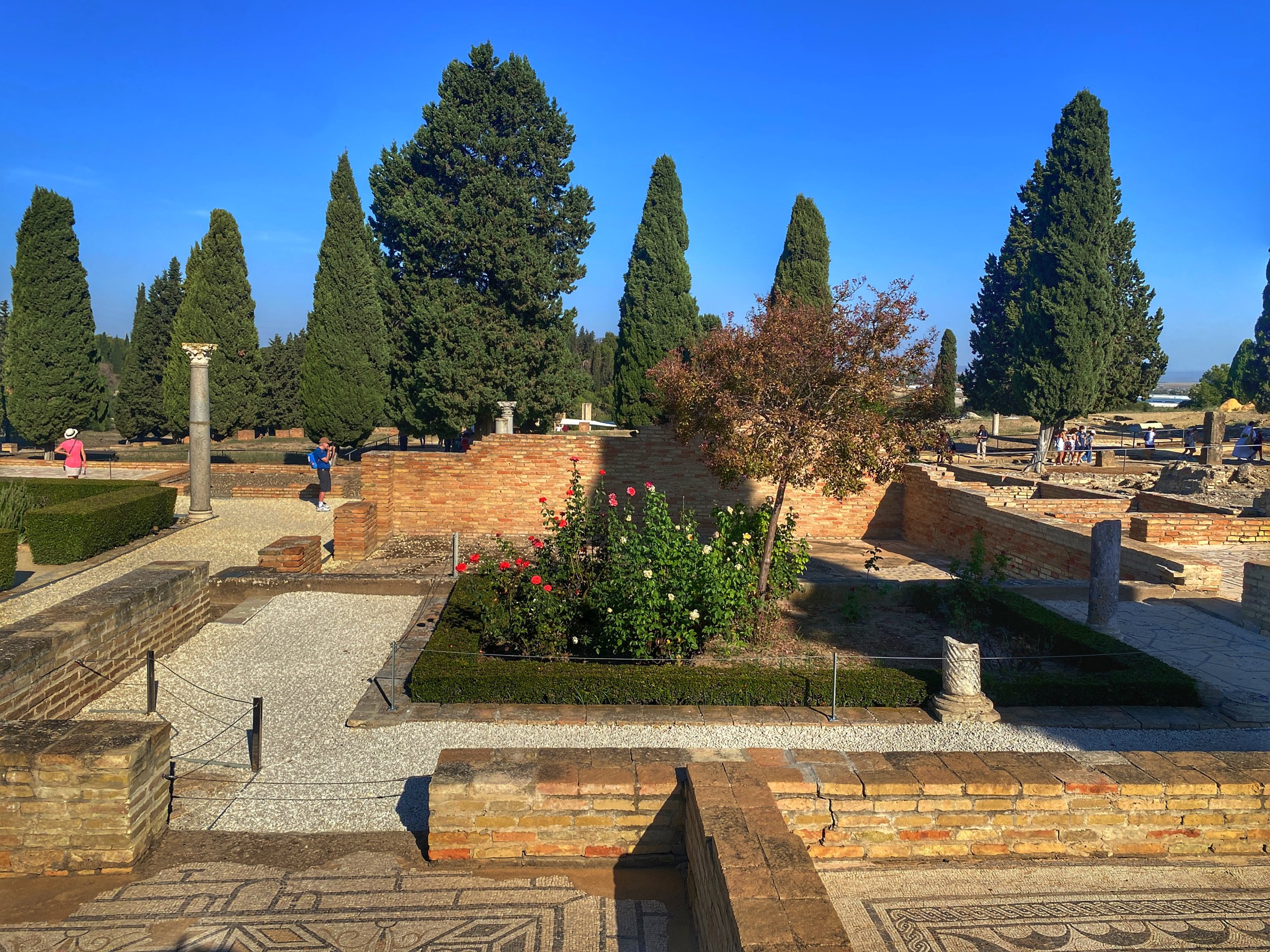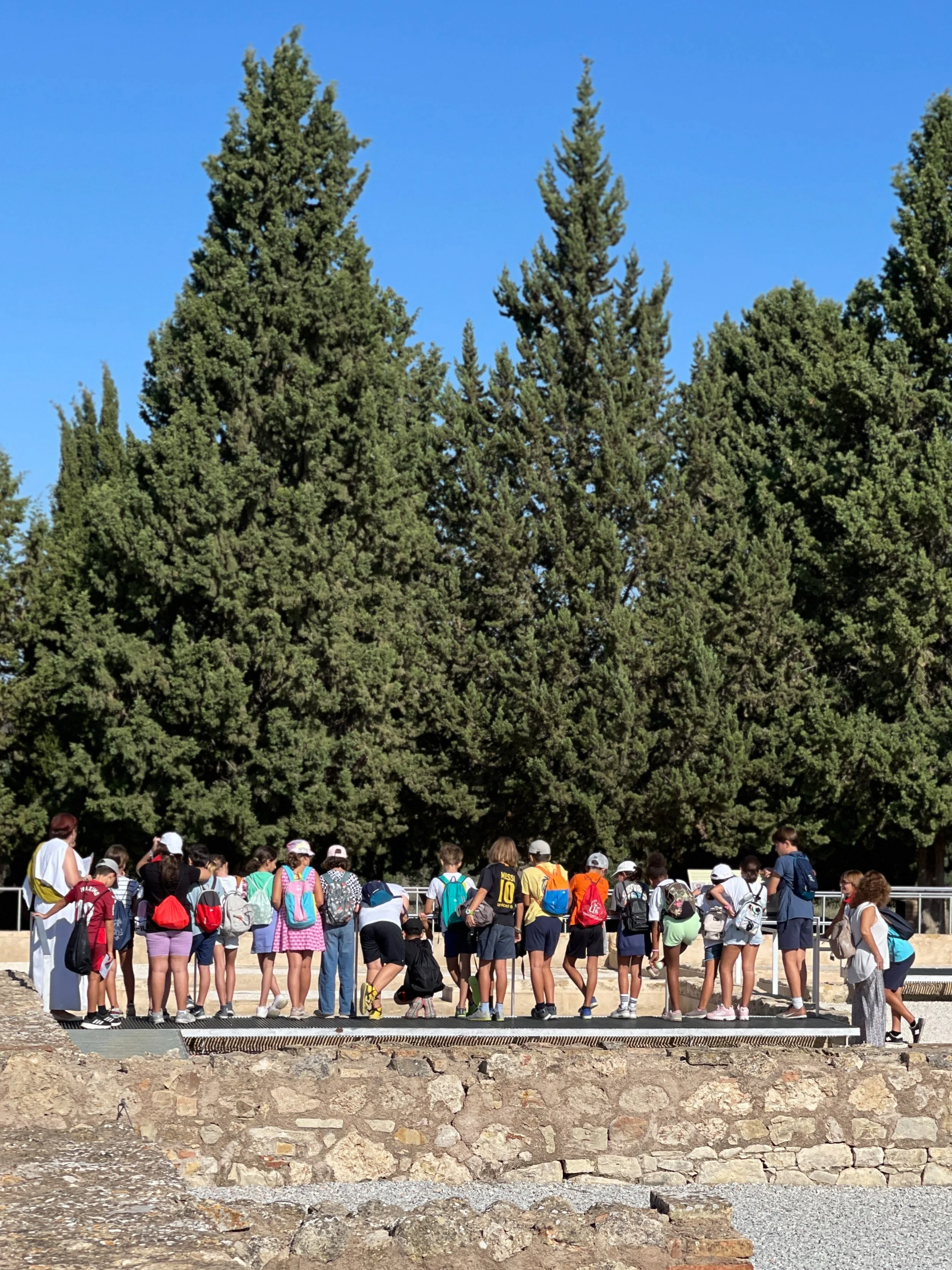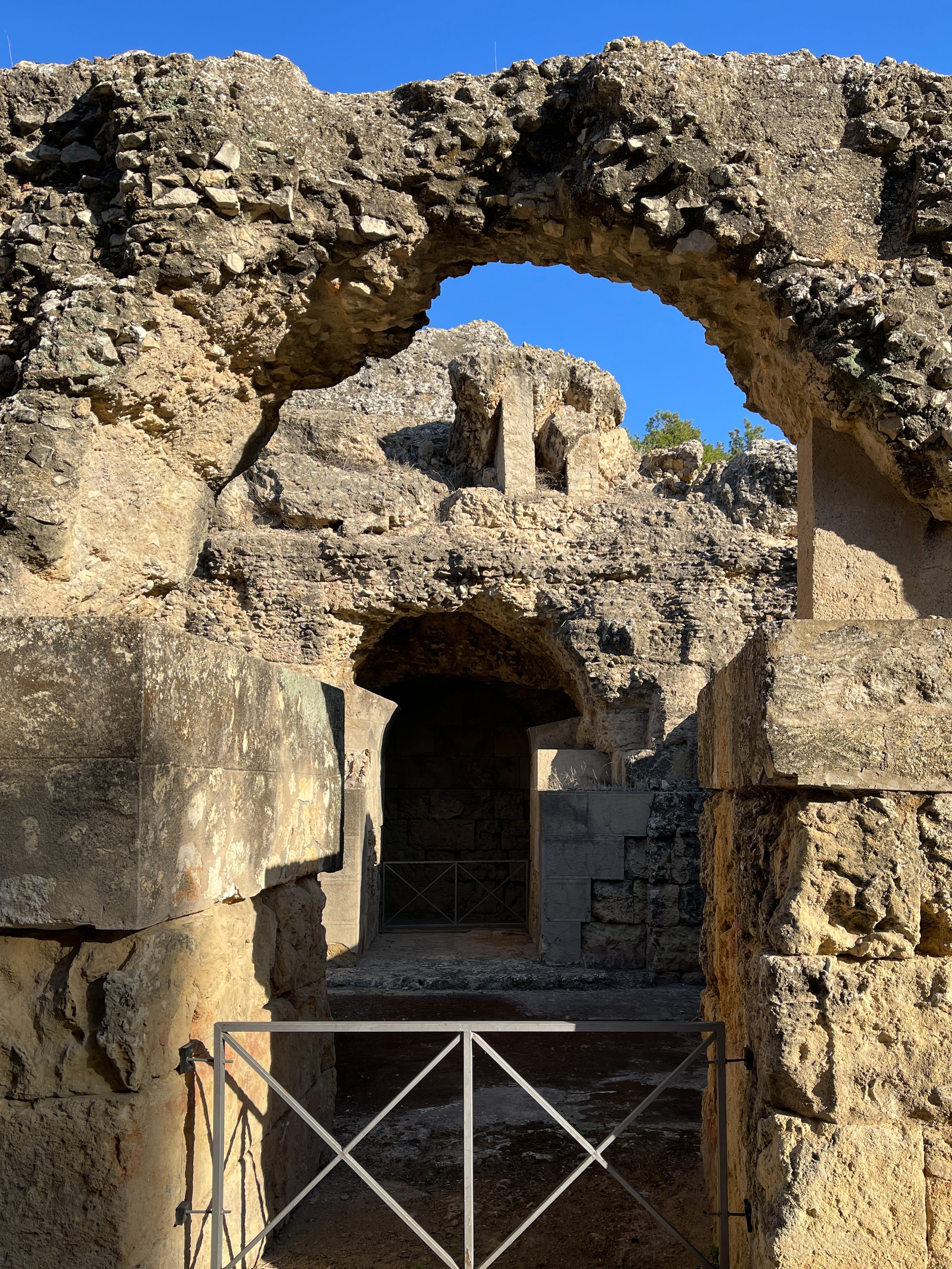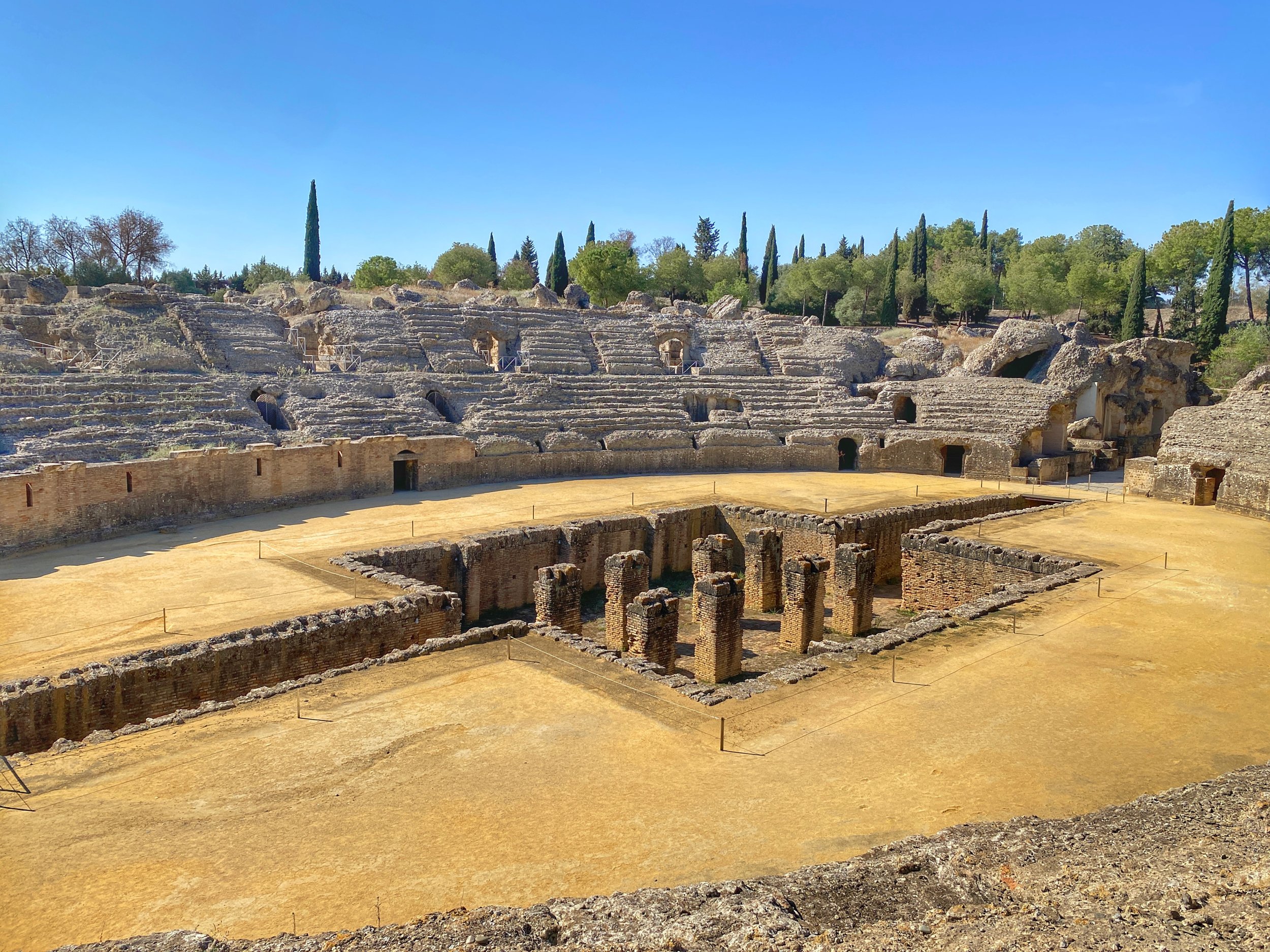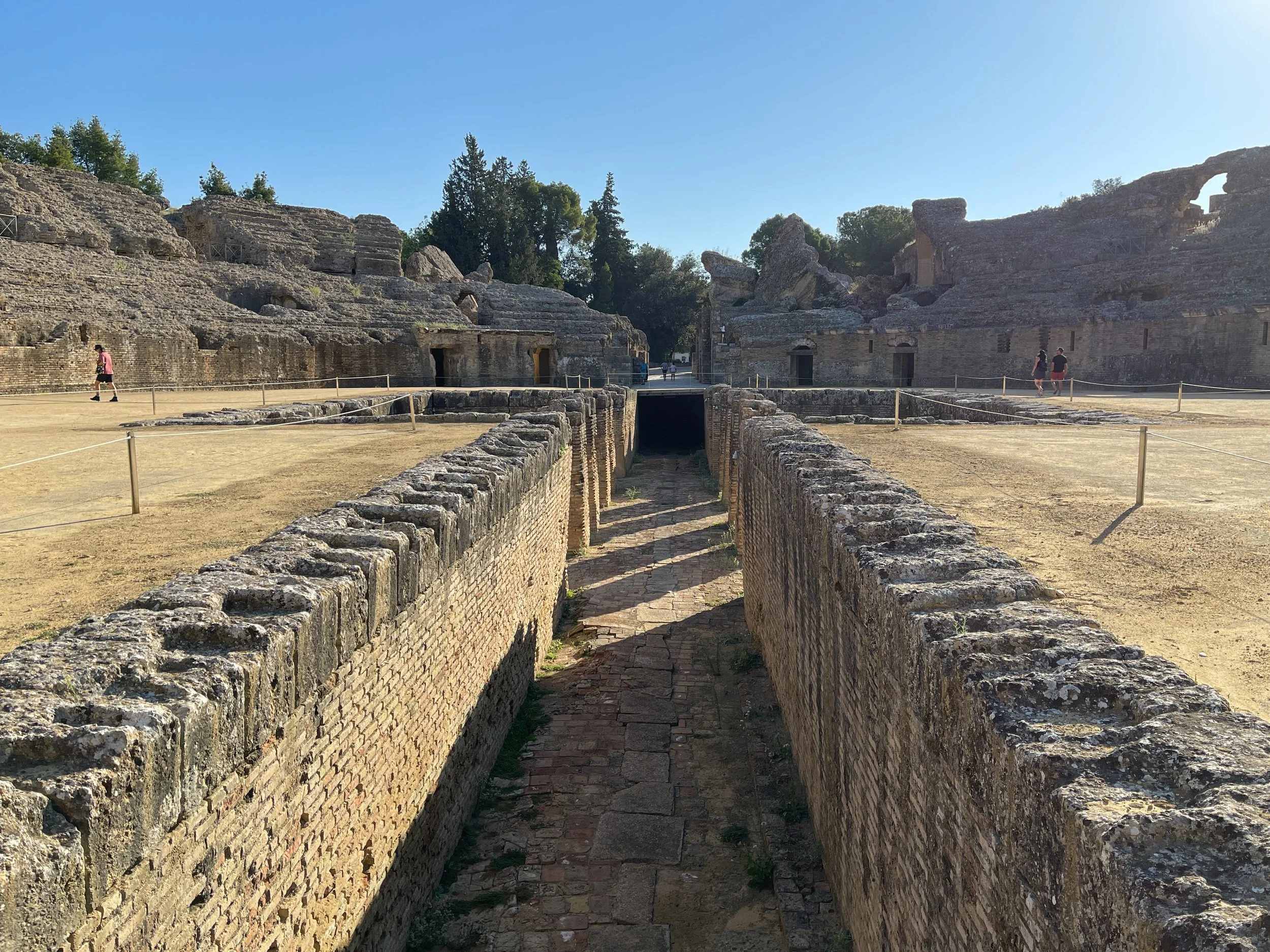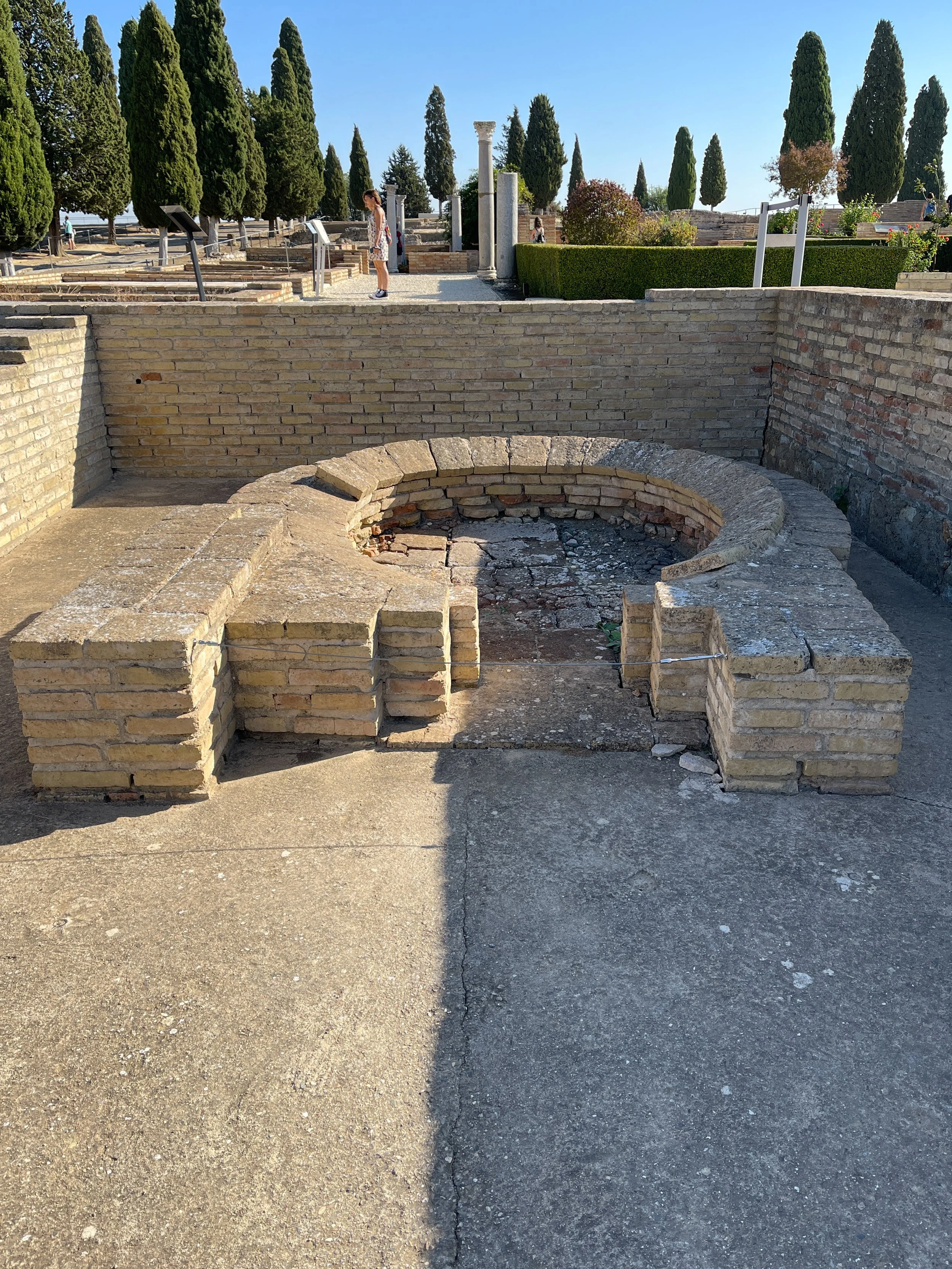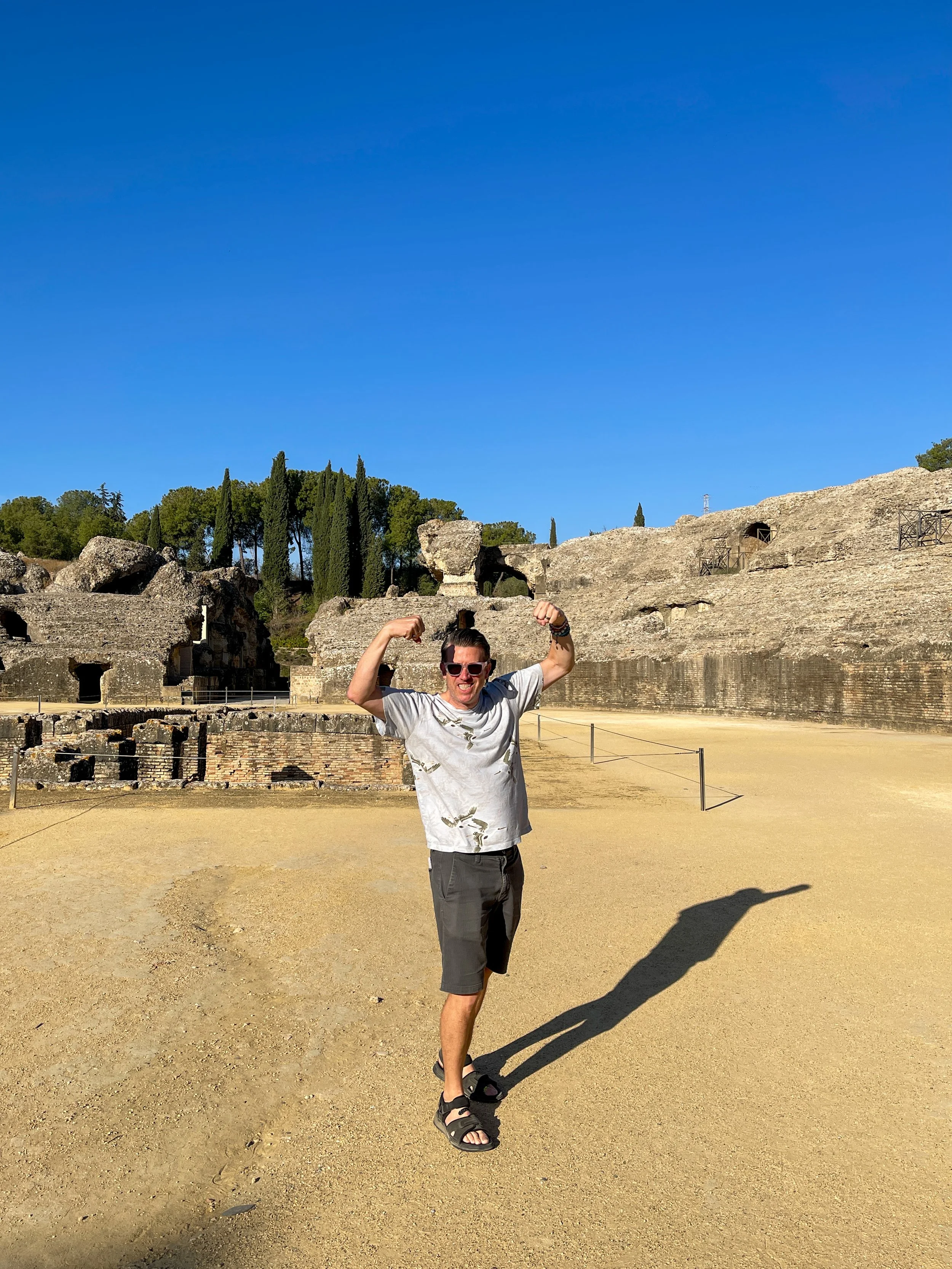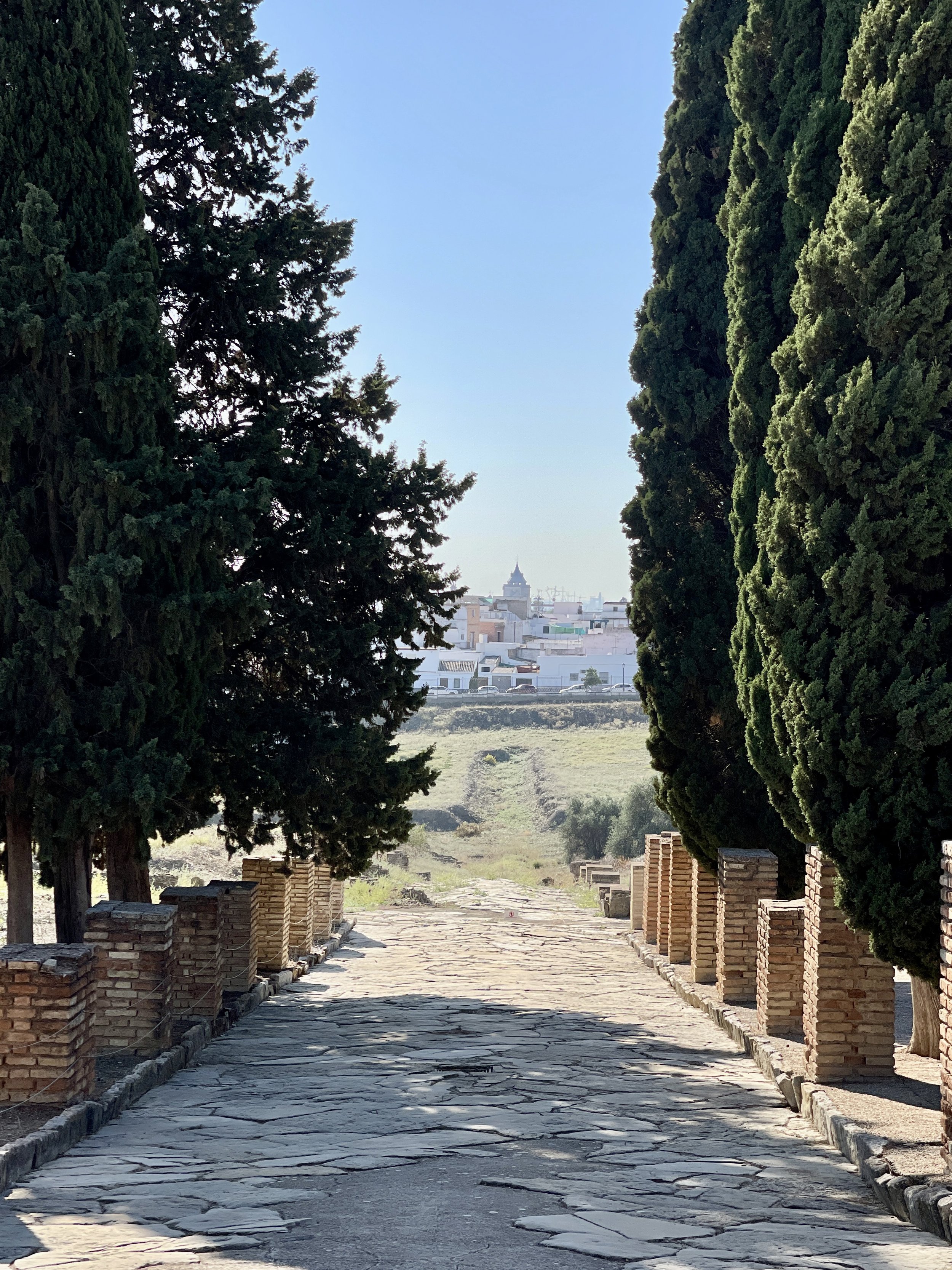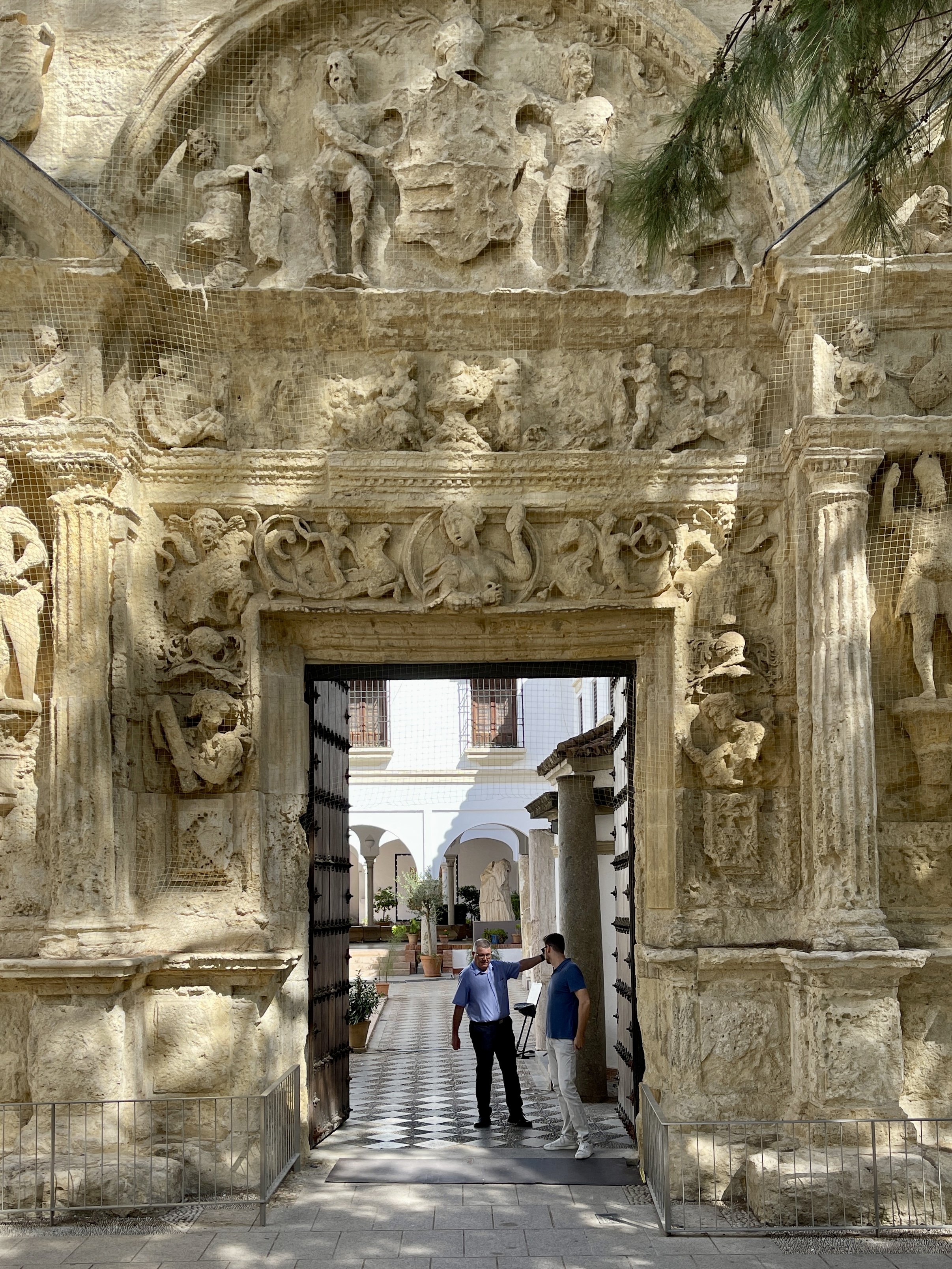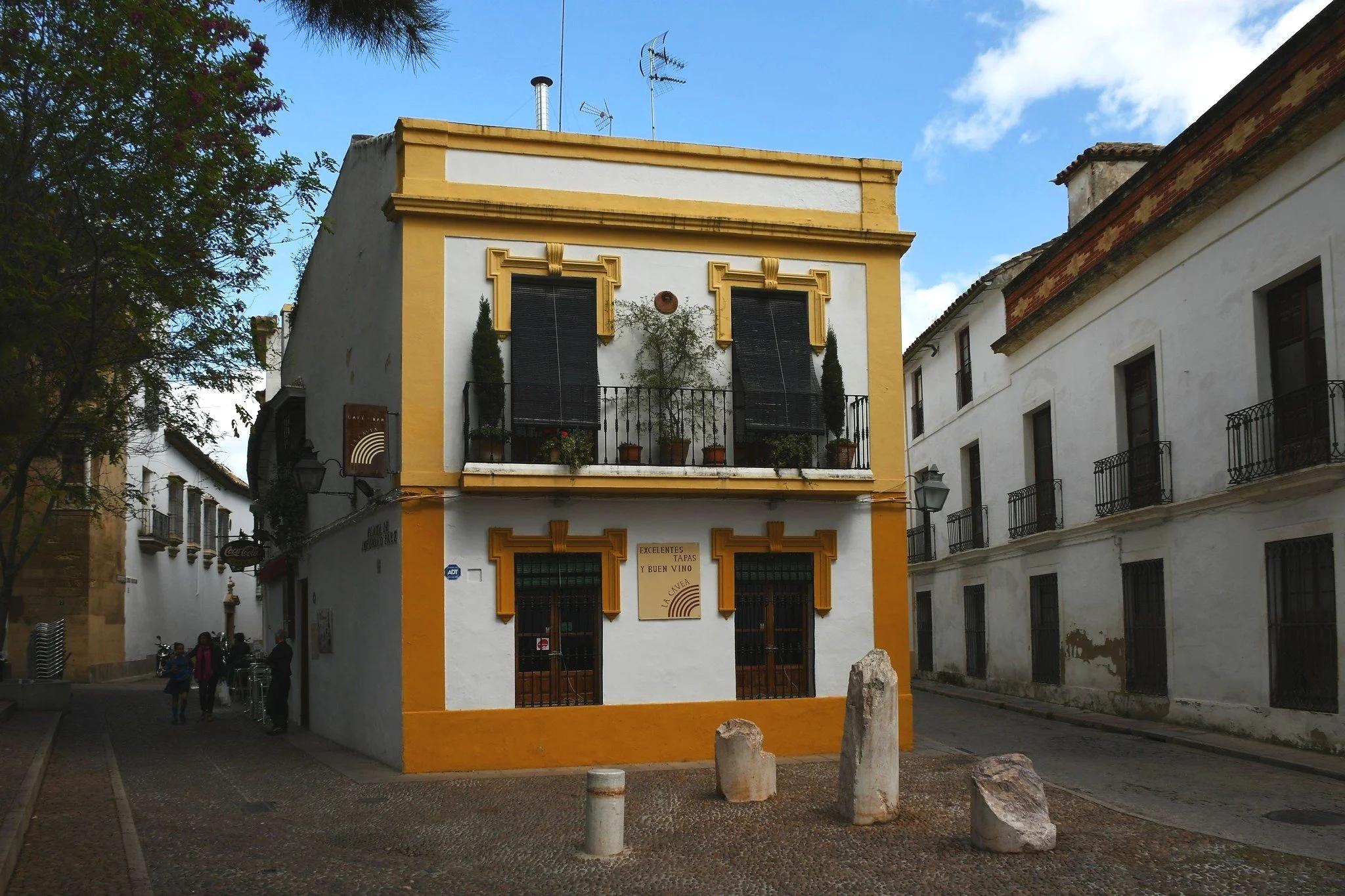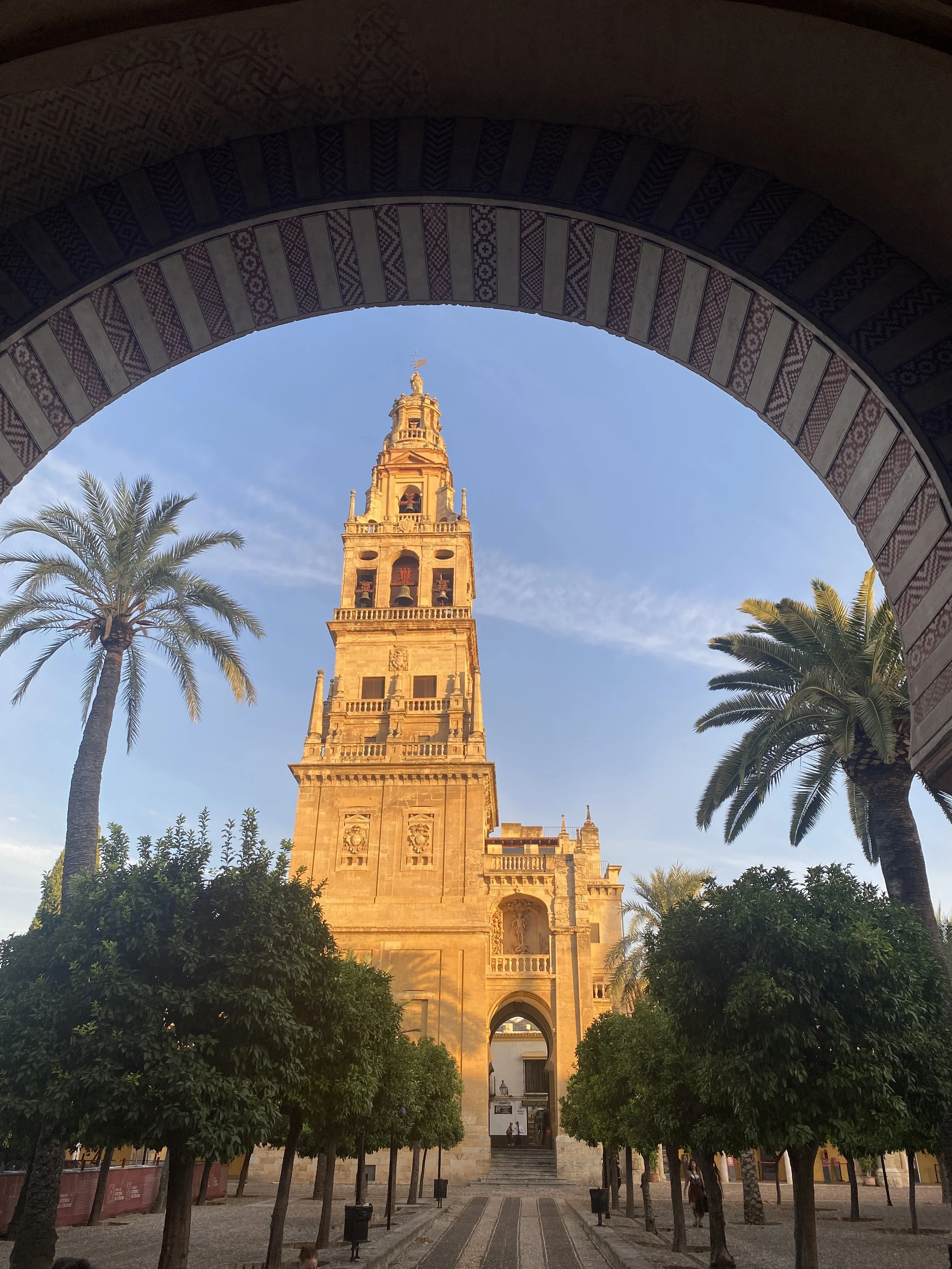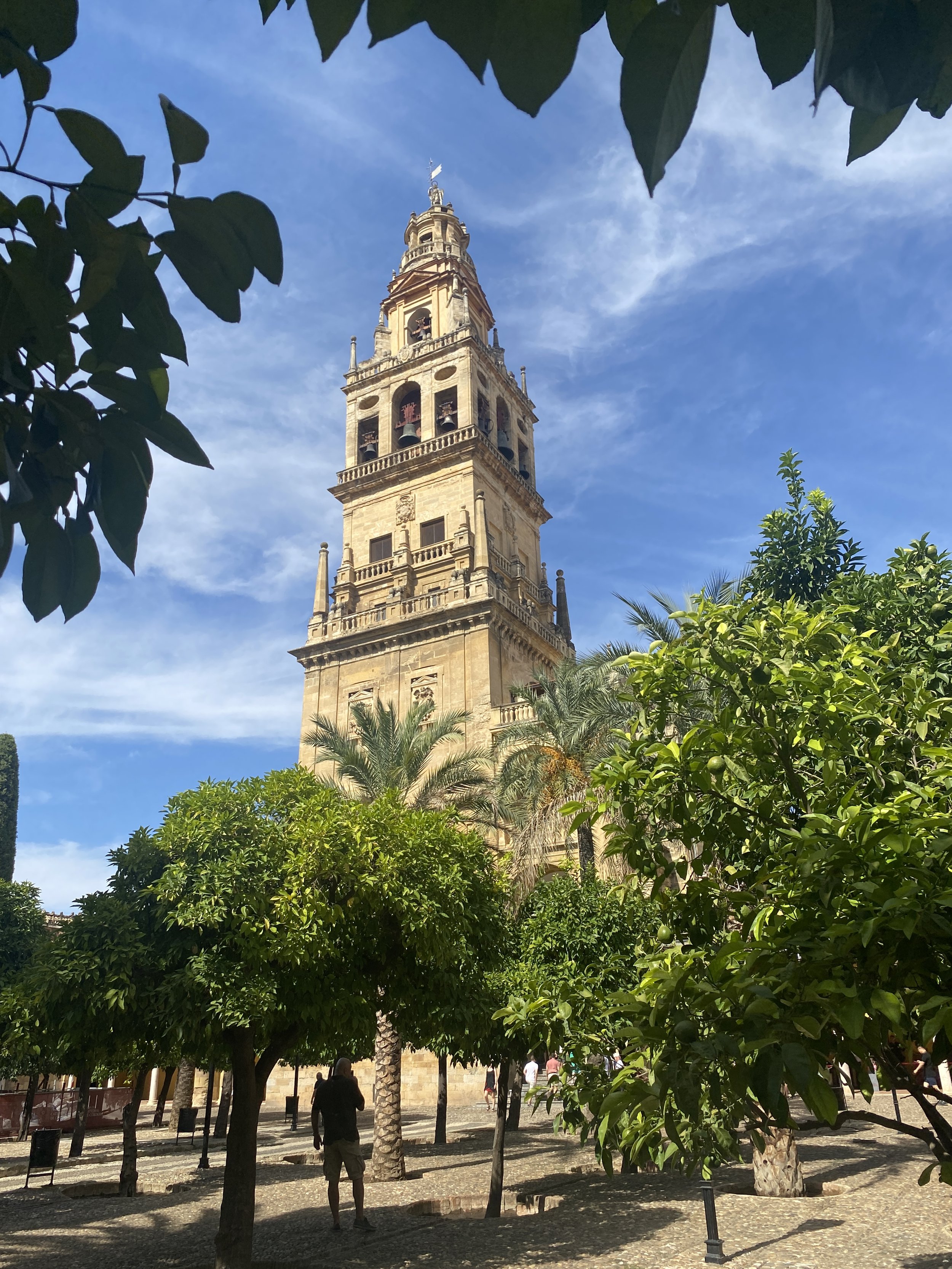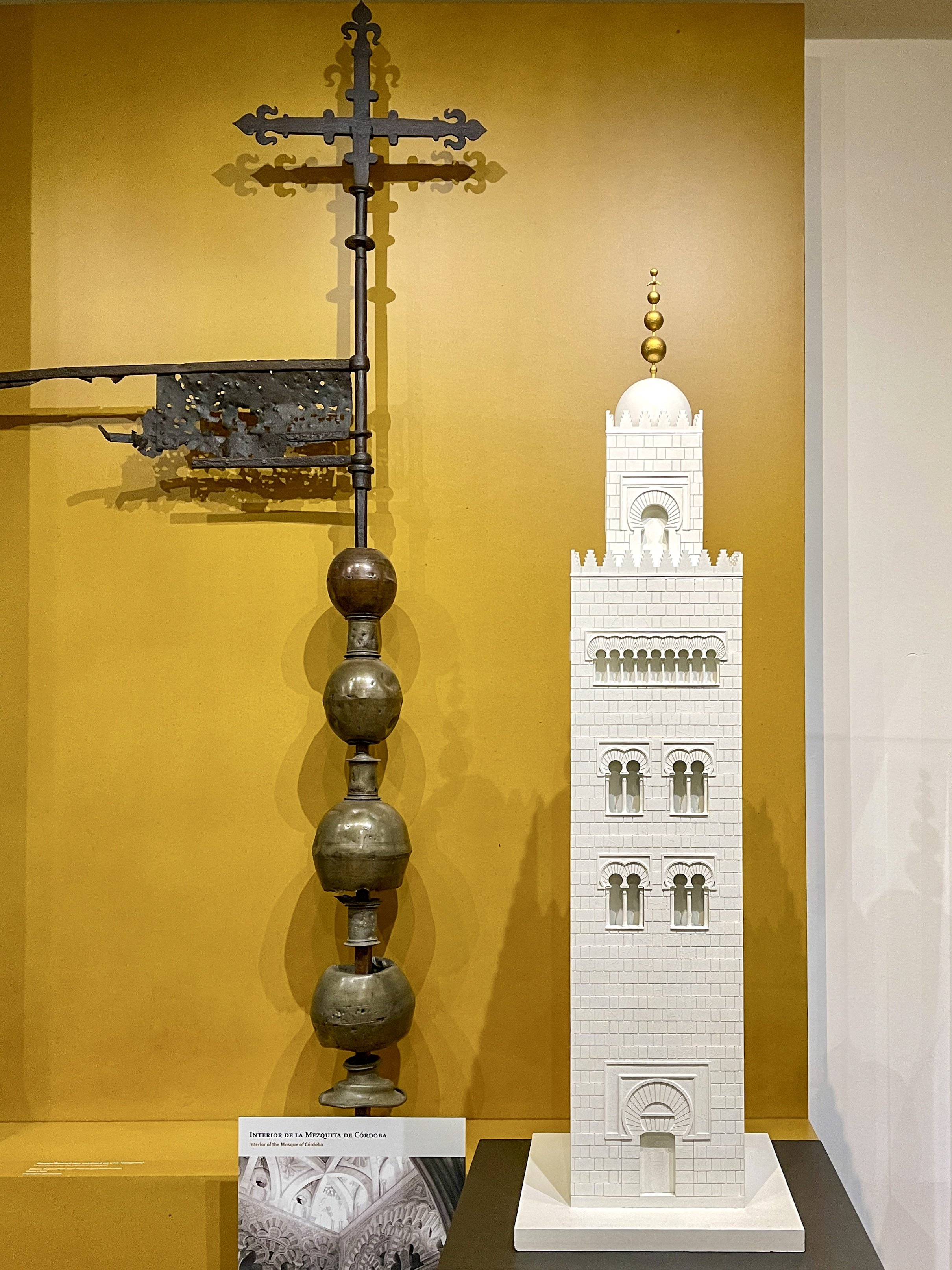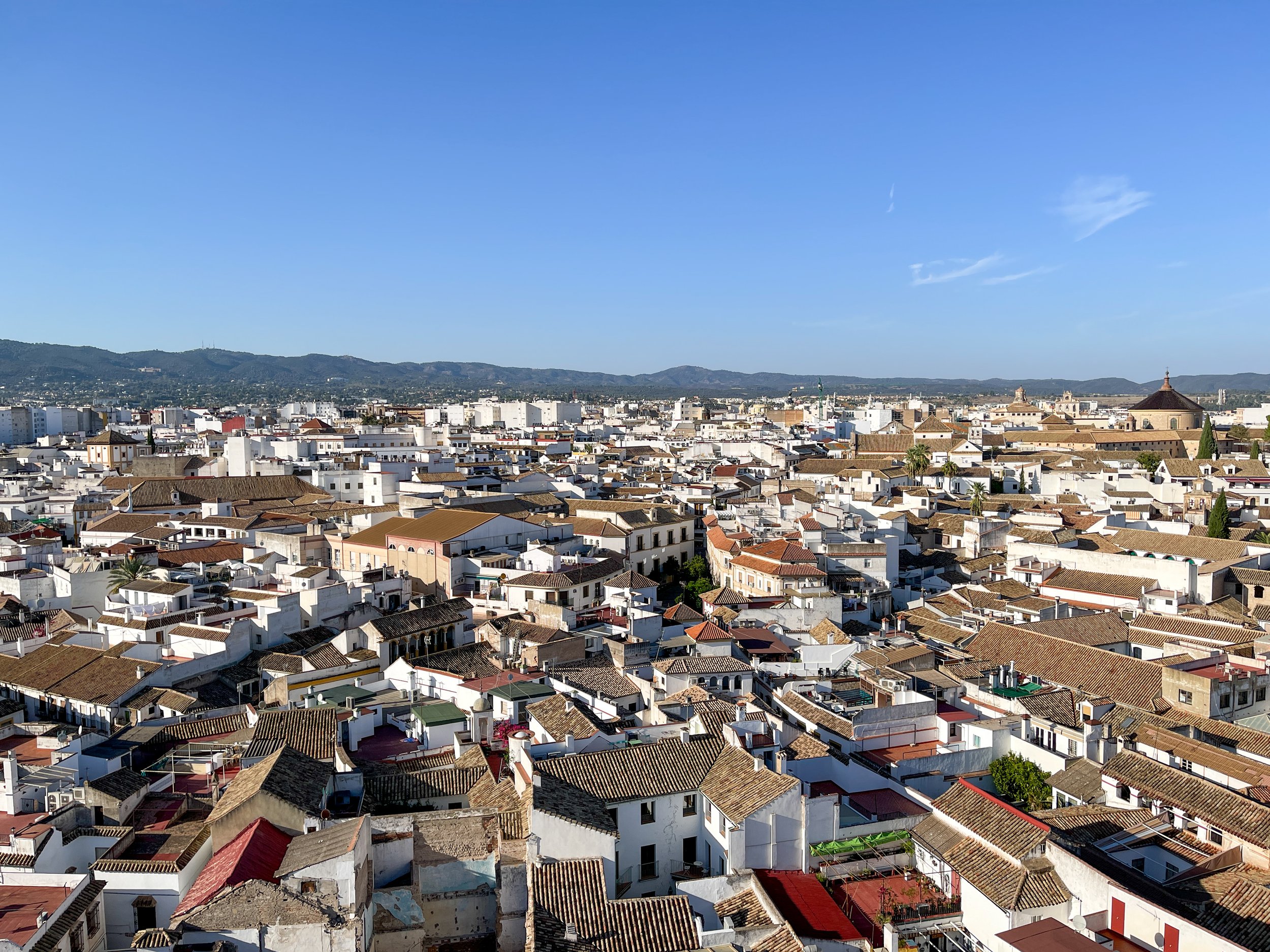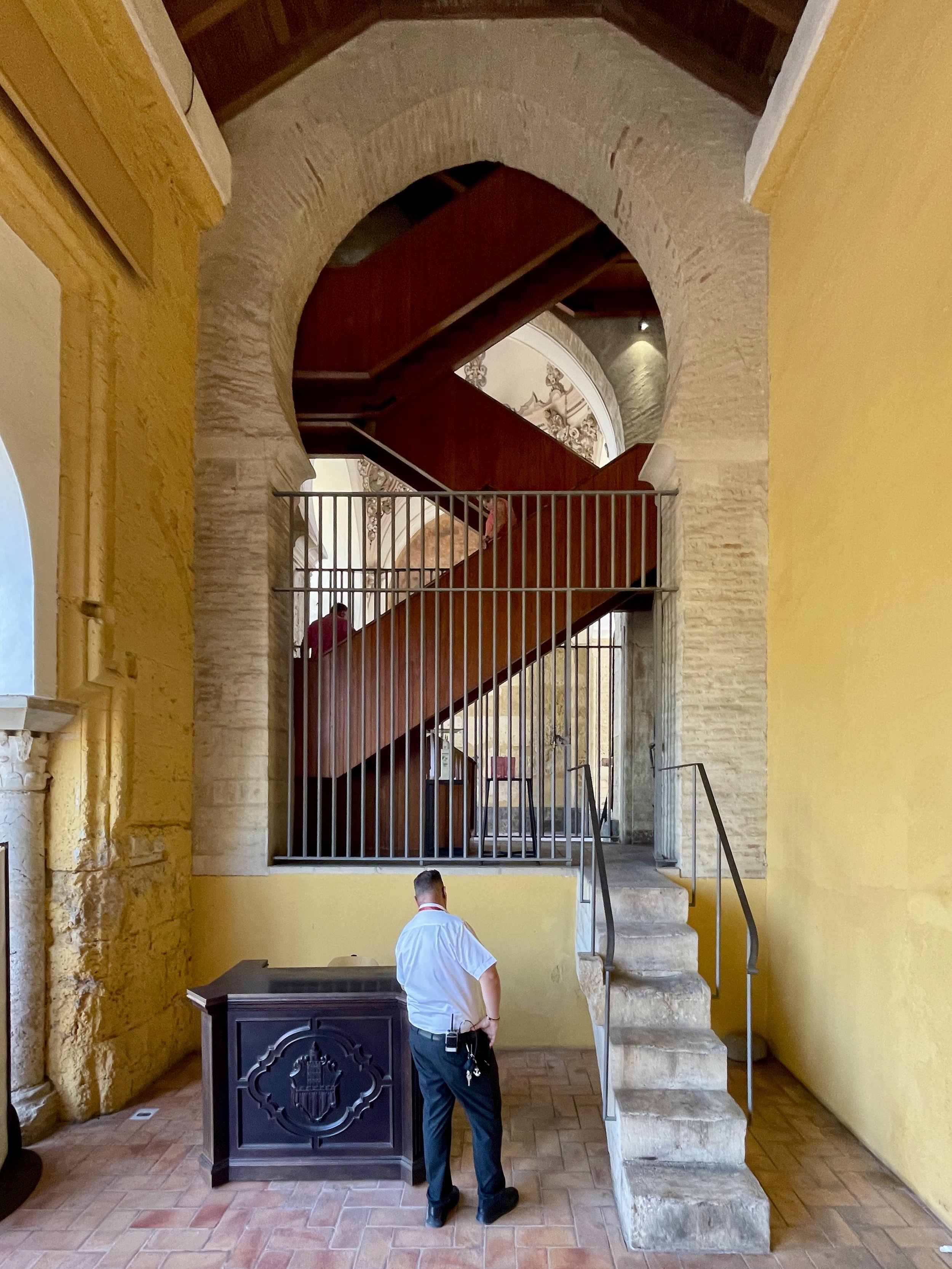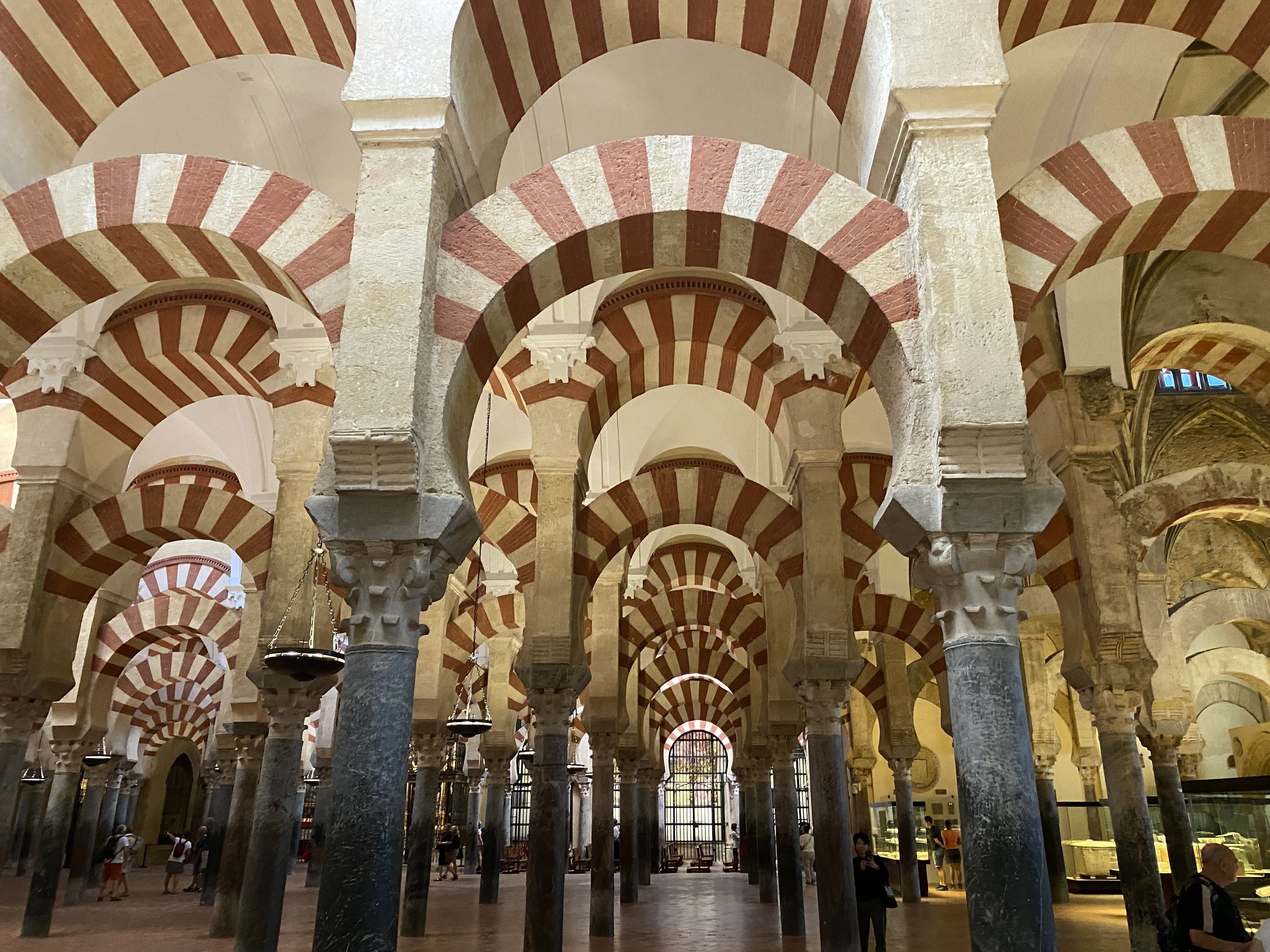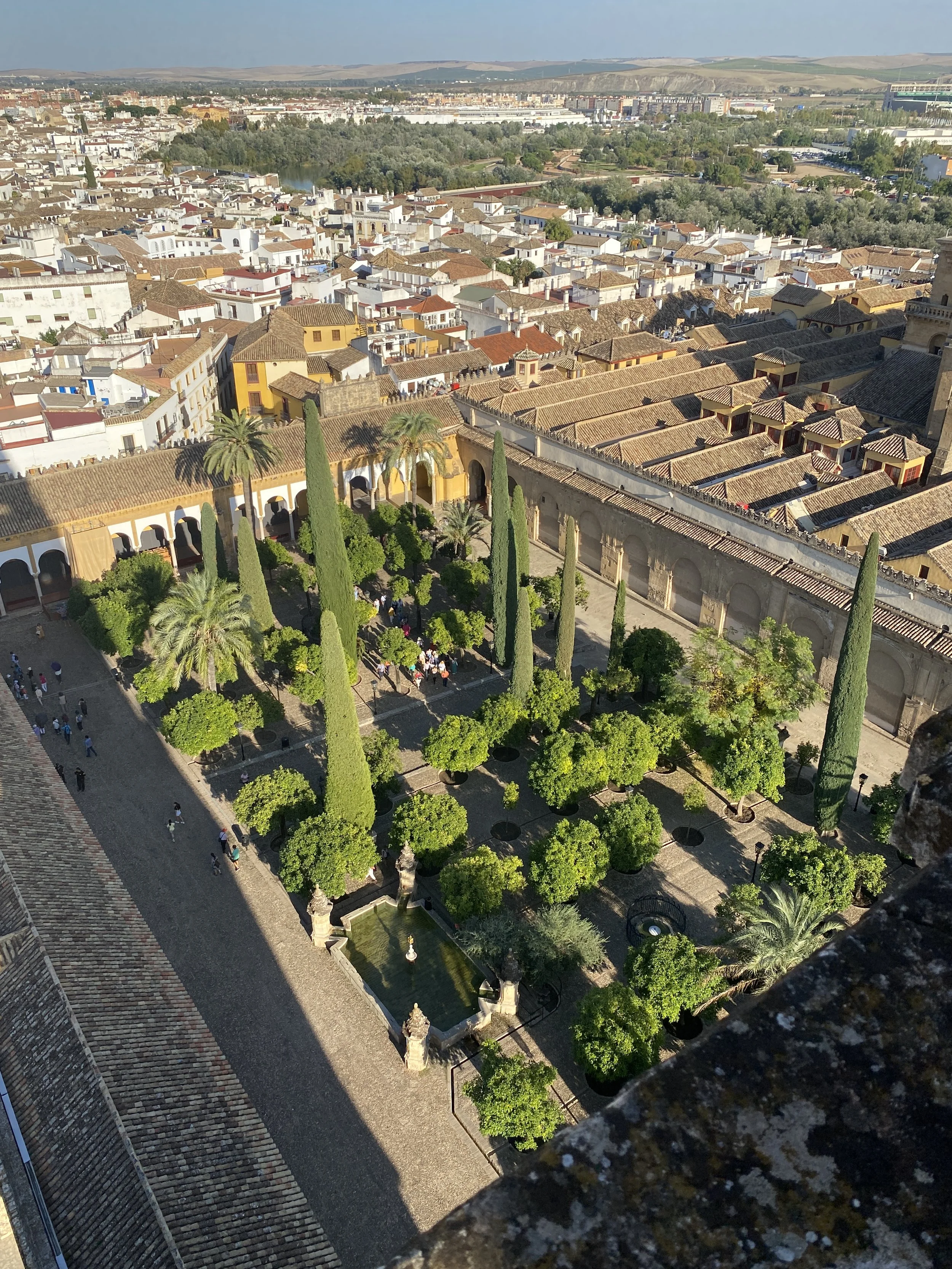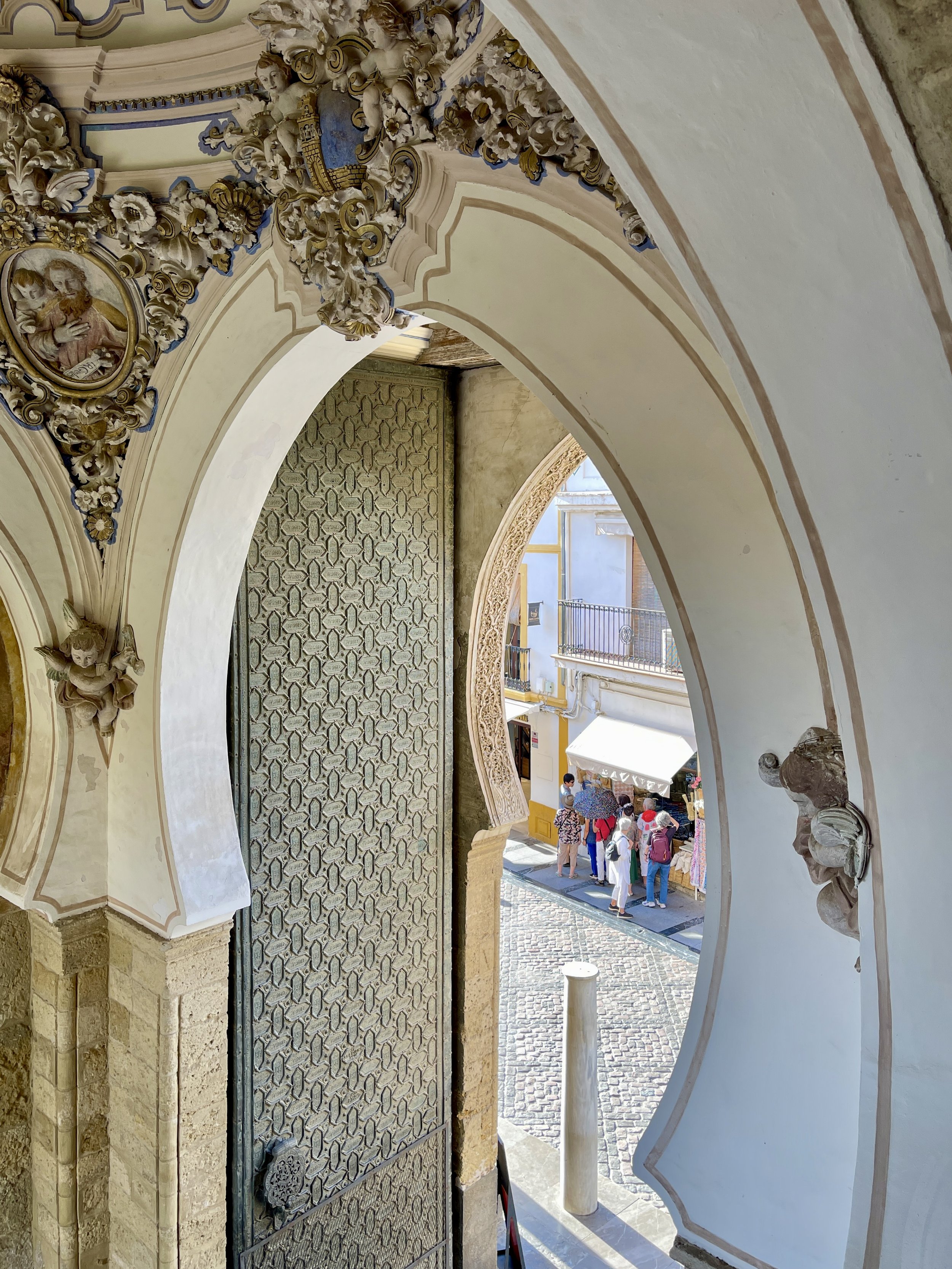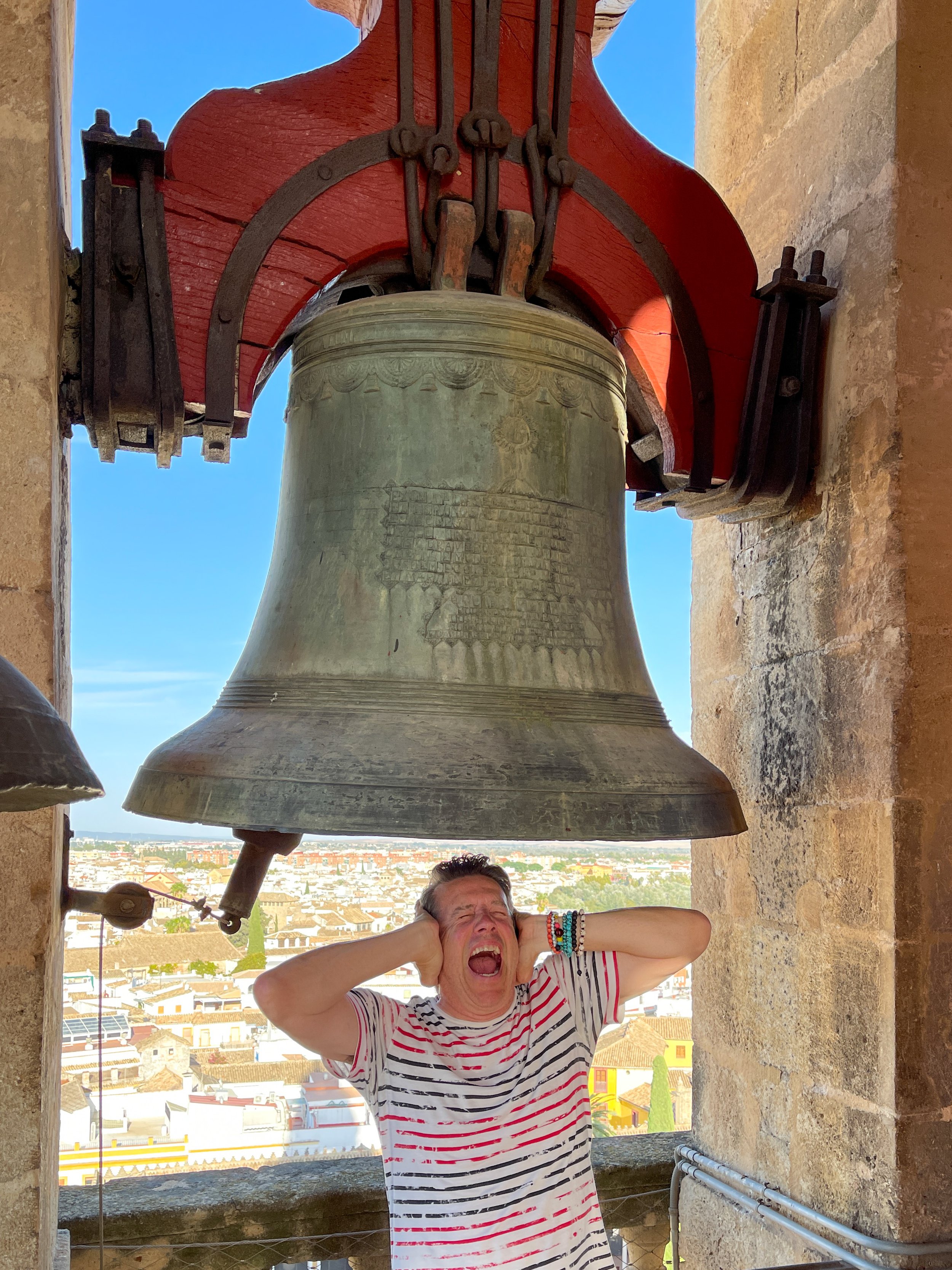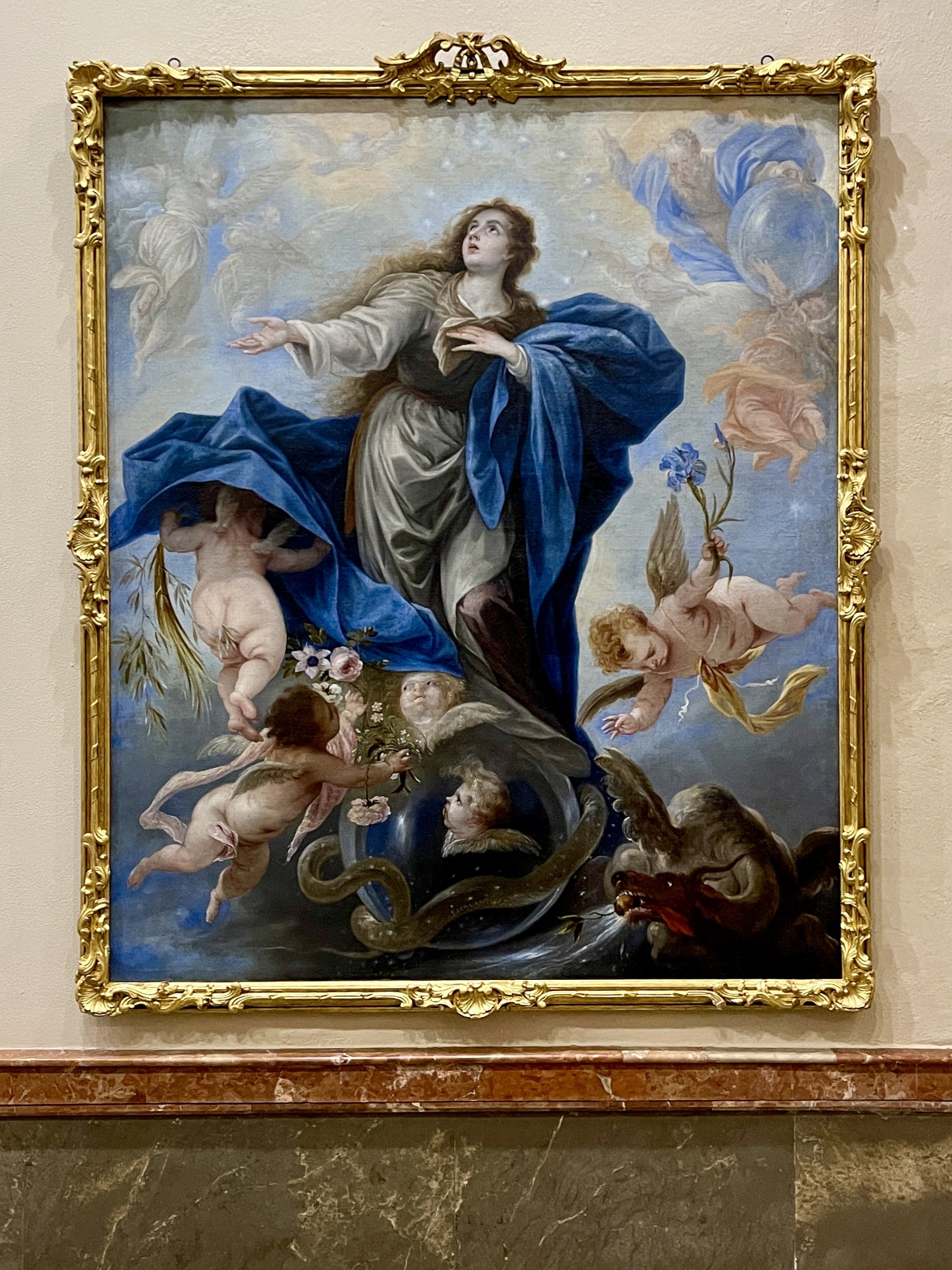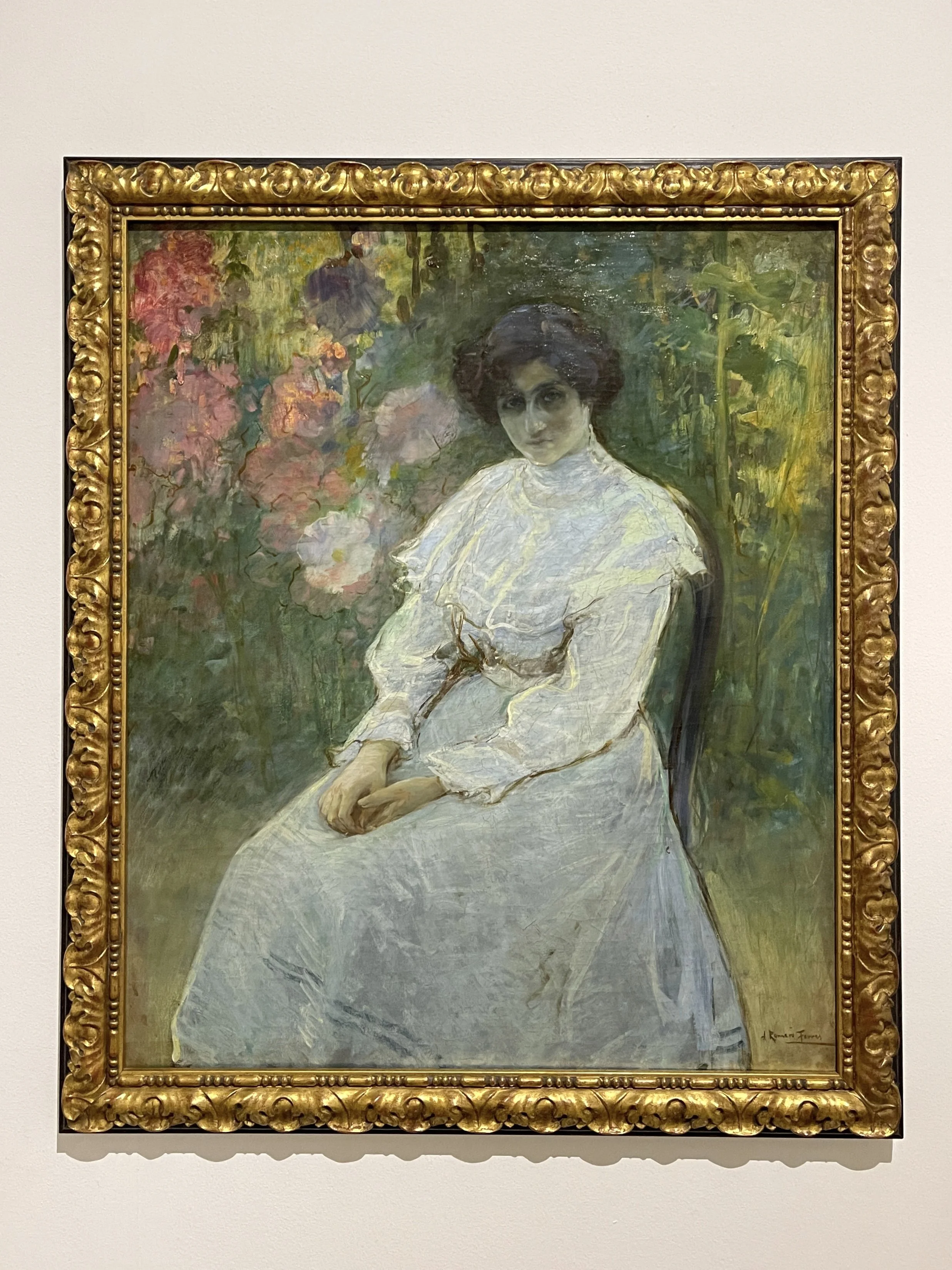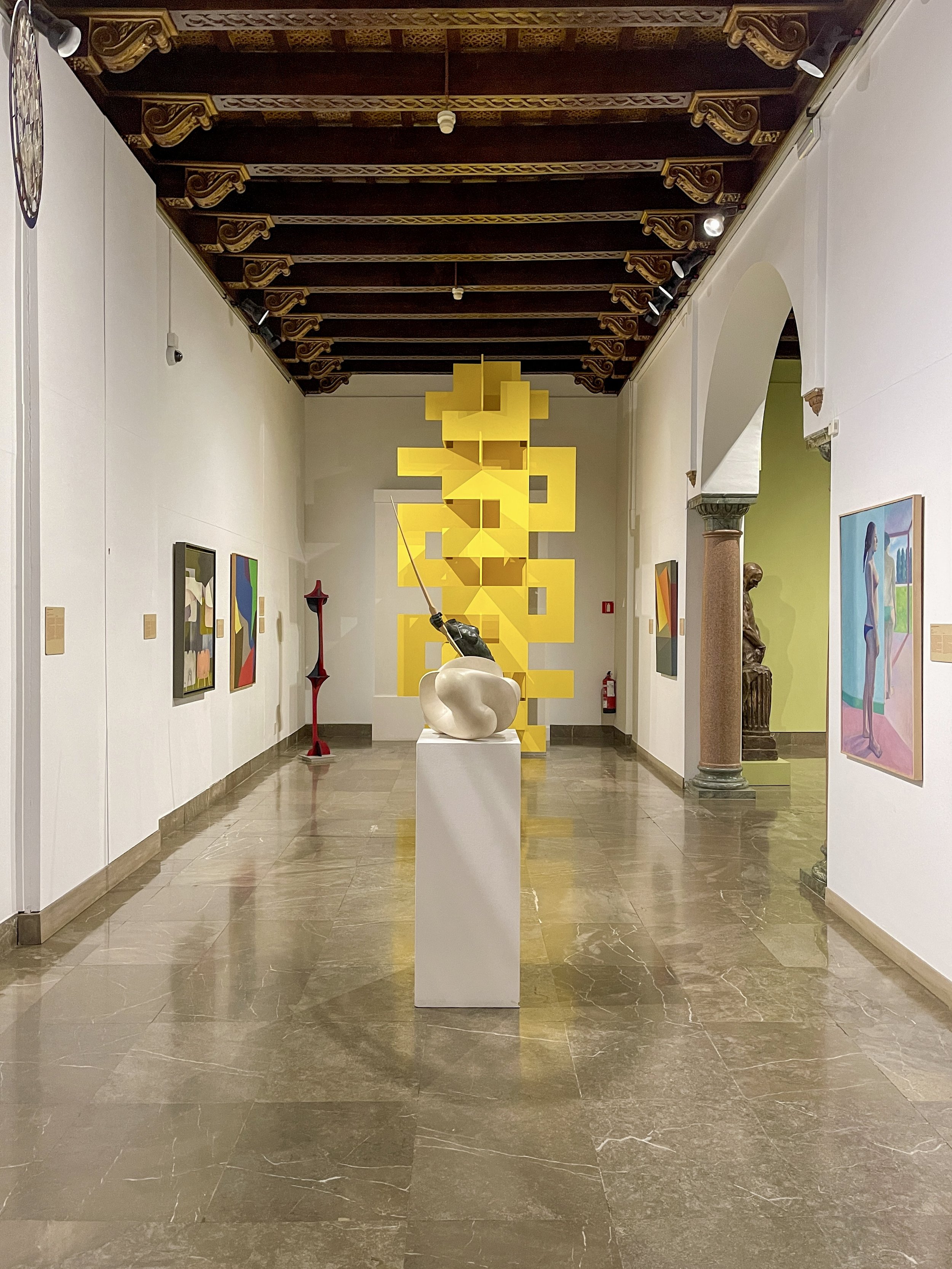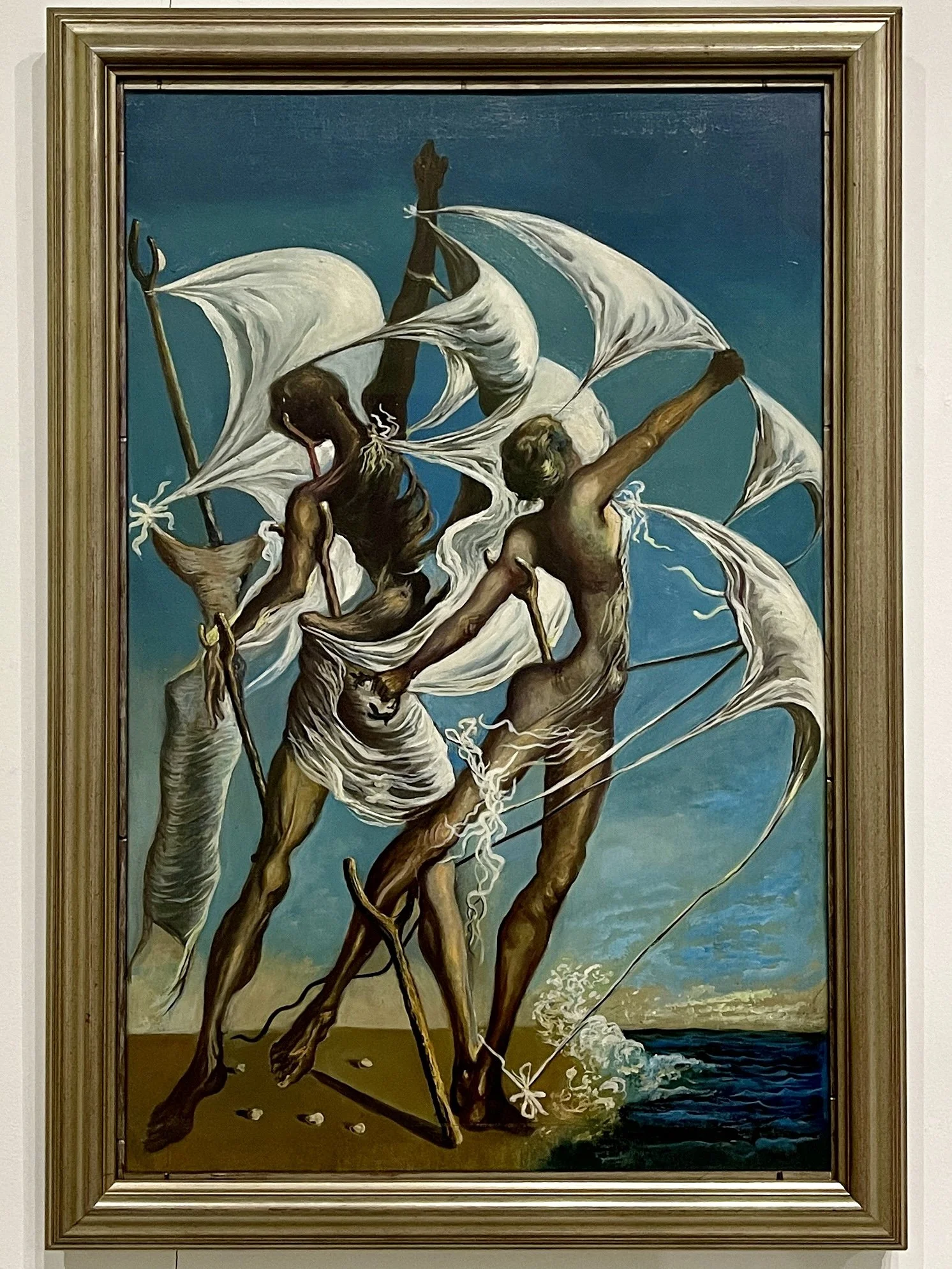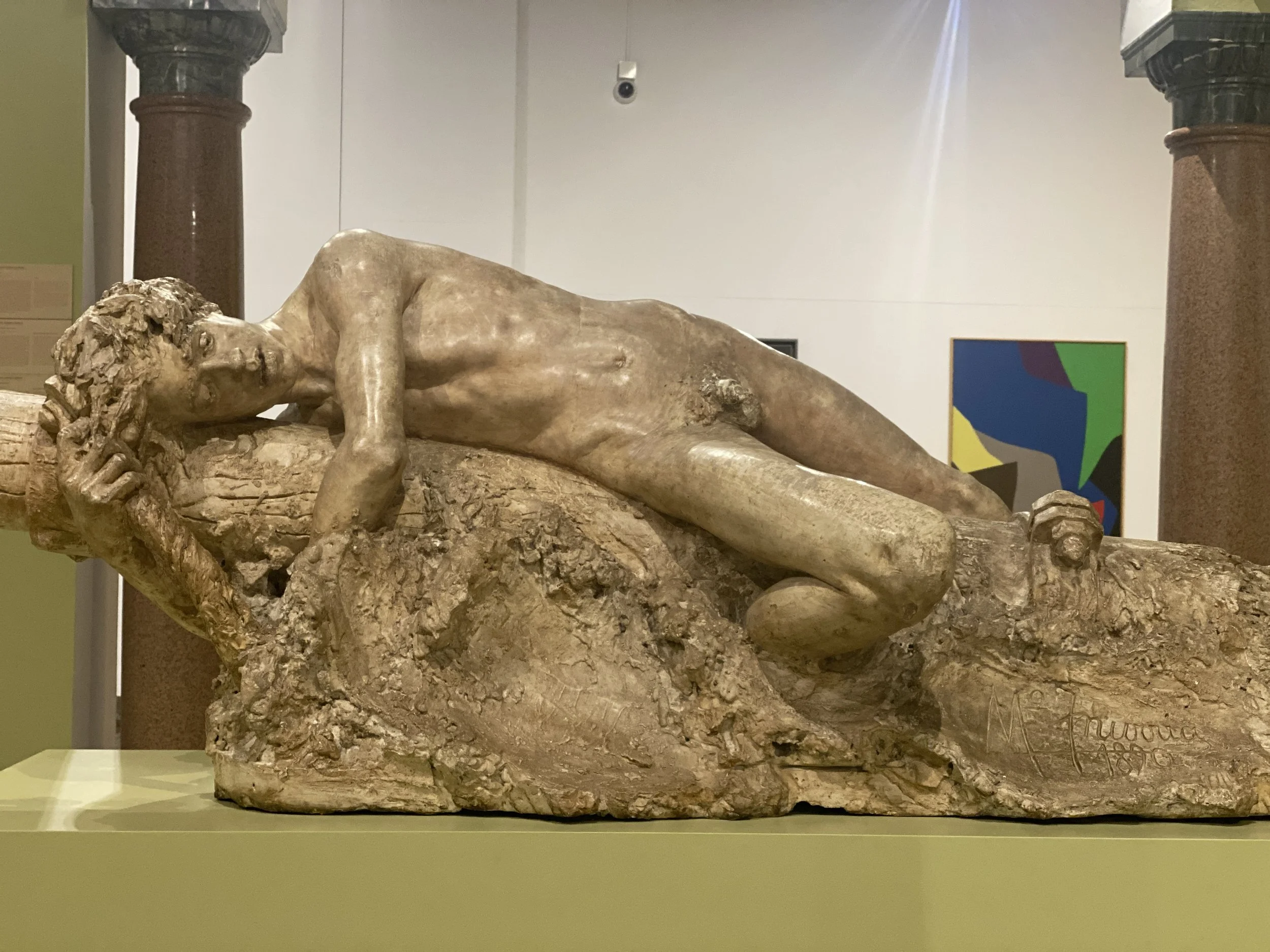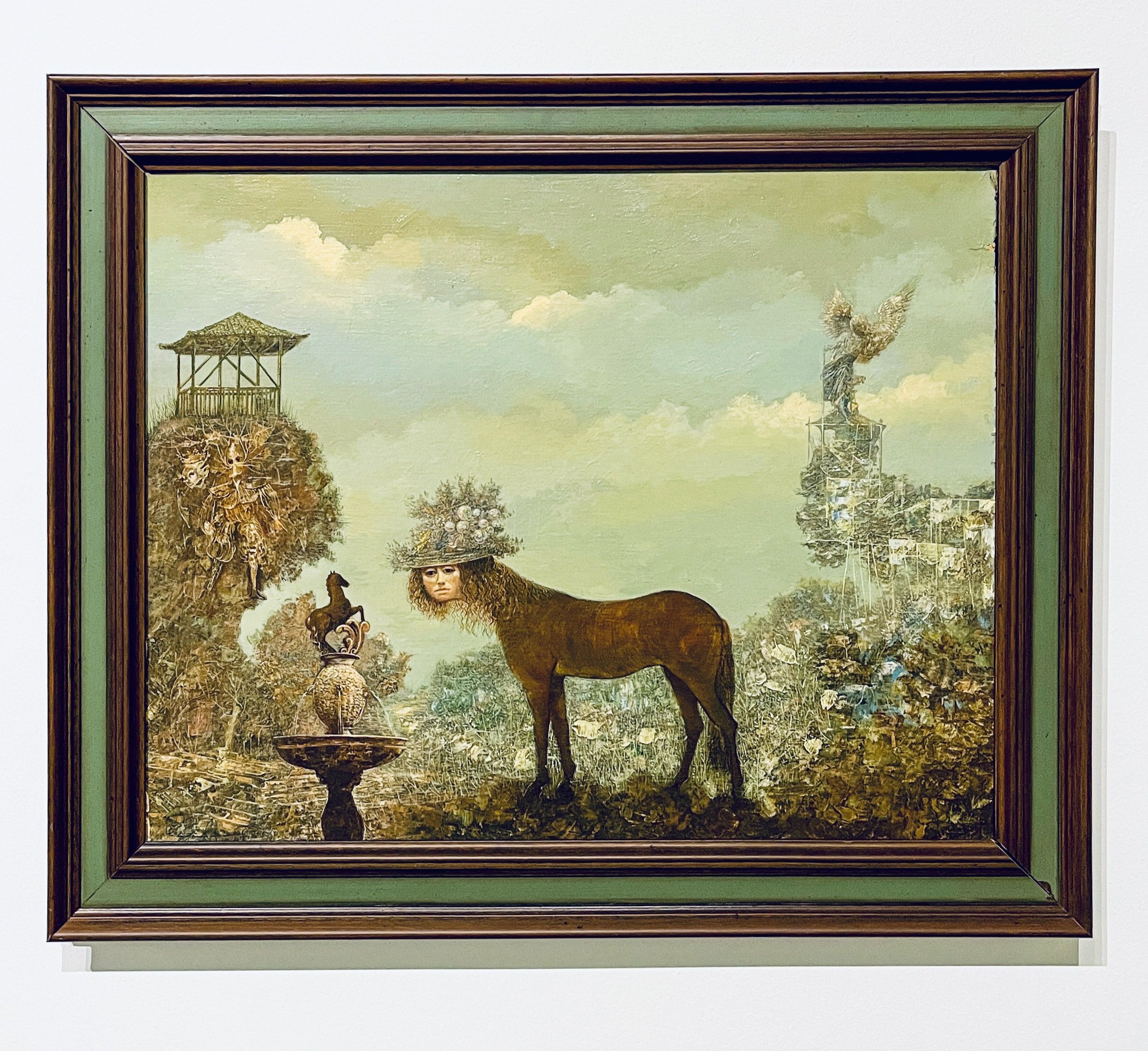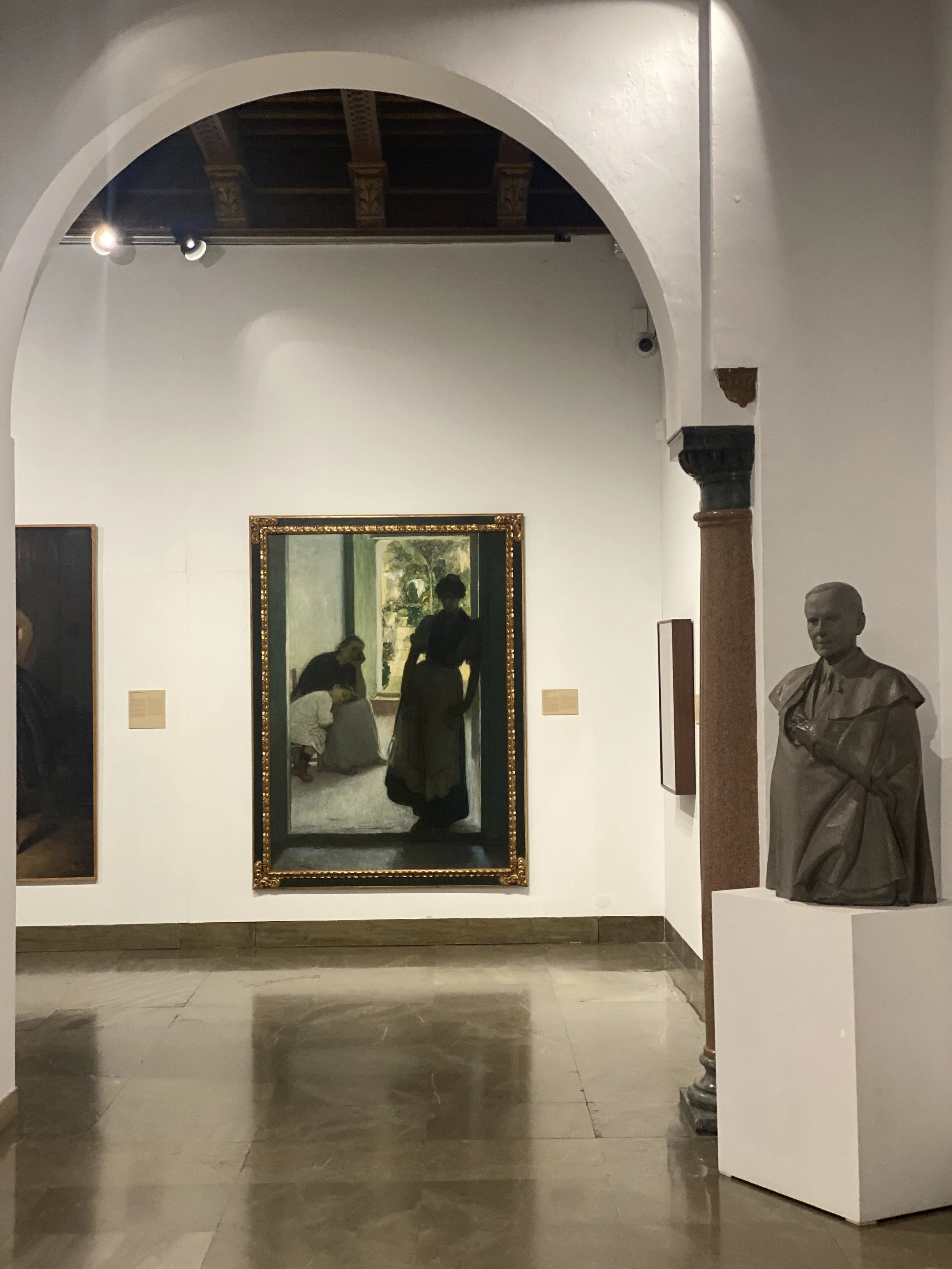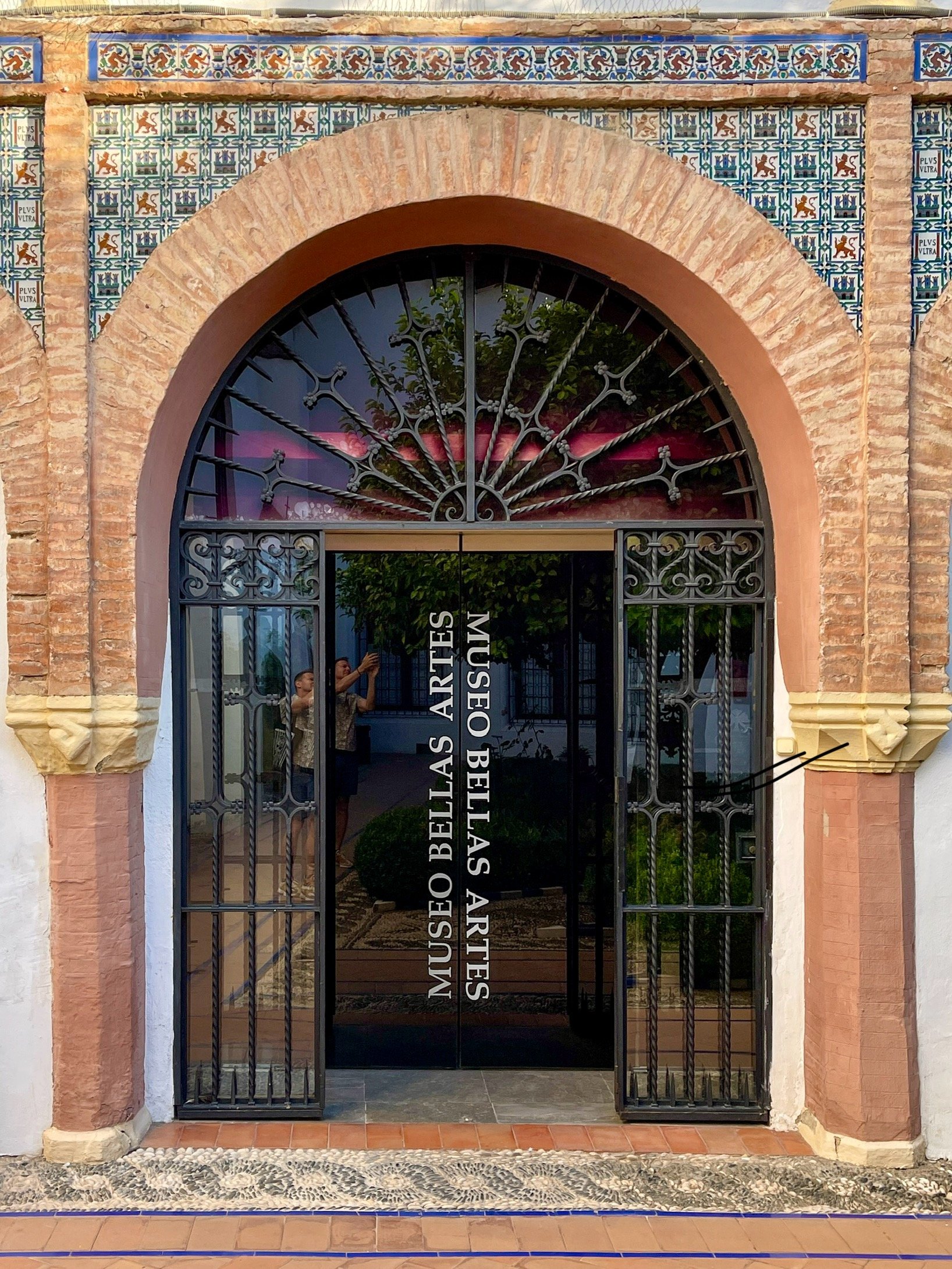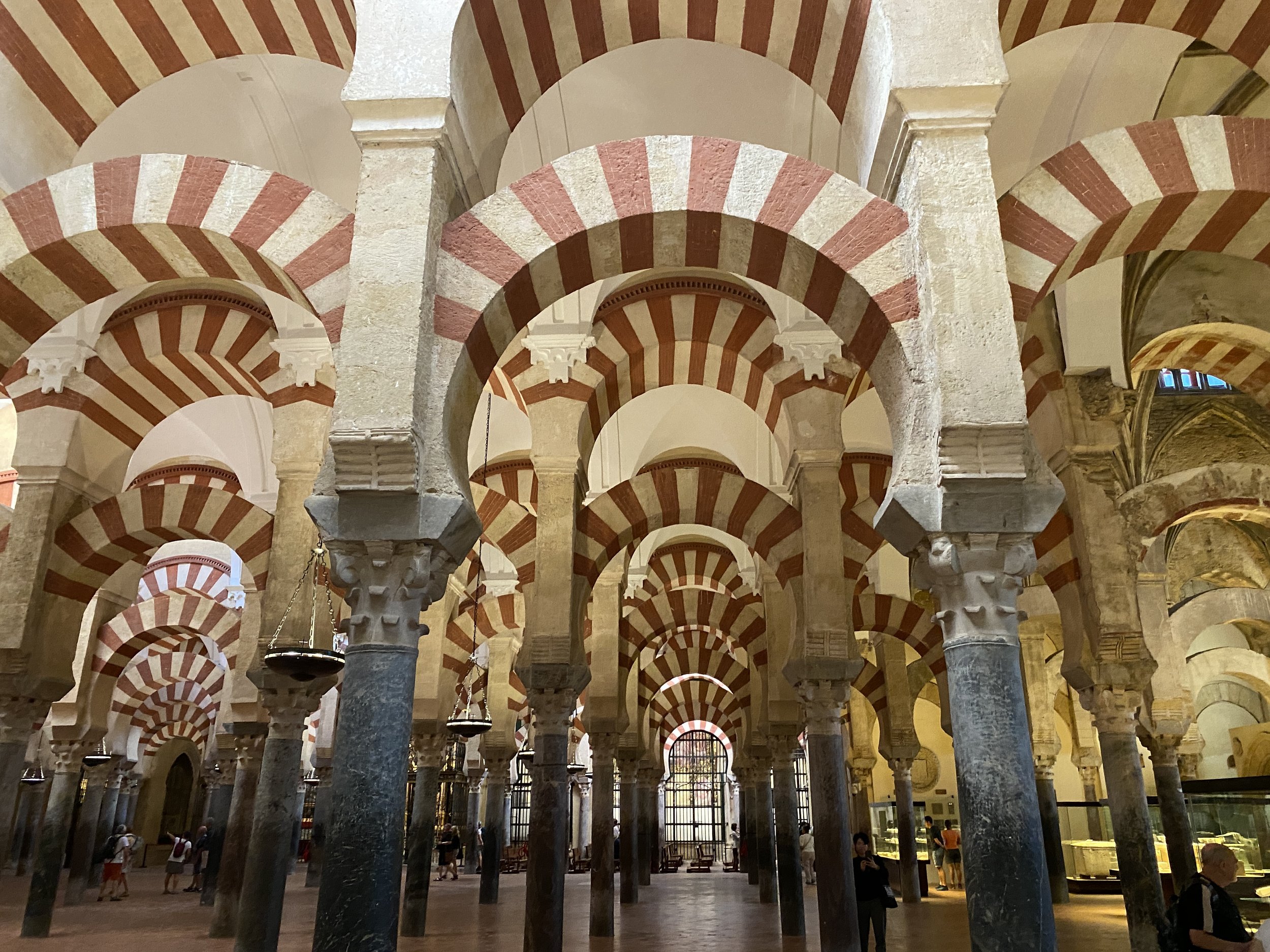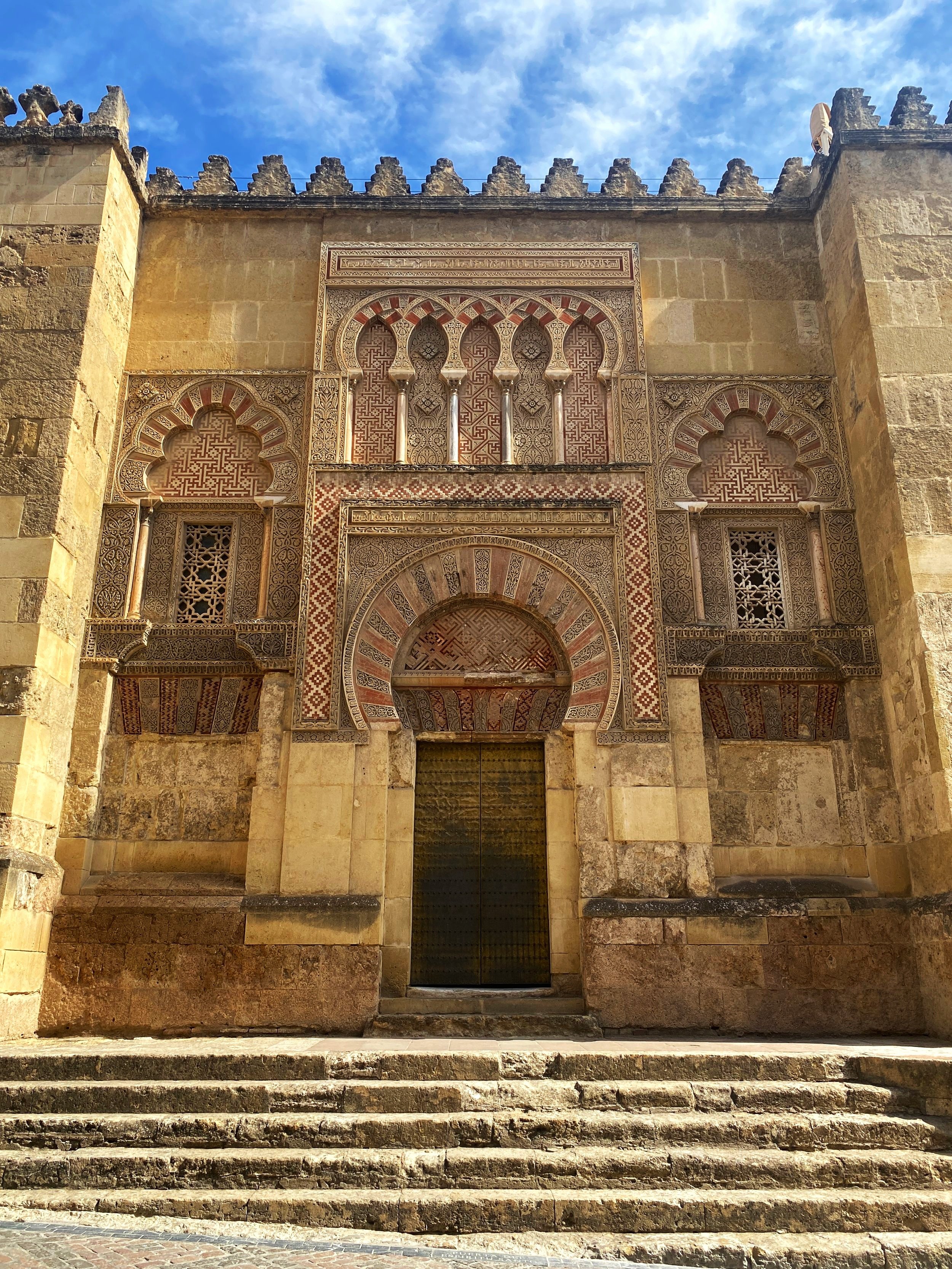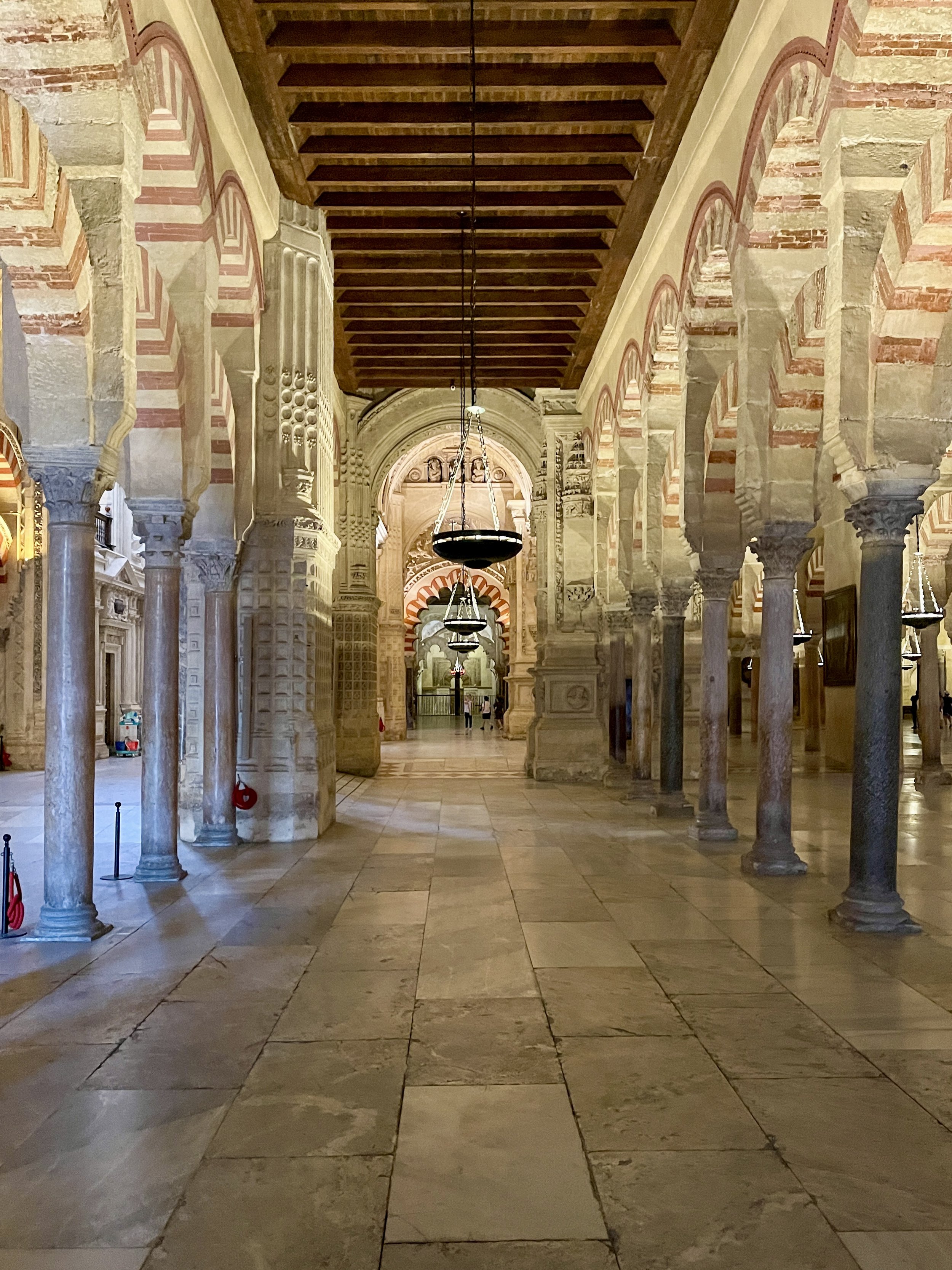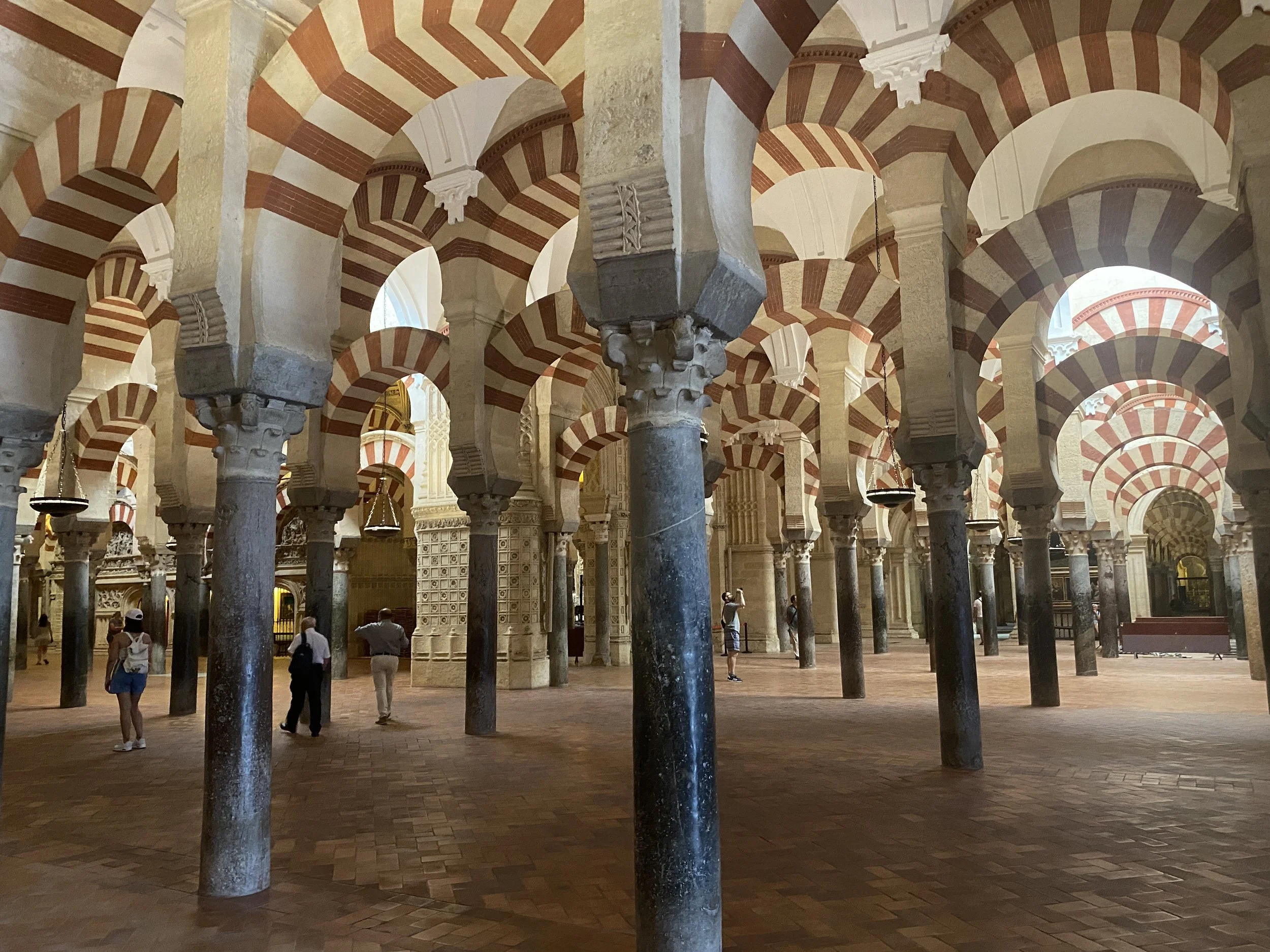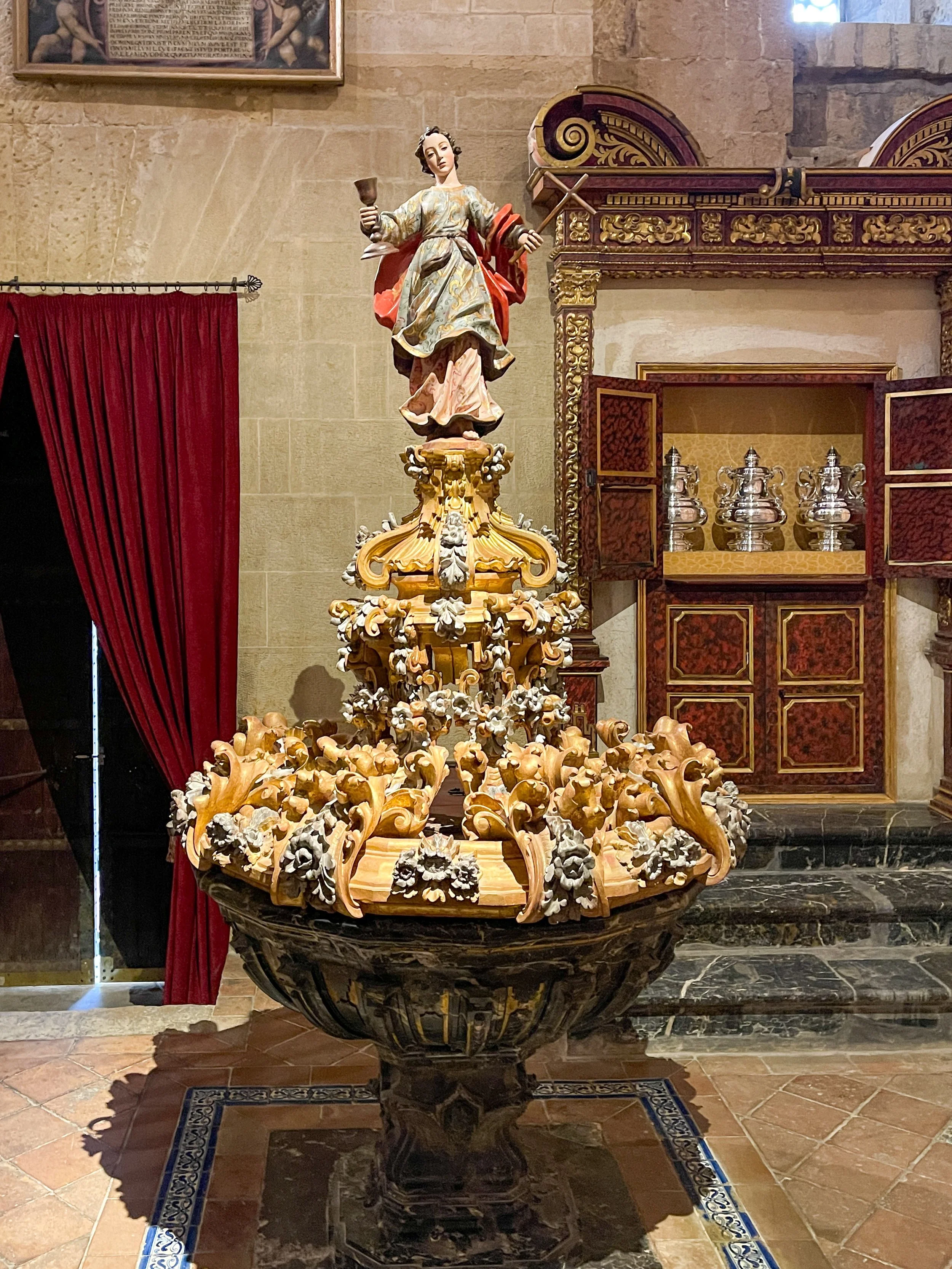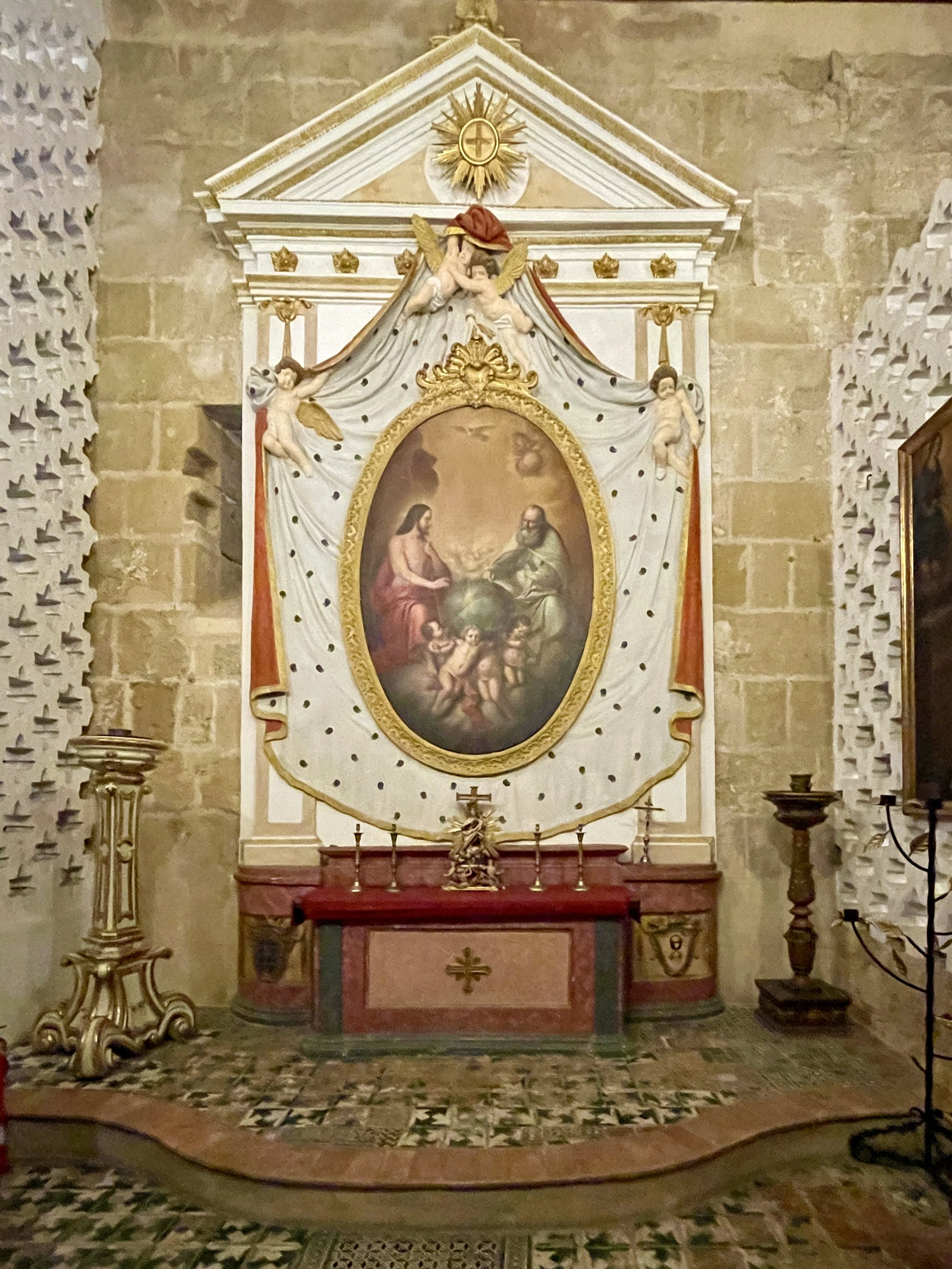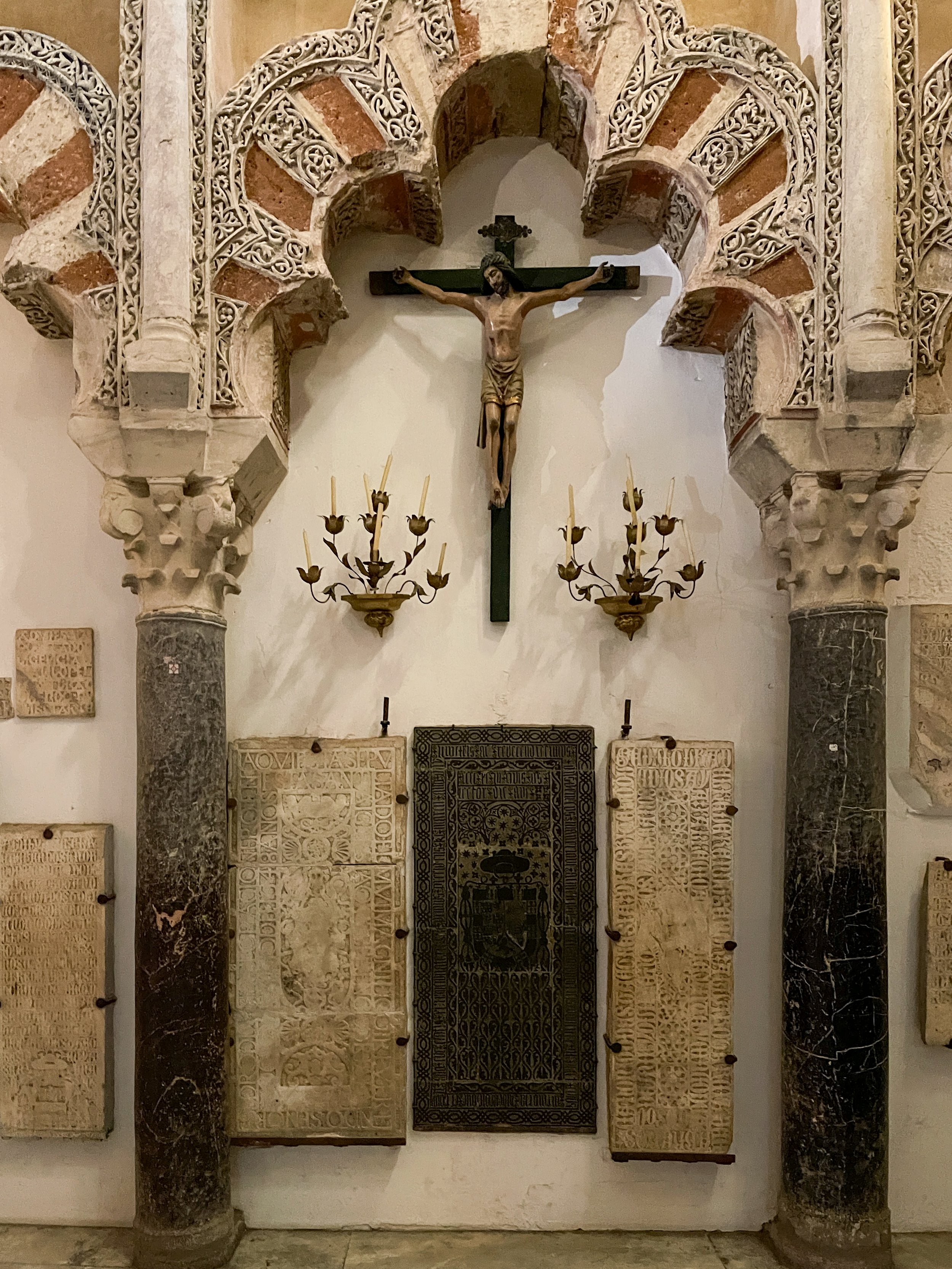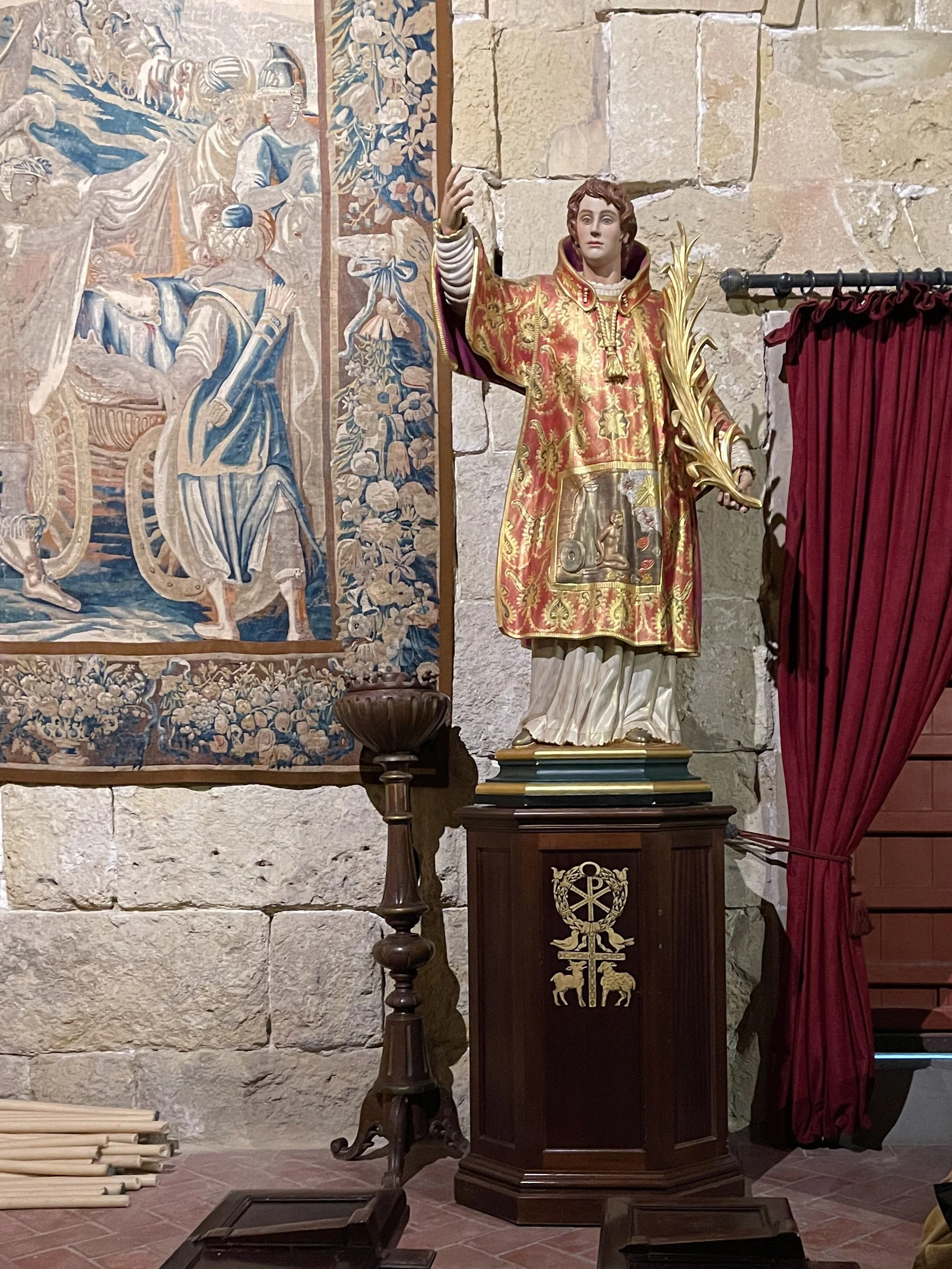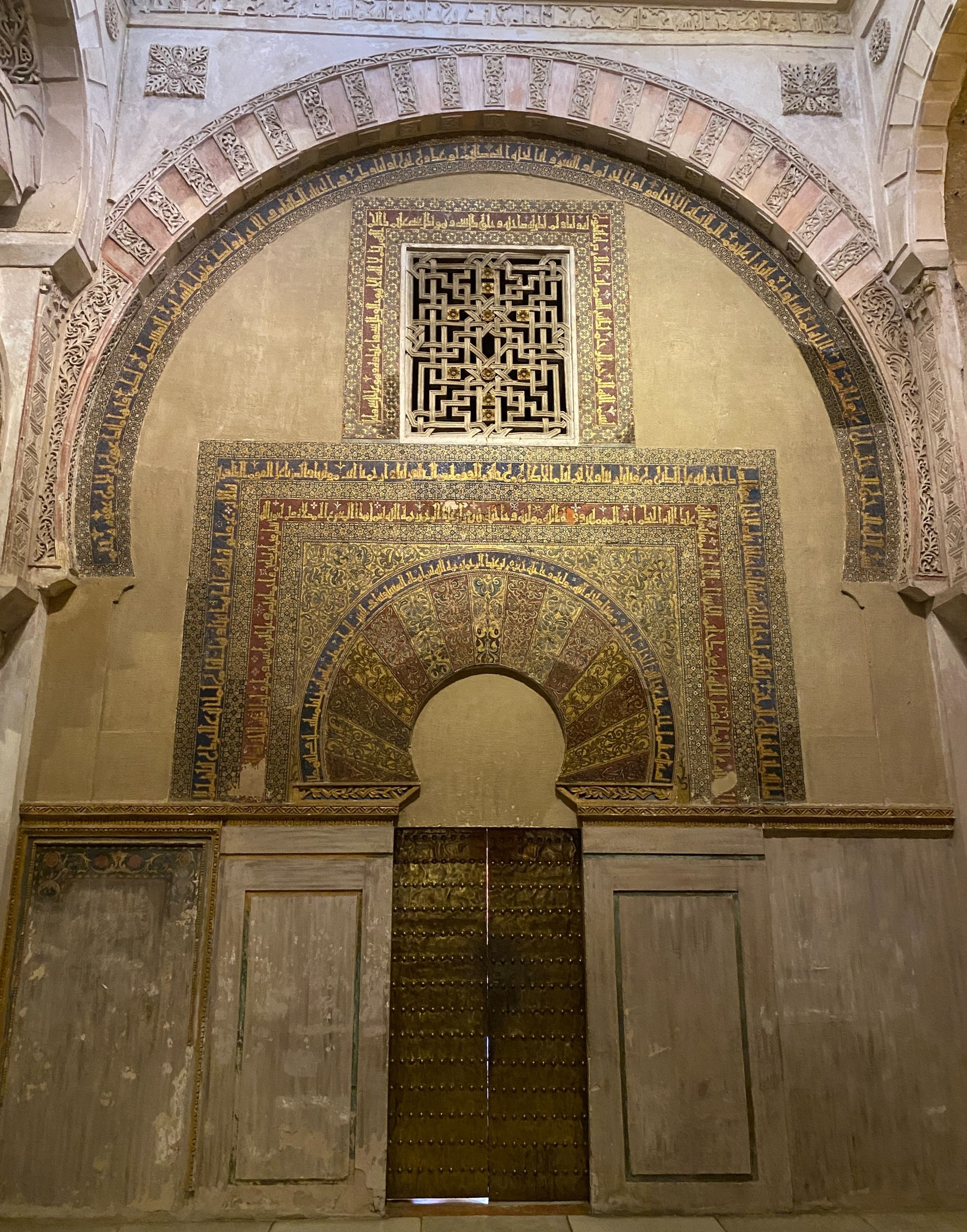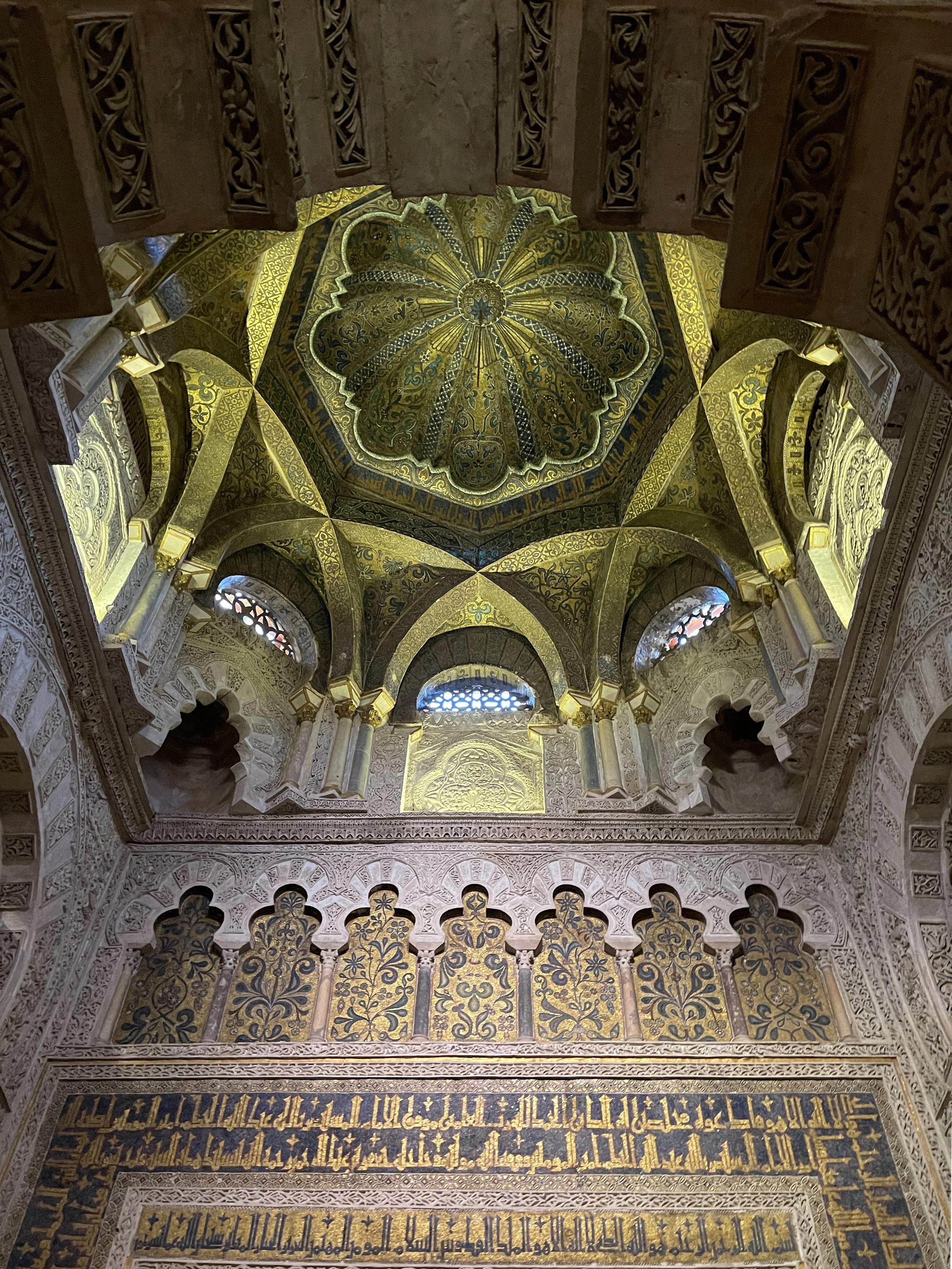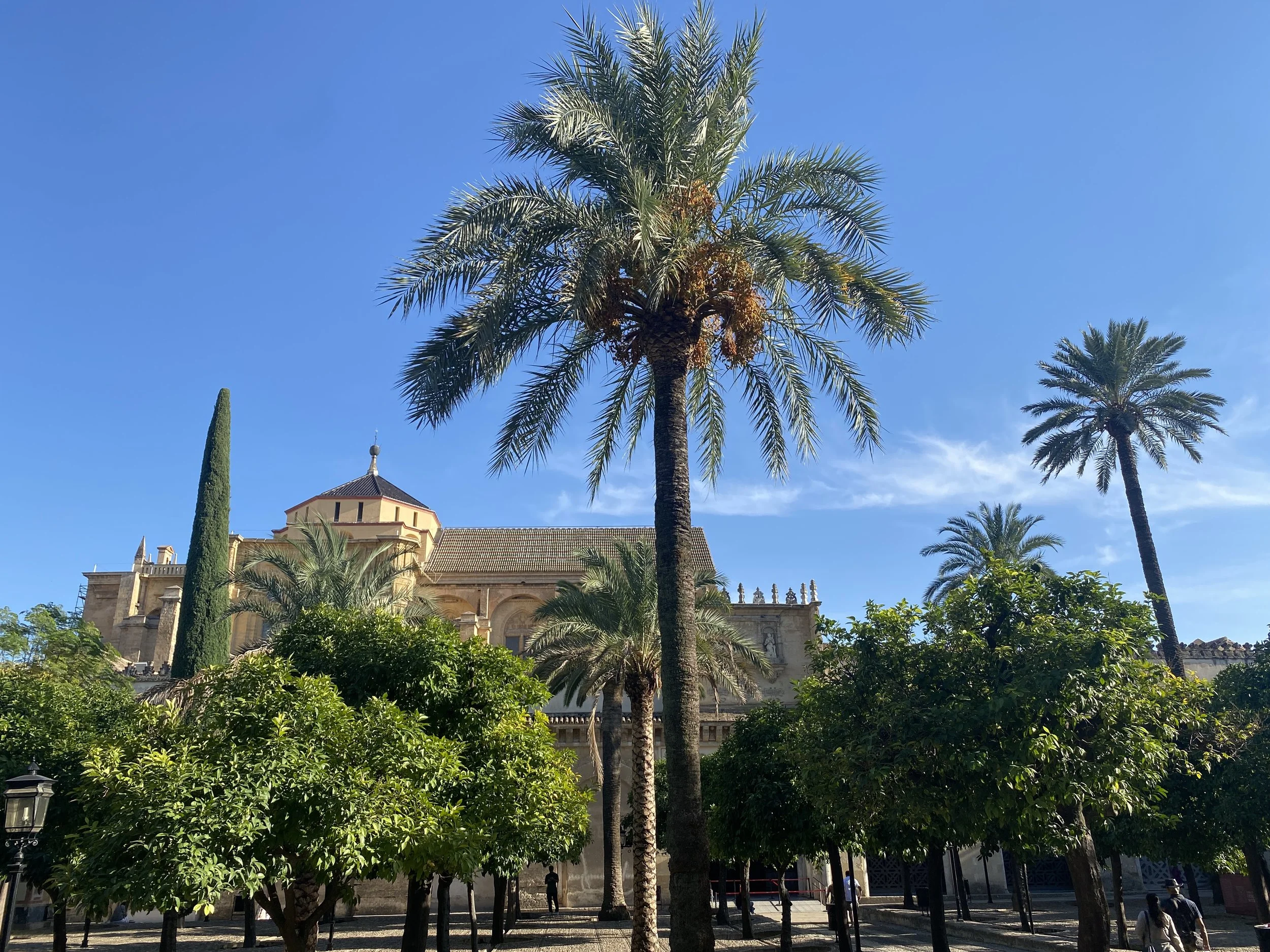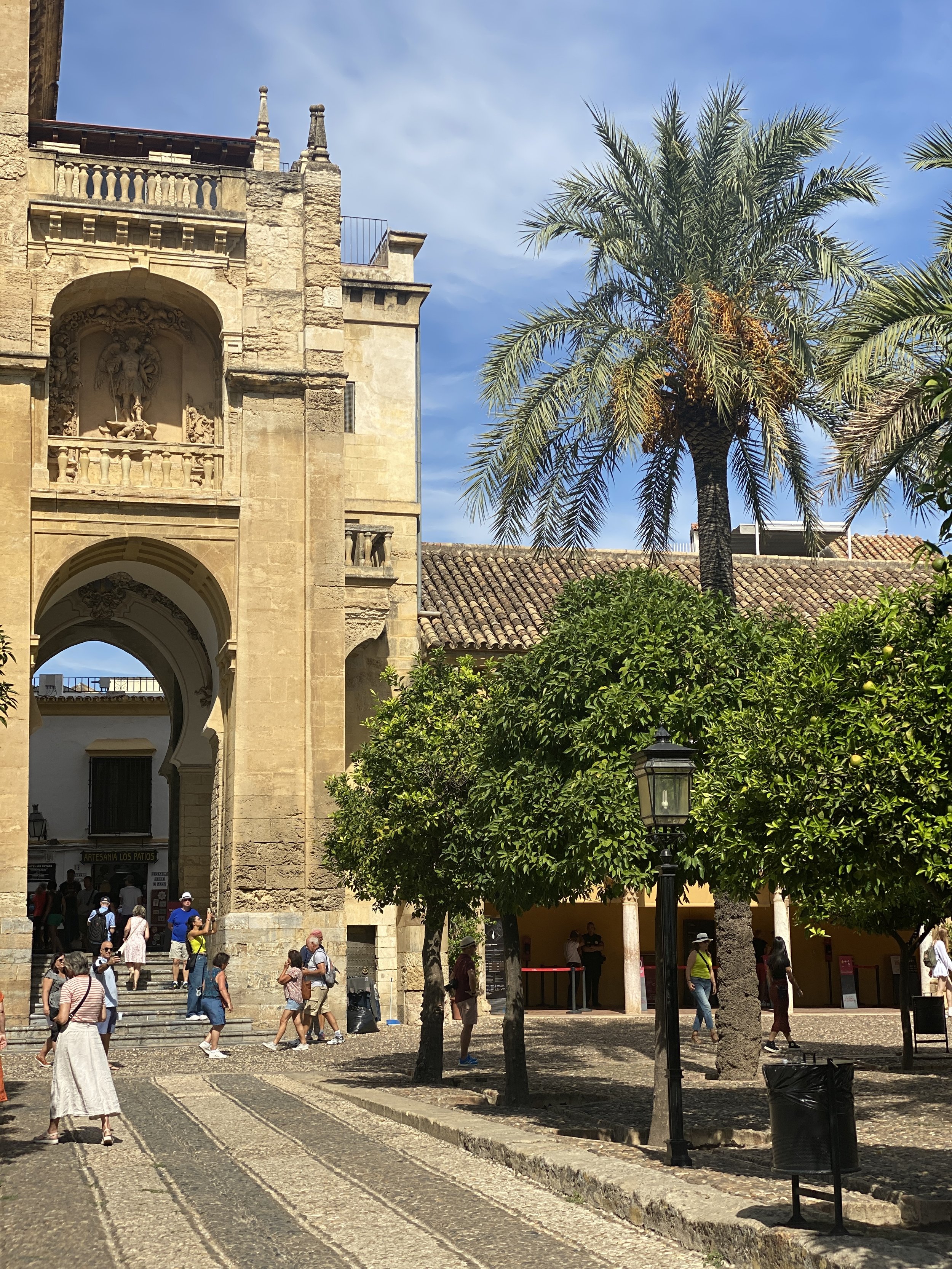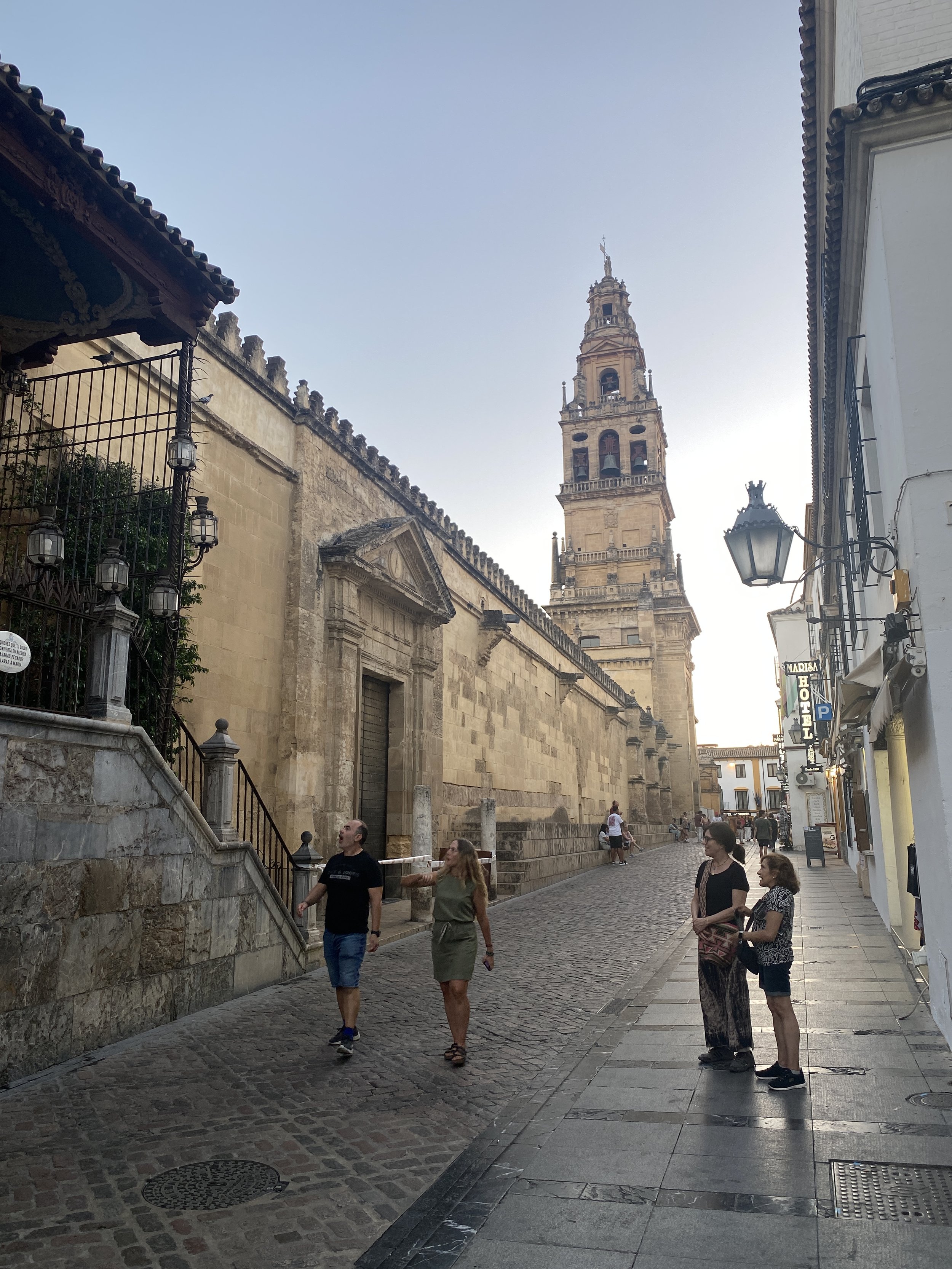Everything you need to know about the futuristic mushroom marvel Metropol Parasol in Plaza de la Encarnación.
One minute you’re walking down one of the shopping thoroughfares of Sevilla, Spain, and the next you come upon a plaza with mesmerizing, undulating woven wooden structures that look like a grove of gigantic mushrooms. It’s as if you’ve stepped into a fairy tale (or a Dr. Seuss book).
That’s exactly why this quirky sculpture, officially named Metropol Parasol, will always be known as Las Setas, or the Mushrooms, to locals and tourists alike. (Sort of like how no one calls the iconic silver sculpture in Chicago by its real name, Cloud Gate — it’s the Bean.)
“It’s as if you’ve stepped into a fairy tale (or a Dr. Seuss book).”
Here are some of the most frequently asked questions about Las Setas.
Why is Las Setas called Metropol Parasol?
Las Setas (aka Setas de Sevilla) is officially named Metropol Parasol. “Metropol” highlights the sculpture’s urban significance and integration into Sevilla’s cityscape, while “Parasol” refers to its umbrella-like structure, which provides much-needed shade in the scorching Andalusian climate.
What is the history of Las Setas in Seville?
The history of Las Setas de Sevilla begins with the need to renovate la Plaza de la Encarnación, which had become neglected. (You’d never know it now, as it’s surrounded by boutique shops and restaurants.)
In 2004, an international competition was held to redesign the square, and German architect Jürgen Mayer’s innovative wooden structure took the prize.
The project, completed in 2011, aimed to revitalize the area by combining modern architecture with the preservation of historic Roman ruins found during construction.
Las Setas de Sevilla is more than just an architectural wonder; it’s a lesson in urban transformation. It’s about taking risks, breaking molds and creating spaces that blend the old with the mind-bogglingly new. Sevilla’s got its historical charms — but Las Setas shows it’s also got its finger on the pulse of modern innovation. The once-sleepy Plaza de la Encarnación is now wide awake.
When was Las Setas built? How long did it take to build?
From groundbreaking in 2005 to its grand opening in 2011, Las Setas’ journey was more of a marathon than a sprint. What accounted for the delays? Blame it on the unexpected yet fascinating archaeological finds beneath its feet. Turns out, building over centuries-old ruins isn’t exactly a walk in the park.
What are the architectural ruins below Las Setas de Sevilla?
Beneath the whimsical wooden canopy of Las Setas lies a treasure trove of ancient history. As the construction for this modern marvel began, builders unearthed significant archaeological ruins, revealing Sevilla’s layered past.
This subterranean wonderland, known as the Antiquarium, showcases remnants from the Roman Empire, including mosaics, pottery and foundations of buildings dating back to the 1st century CE. Visitors can also glimpse traces of a 12th century Islamic Almohad house, bridging Sevilla’s Roman and Moorish eras.
What inspired the design of Las Setas?
Imagine what would happen if the vaults of the Seville Cathedral and local ficus trees had a baby. That’s Las Setas for you — a unique design that not only catches the eye but also connects nature to urban life.
Mayer wanted the sculpture to be not only striking but functional. “How do you approach a space that’s supposed to become the revitalized heart of a city?” he asked in 032c magazine. “The biggest asset that one can have, for three quarters of the year, is shade. So we tried out different geometric ideas, and in the end we decided on these circular elements that counter and respond to the variables of the square in a flexible way. It doesn’t seem rigid.”
What is Las Setas made of?
Las Setas de Sevilla is made of laminated timber. It holds the honor of being the world’s largest wooden structure, crafted of pine from Finland and coated with polyurethane for durability.
The intricate honeycomb design consists of wooden lattices draped over columns. More than 3,400 wooden and concrete pieces were fit together like a gigantic jigsaw puzzle.
Who knew a bunch of wood planks could look so cool?
How much did Las Setas cost to build?
The construction of Las Setas de Sevilla cost about 100 million euros — ballooning significantly from its original €86 million budget. This substantial investment covered the innovative design, the use of high-quality laminated timber and the various facilities housed within the structure, including an archaeological museum, a market and event spaces.
Can you go to the top of Las Setas in Seville?
Yes, you can go to the top of Las Setas.
An elevated 380-yard (350-meter) walkway allows you to saunter around and through the parasols, offering dizzying views of Sevilla’s classic rooftops and plazas. The walkway culminates at the topmost mushroom cap, almost 80 feet (24 meters) high, featuring a viewing platform where you can pretend you’re royalty surveying your kingdom below.
Visitors can access this area via elevators housed in the concrete columns of the structure.
How can I buy tickets for Las Setas de Sevilla?
Ready to explore this mushroom wonderland? Tickets to visit the top of Las Setas start at €5 (free for kids under 6), with options to add a sprinkle of virtual reality or a dash of audio guide to your experience for €3 each.
You can buy them online, or onsite in the lower level.
What are the opening hours of Las Setas?
Las Setas de Sevilla is open from 10 a.m. to 11 p.m., making it the perfect spot for both early birds and night owls. Just keep in mind it’s closed on major holidays — because even mushrooms need a day off.
Where to eat at Las Setas?
The dining options at and near Las Setas de Sevilla are as eclectic and exciting as the structure itself. Here’s a rundown of some spots that range from casual bites to more refined dining:
1. La Mala Brunch: Located right under Las Setas, this gem serves up Mediterranean and healthy bites for a casual brunch or tapas session. Think avocado toast (with oversized wooden mushrooms).
2. Ibericos Vera: Right inside the Mercado de la Encarnación, this stall offers traditional Spanish tapas. Good for a quick, delicious bite.
3. Cervecería La Sureña: Serving up cuisine from the South of Spain, this bar is great for an affordable lunch or evening drinks with a killer view.
4. Tropiqual: Tired of tapas? If you’re craving sushi or steak, this upscale option works for when you’re feeling a bit fancy.
5. La Gorda de Las Setas: Offering Mediterranean and Spanish dishes, this spot is perfect for enjoying tapas with a side of architectural awe.
6. LaSanta: A short walk from Las Setas, this spot serves international and Mediterranean dishes in a casual setting.
7. Burro Canaglia Bar & Resto: Dishes up Italian food in a stylish atmosphere. Perfect for when you’re wanting pizza or pasta.
8. Patio San Eloy: A casual bar serving tapas. Great for a budget-friendly yet tasty meal.
9. Doña Encarna: This chic spot offers traditional local fare that’s even better than your abuelita makes.
10. Virgen Coffee: The best place to grab a quick coffee break, making some of the best lattes in Seville.
11. Tablao Flamenco Las Setas: Combine your meal with a show. Enjoy live flamenco performances along with signature cocktails and traditional Andalusian flavors for an immersive cultural experience.
What’s there to do at Las Setas besides enjoying the view?
Really, Las Setas de Sevilla is a cool urban square to hang out in, people-watch or read on a bench. Children ride bikes and clamber about the small playlot.
But beyond its spectacular views, Las Setas is a treasure trove of history with the Antiquarium, where ancient Roman and Moorish artifacts are displayed. Tickets are €2.
And don’t miss the light show — a nightly spectacle that turns the structure into a glowing piece of rainbow-hued art.
Where is Las Setas located in Seville?
Las Setas is in the Plaza de la Encarnación, a central square in Sevilla. It’s about a 10-minute walk due north of the cathedral.
What events are held at Las Setas in Seville?
Las Setas hosts a variety of events throughout the year, including cultural performances, art exhibitions, concerts and markets. The elevated plaza and the shaded areas below are versatile spaces used for different types of public and private events, making it a vibrant community hub in Sevilla.
Why was Las Setas controversial?
Las Setas didn’t sprout superfans overnight — it also grew a fair share of controversy. Critics argued that its modern design clashed with Sevilla’s historic aesthetic. Plus, the project’s high cost — rumored to hit the €100 million mark — didn’t sit well in a country there the economy was taking a siesta.
And the local Muslim community thought the Mushrooms looked a bit too phallic for their tastes.
Despite the initial pushback, Las Setas has ripened into a beloved icon of the city, showing that even the most divisive fungi can find their fan base.
Las Setas: Sevilla’s Fungal Fantasia
So, there you have it — Las Setas in a nutshell. It’s weird, wonderful and unapologetically Sevilla. Whether you’re a history buff, an architecture enthusiast or just someone in search of the perfect Instagram backdrop, Las Setas is a can’t-miss spectacle. –Wally

